Shahrokh Dini & Illinois release ‘Inner Core For Love’ (Omer Tayar Remix)
Omer Tayar is a storyteller who uses melodies and rhythms to tell a profound and engaging musical tale. His journey began at the age of 12, when he first started playing guitar, and it evolved in the years to come as he pursued a DJ career and electronic music production. As a proud music geek, Omer invested many years as a music collector on the one hand, and as a sound engineer on the other. With a unique and vast knowledge in both music technology and music history, and with years of experience playing in many venues in his hometown Tel-Aviv and the rest of the world, Omer has built a reputation as a DJ who knows how to light any dance floor on fire, as he fuses slow and deep electronica, space-disco, raw grooves and house bangers into one boiling set. As a producer he already released his original music and a few remixes for well known labels such as ‘Mau House’, ‘Empire’ and ‘The Garden Of Babylon’, and the best is yet to come.
Shahrokh Dini delivered two top notch EPs in 2022, “Now We Can Dance ” with Illinois and “Ubuntu”. After gathering some decent remixes, a proper vinyl release became self-evident. Now, with splendid re-works by the likes of Lehar, David Mayer, Omer Tayar, Tooker, Kovi, Patrick Zigon and Apoena. Not even that he played a lot of nice gigs during summer (Amsterdam, few times on Ibiza, lot of gigs in Berlin, Italy, Corfu, Sardinia), and has been busy in the studio with several releases and remixes such as “Now We Can Dance’’ with the strong and lovely vocals by Illinois is a contemporary house smash with an 80s indie dance twist. Shahrokh met Illinois at the Garden Of Babylon parties, where Shahrokh is a resident DJ. This track signals their collaborative synergy and the synchronicity of that meeting.
/// Listen to and Download ‘Inner Core for Love’
Bandcamp
Spotify
Beatport
JunoDownload
Trax Source
Apple Music
Tidal
Deezer
/// Shahrokh Dini
Instagram
Facebook
Soundcloud
Discogs
/// Illinois
Instagram
Spotify
/// Omer Tayar
Instagram
Facebook
Spotify
Soundcloud
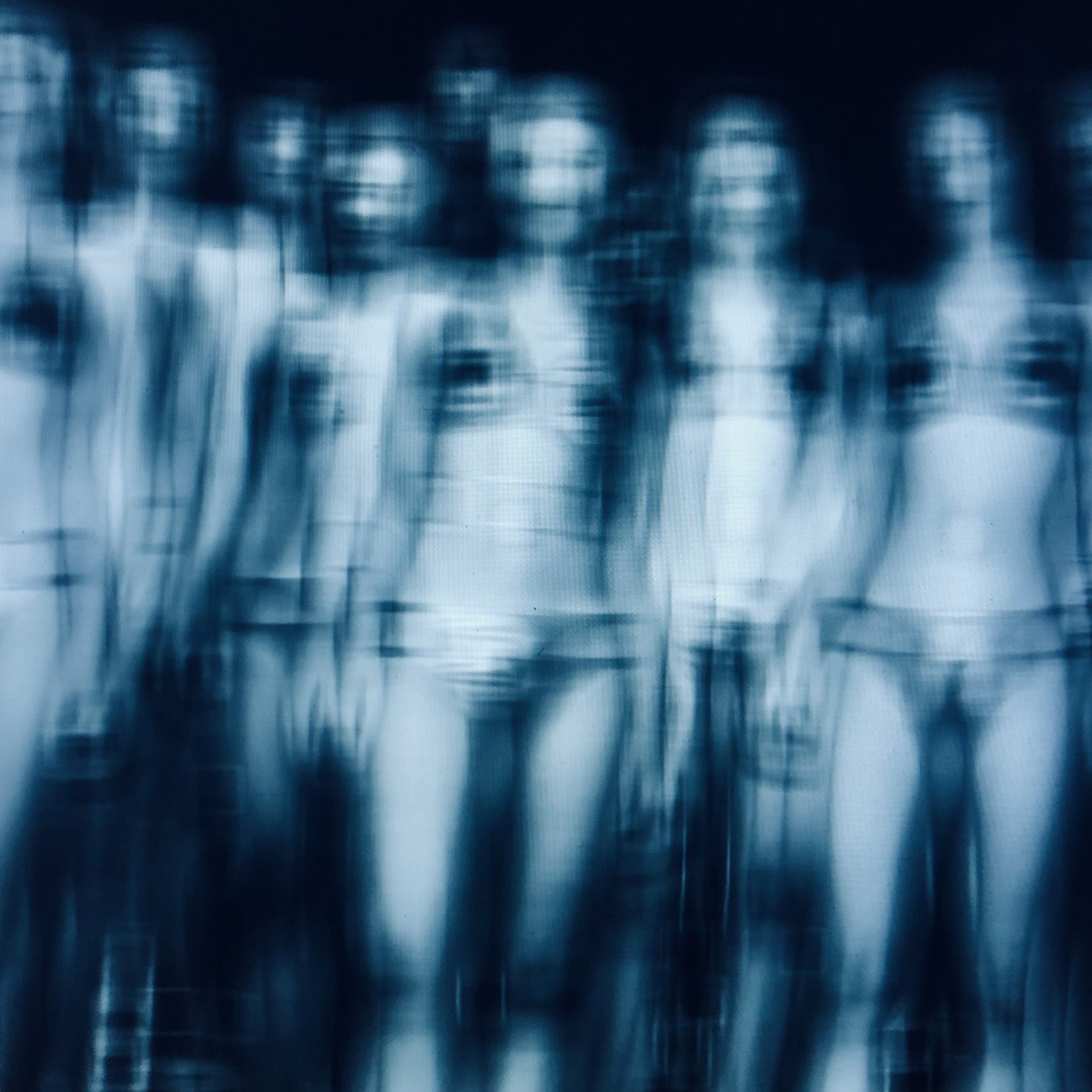

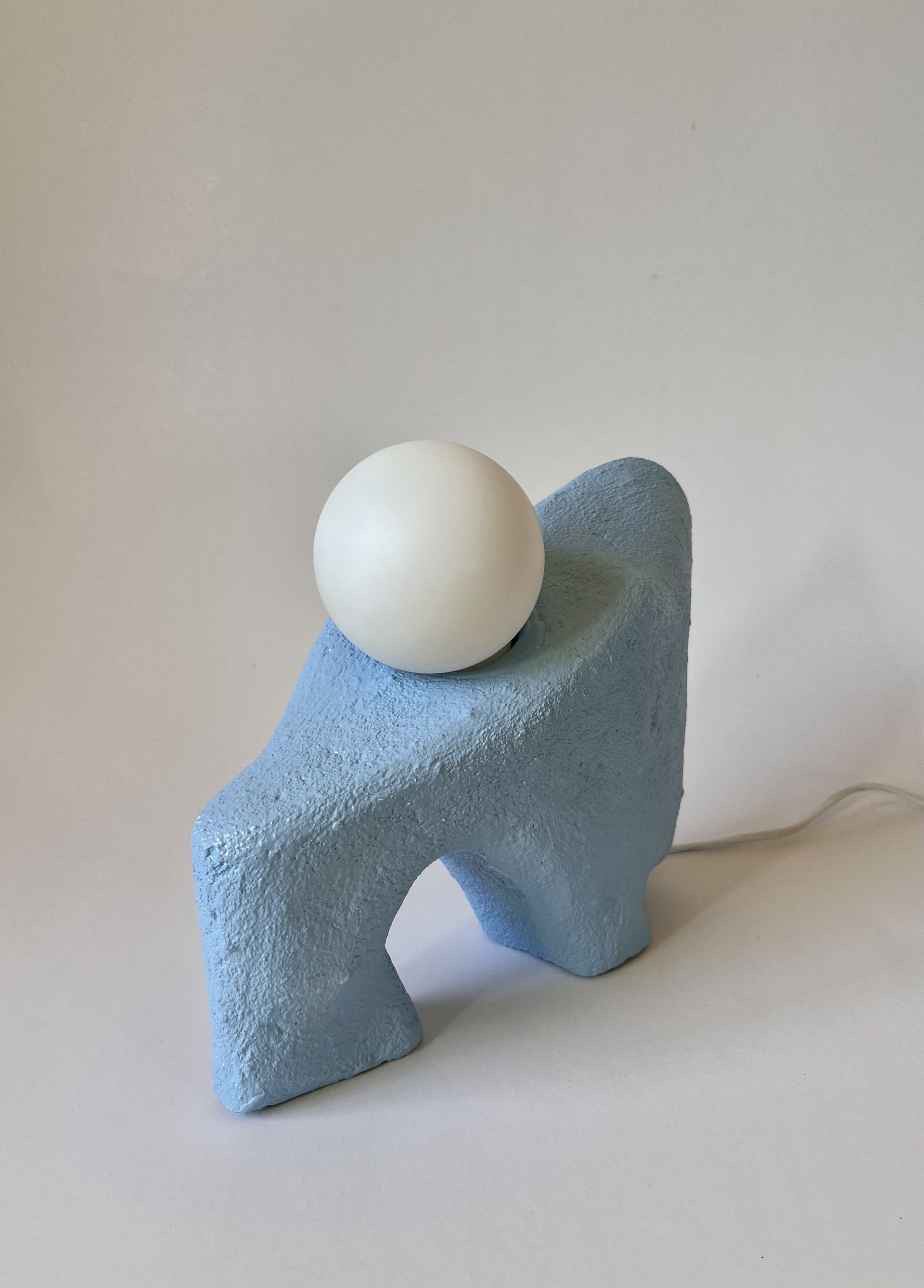
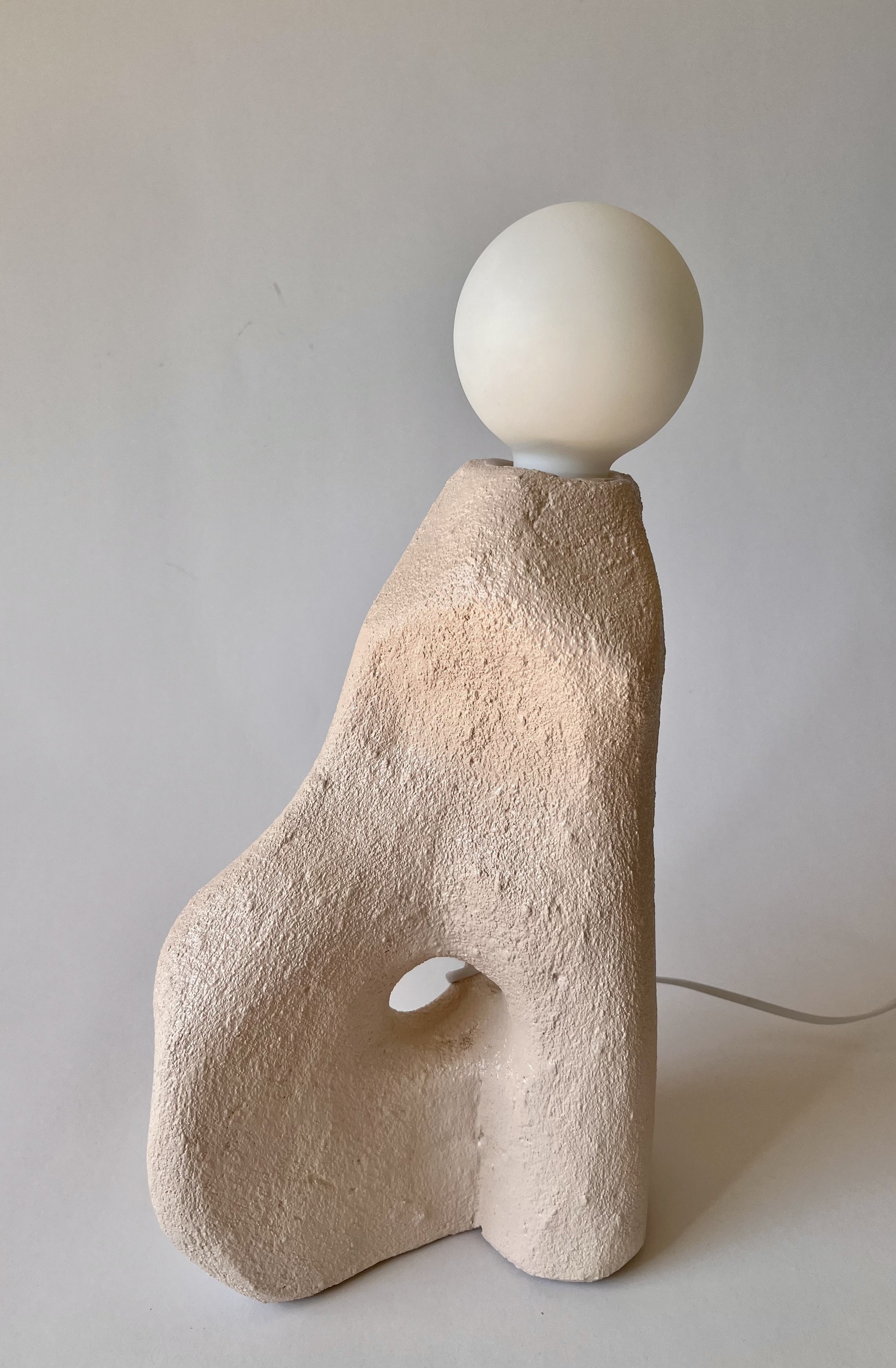

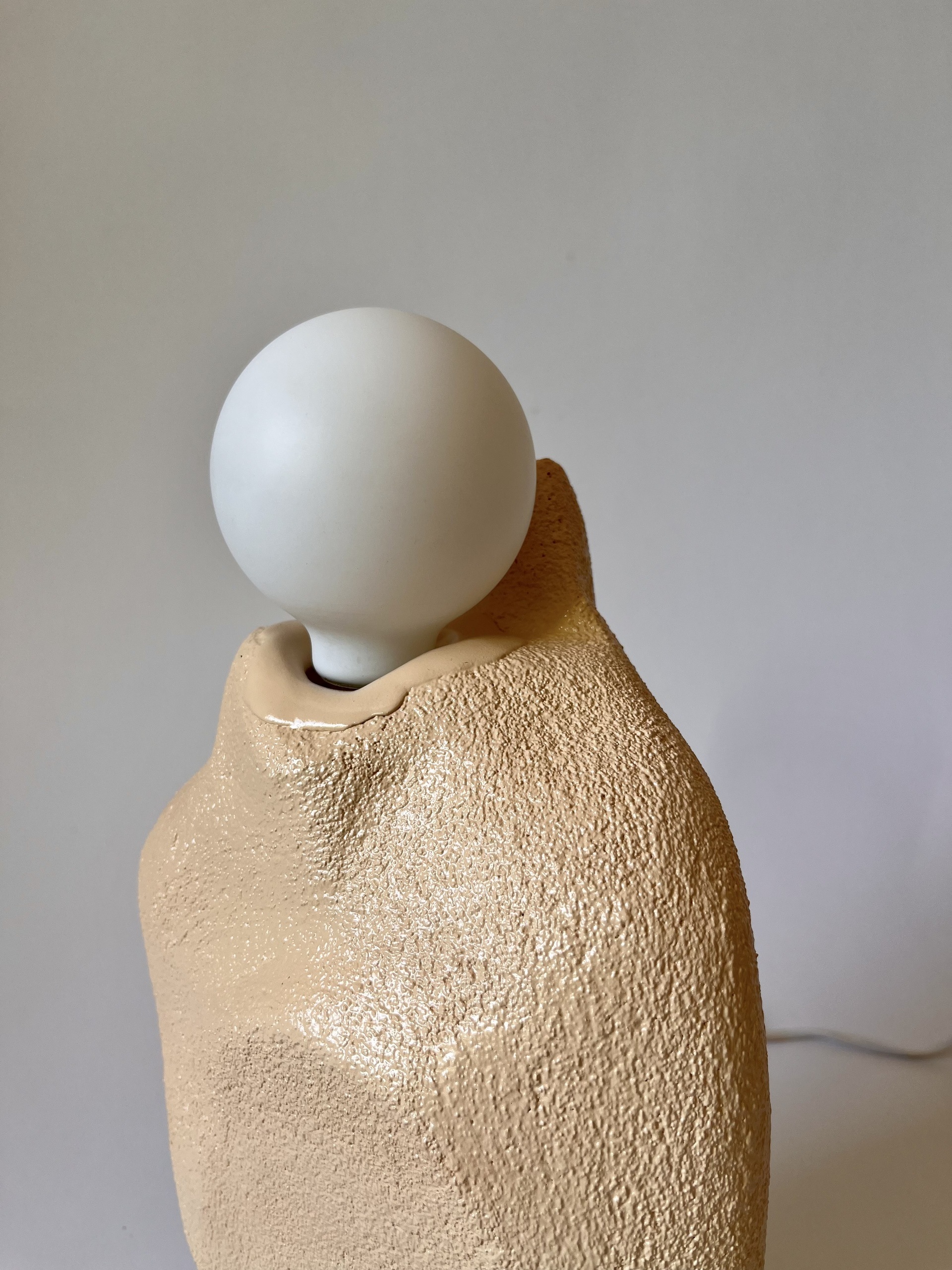
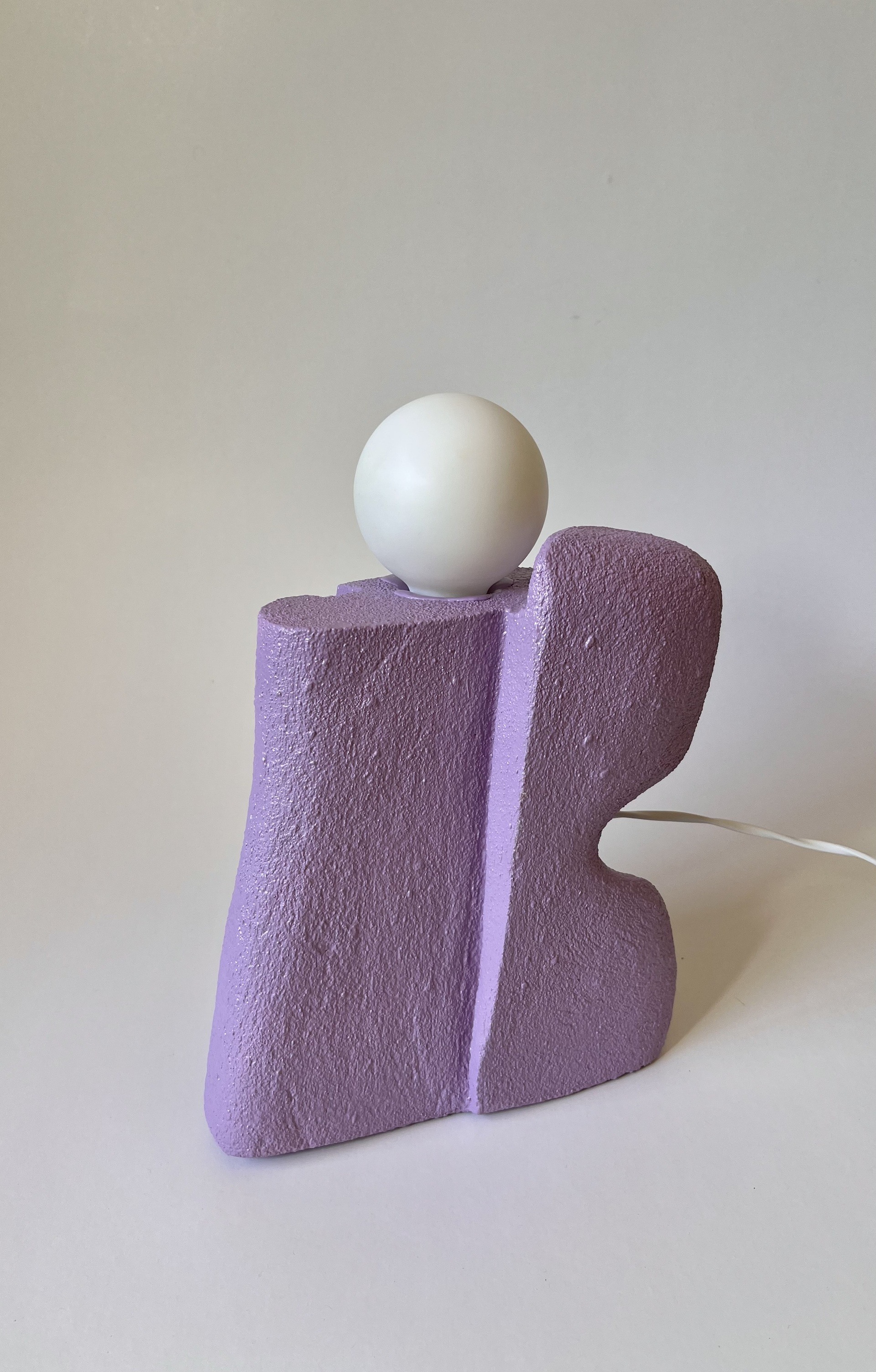
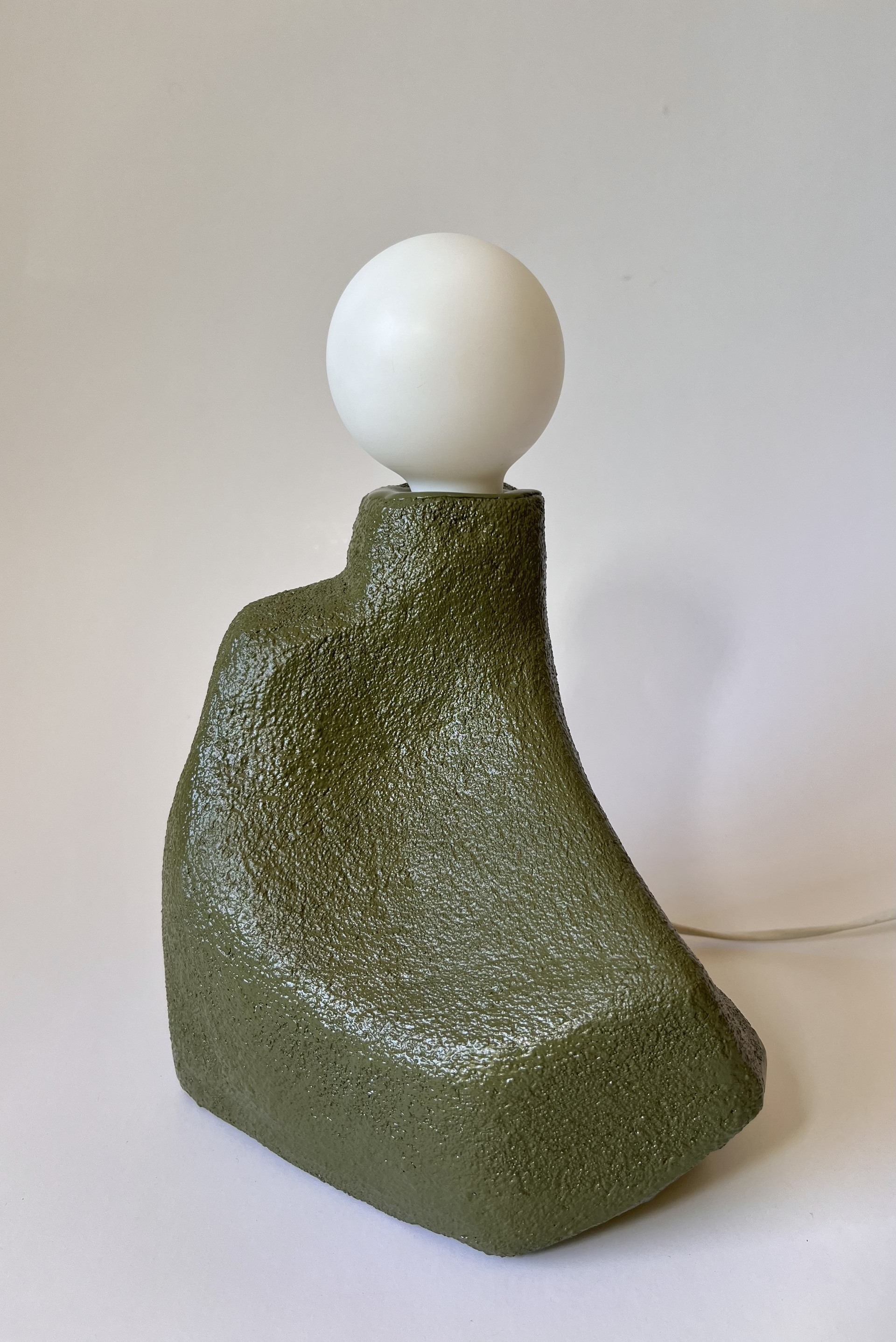
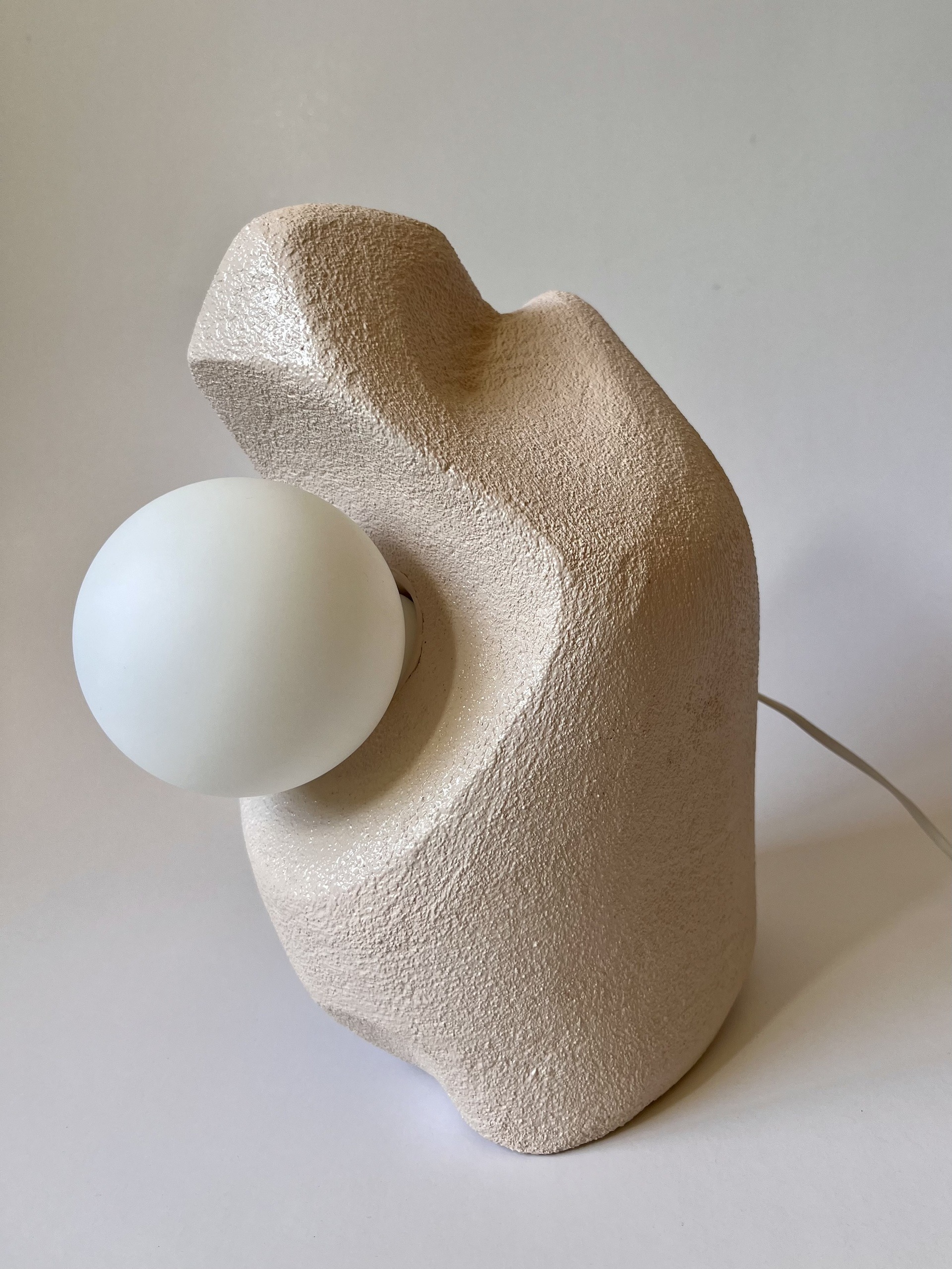
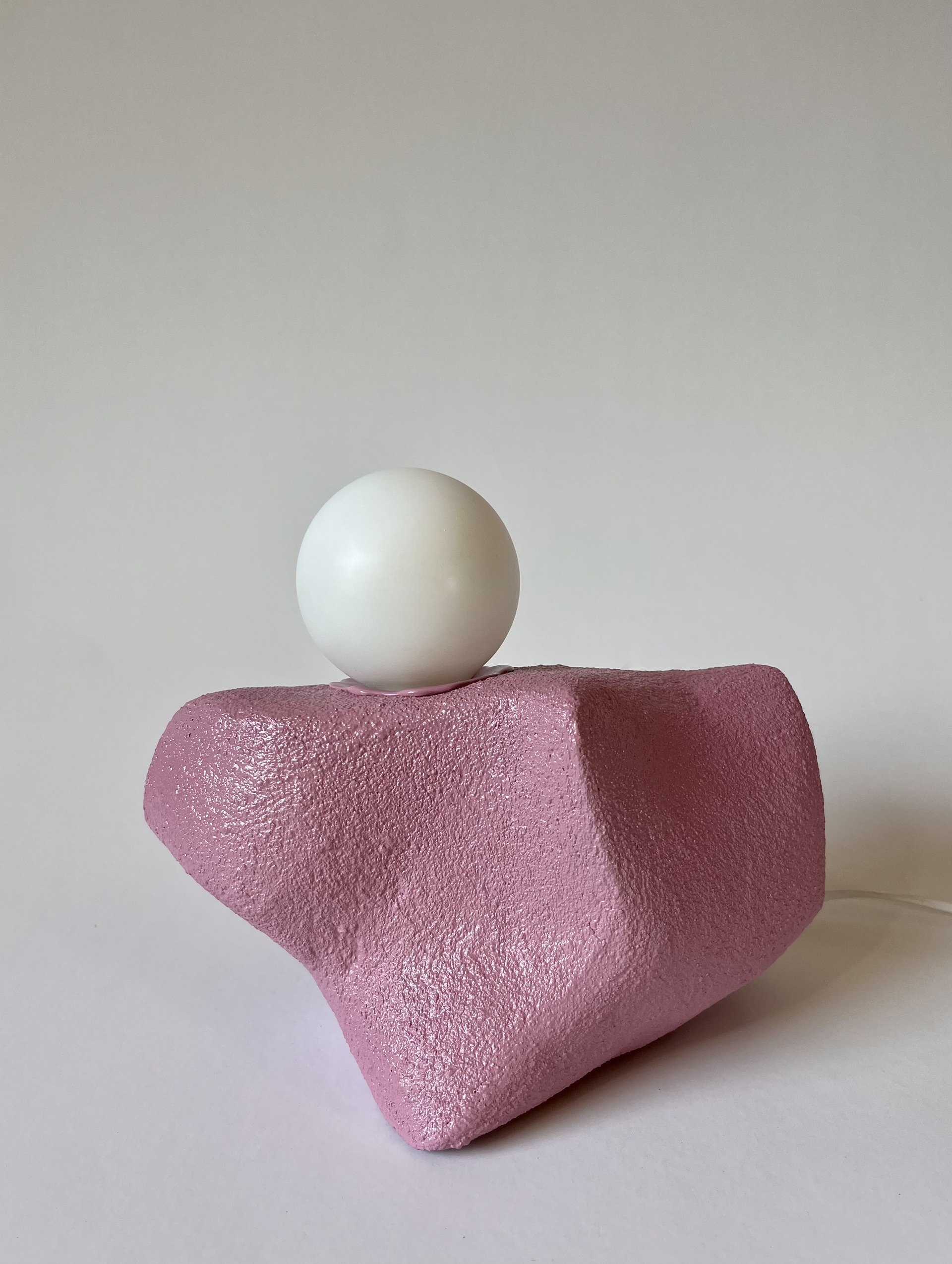

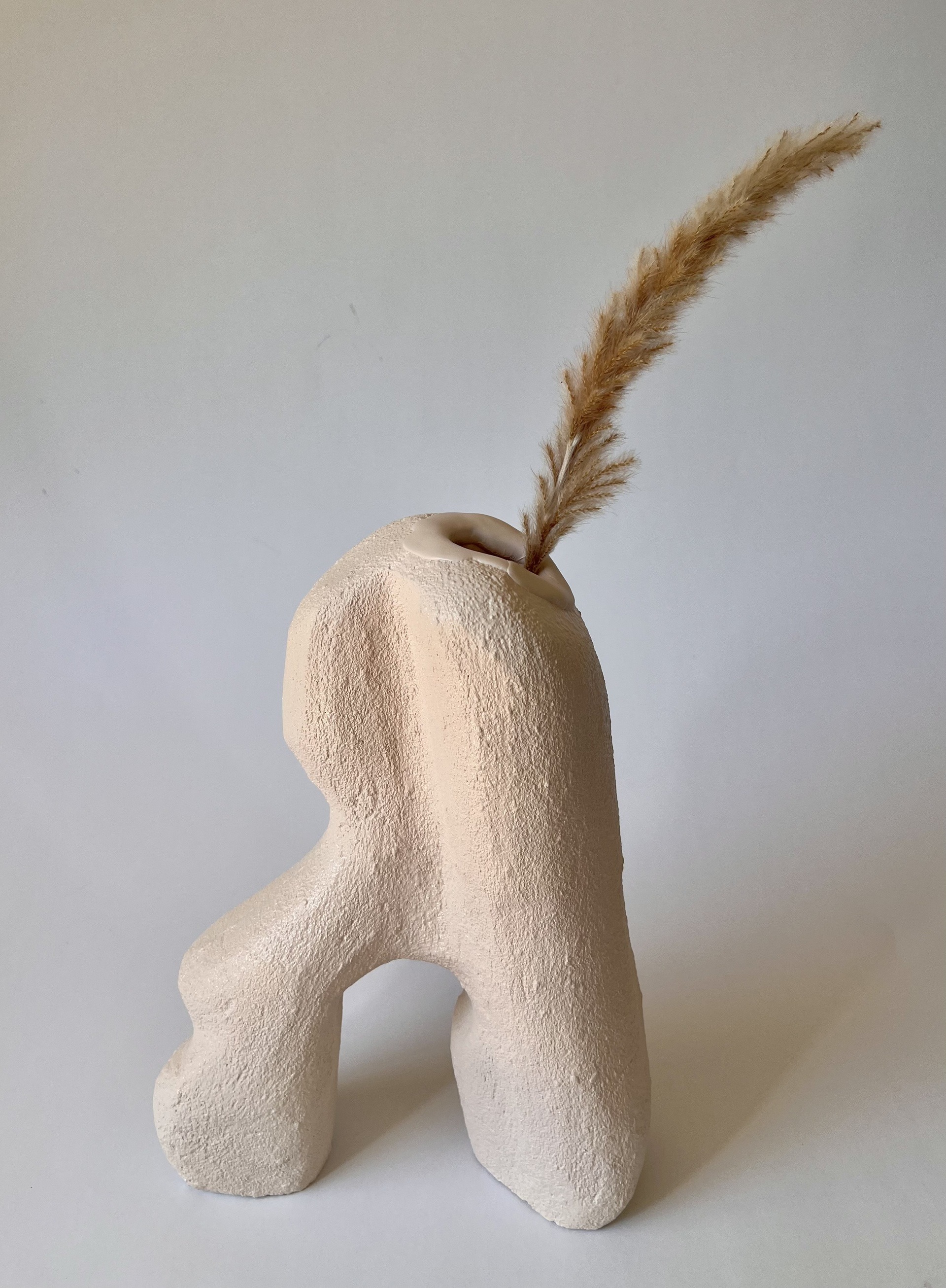
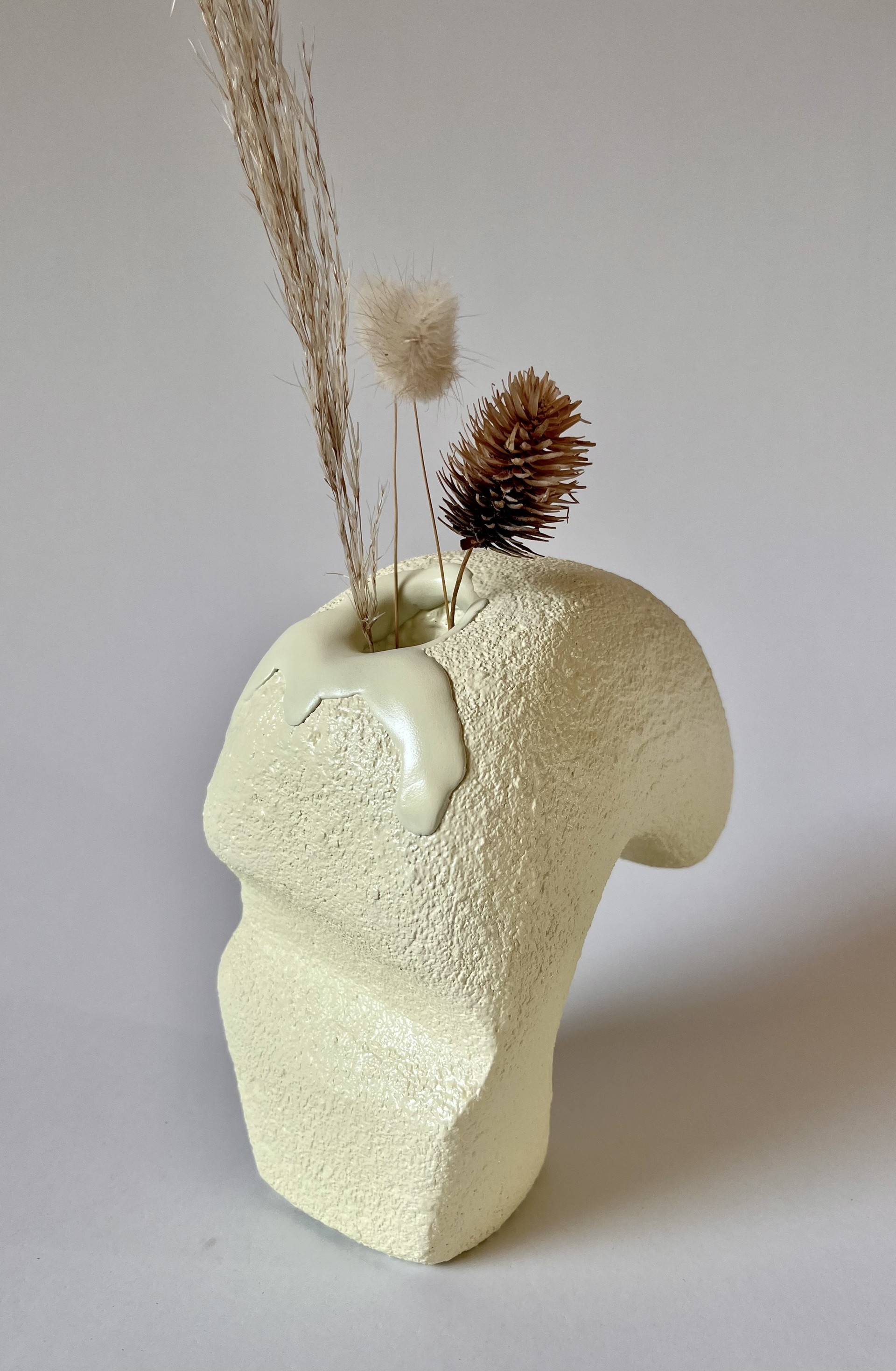
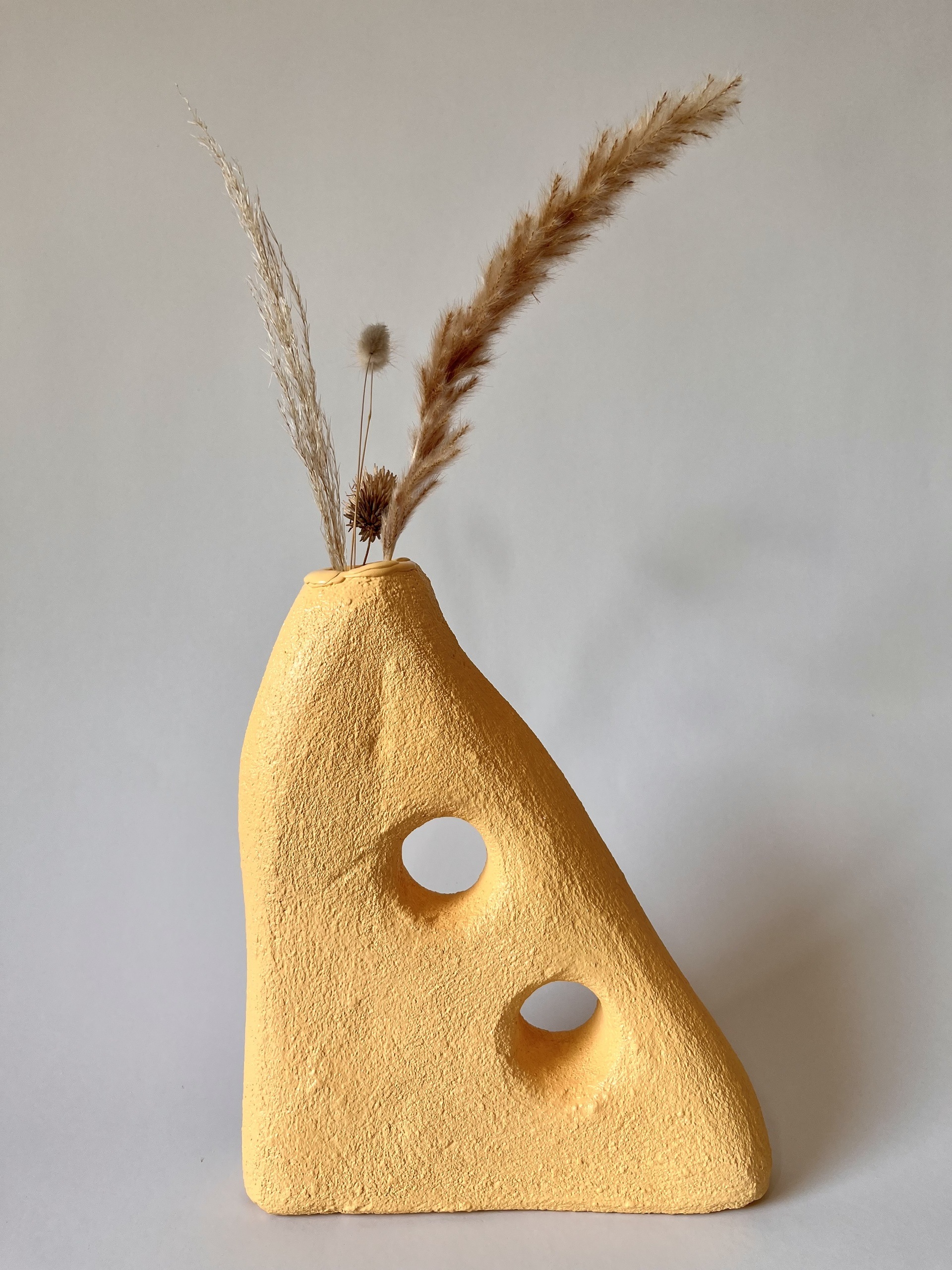

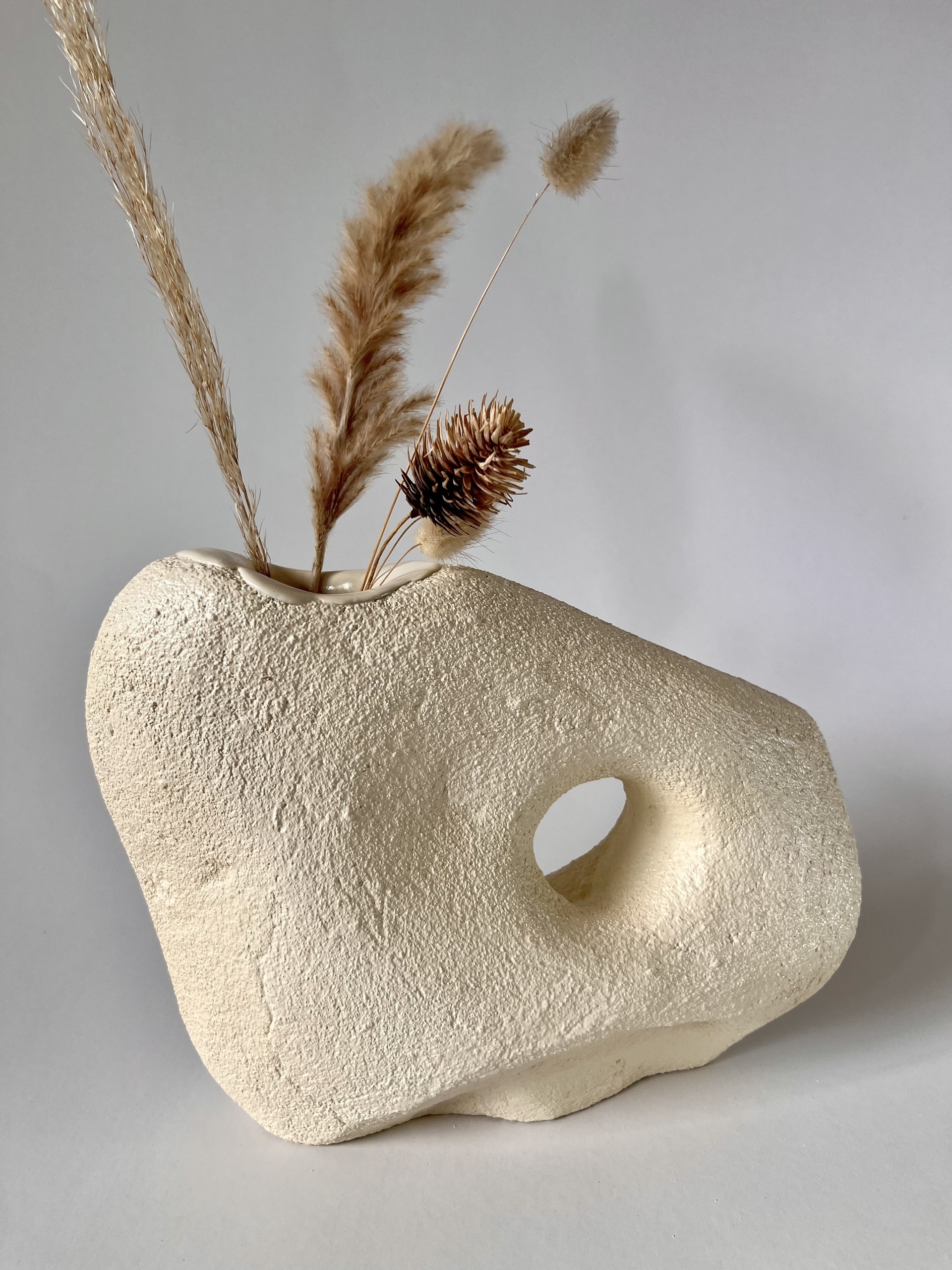
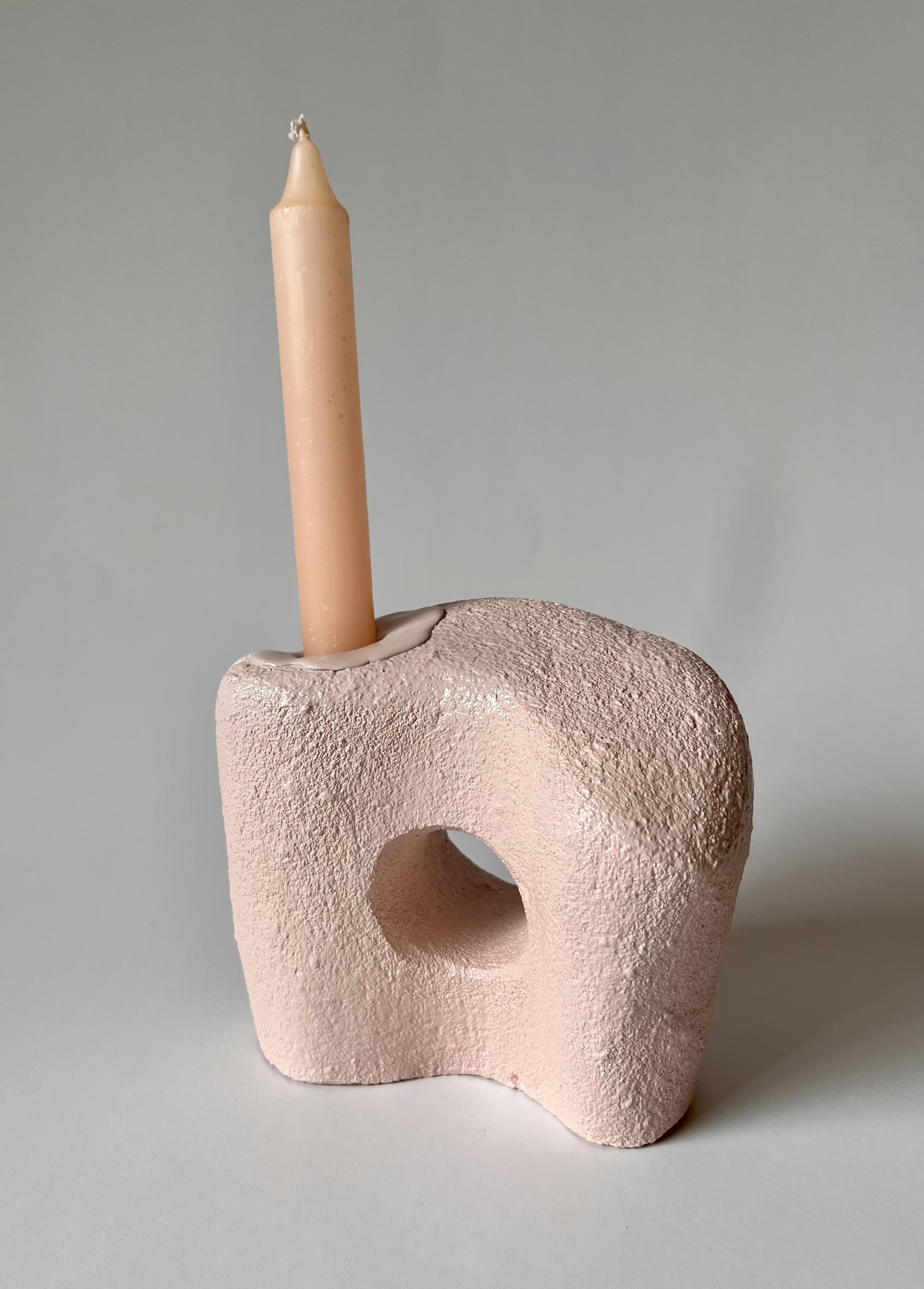
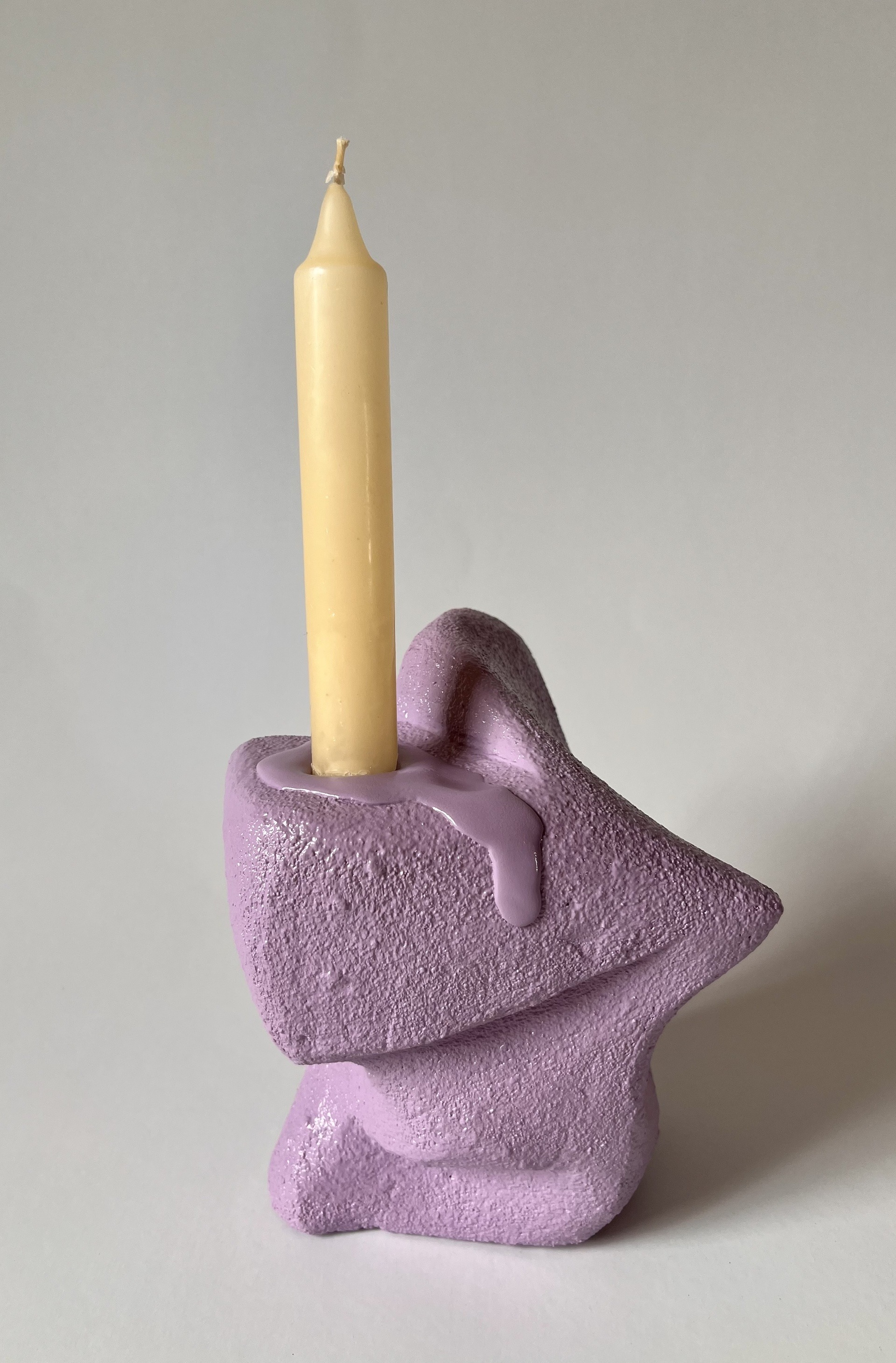
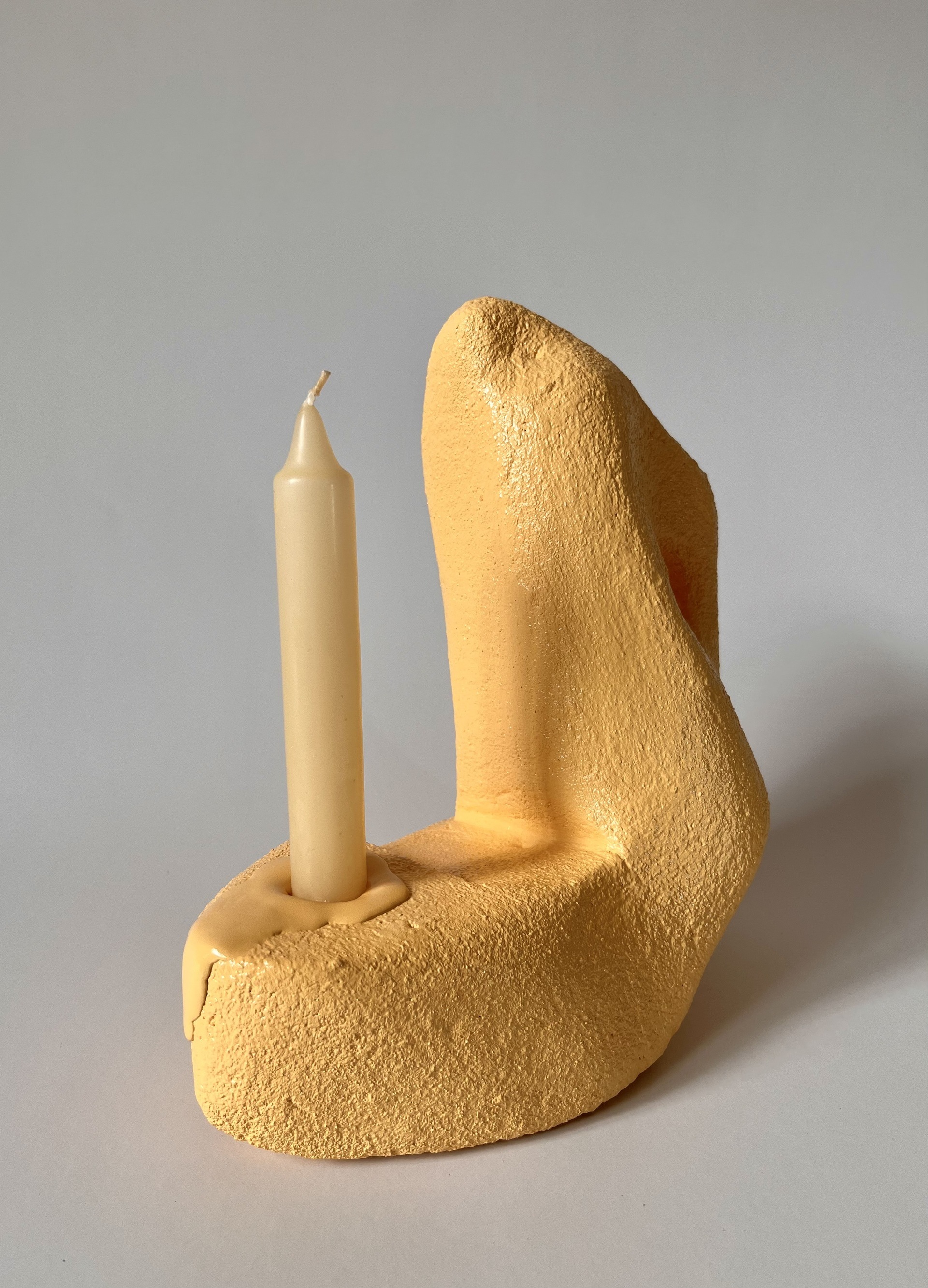
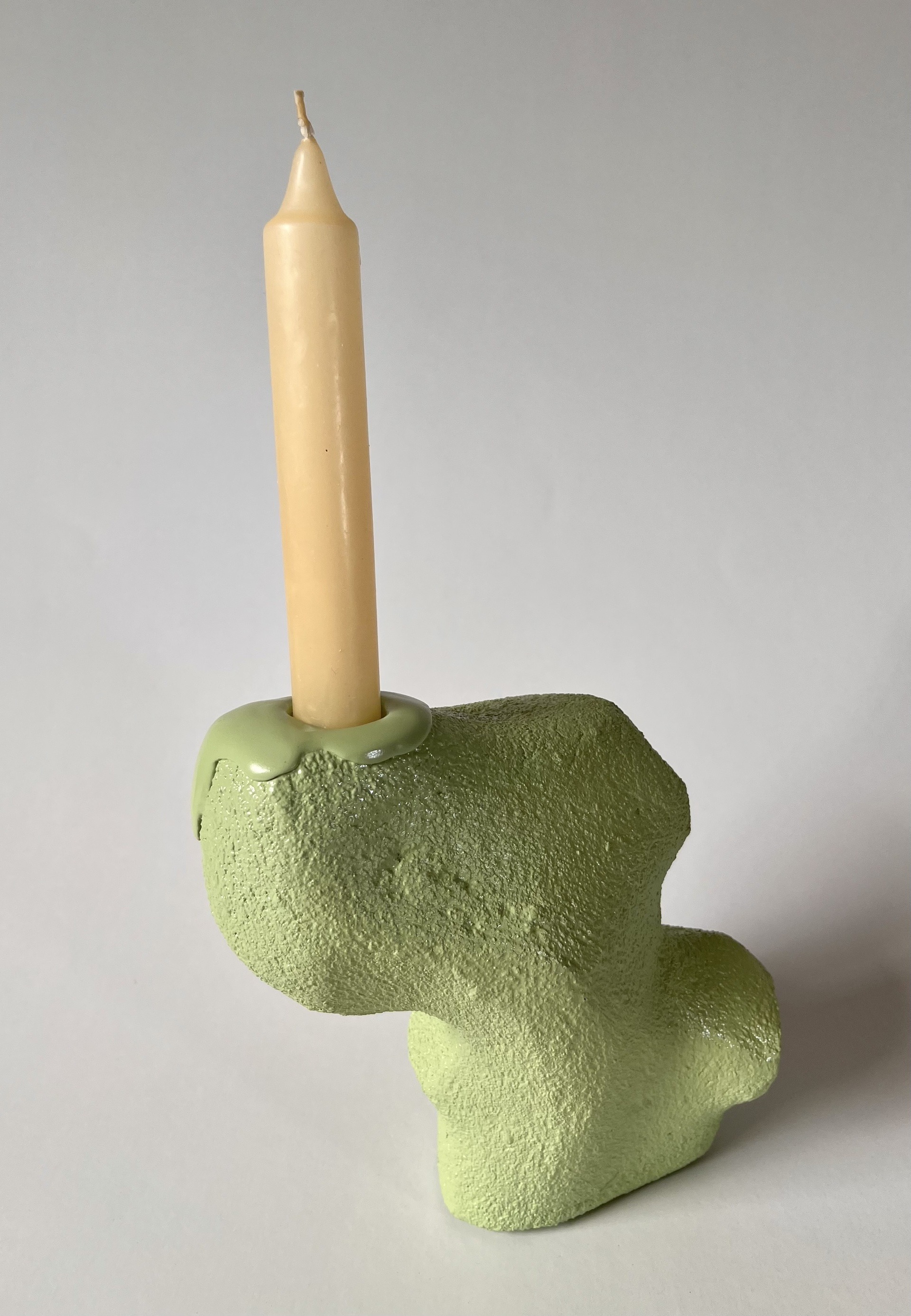
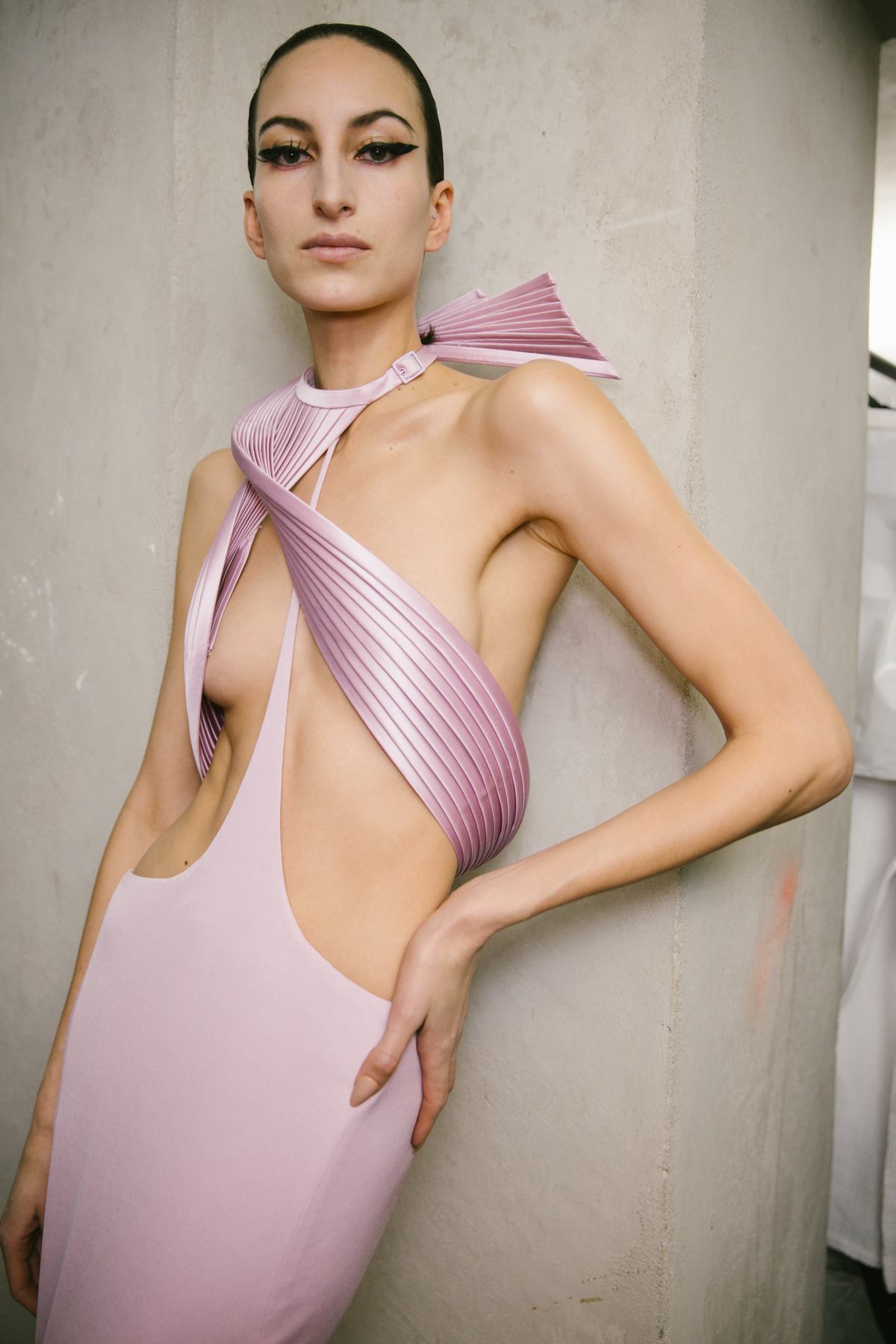
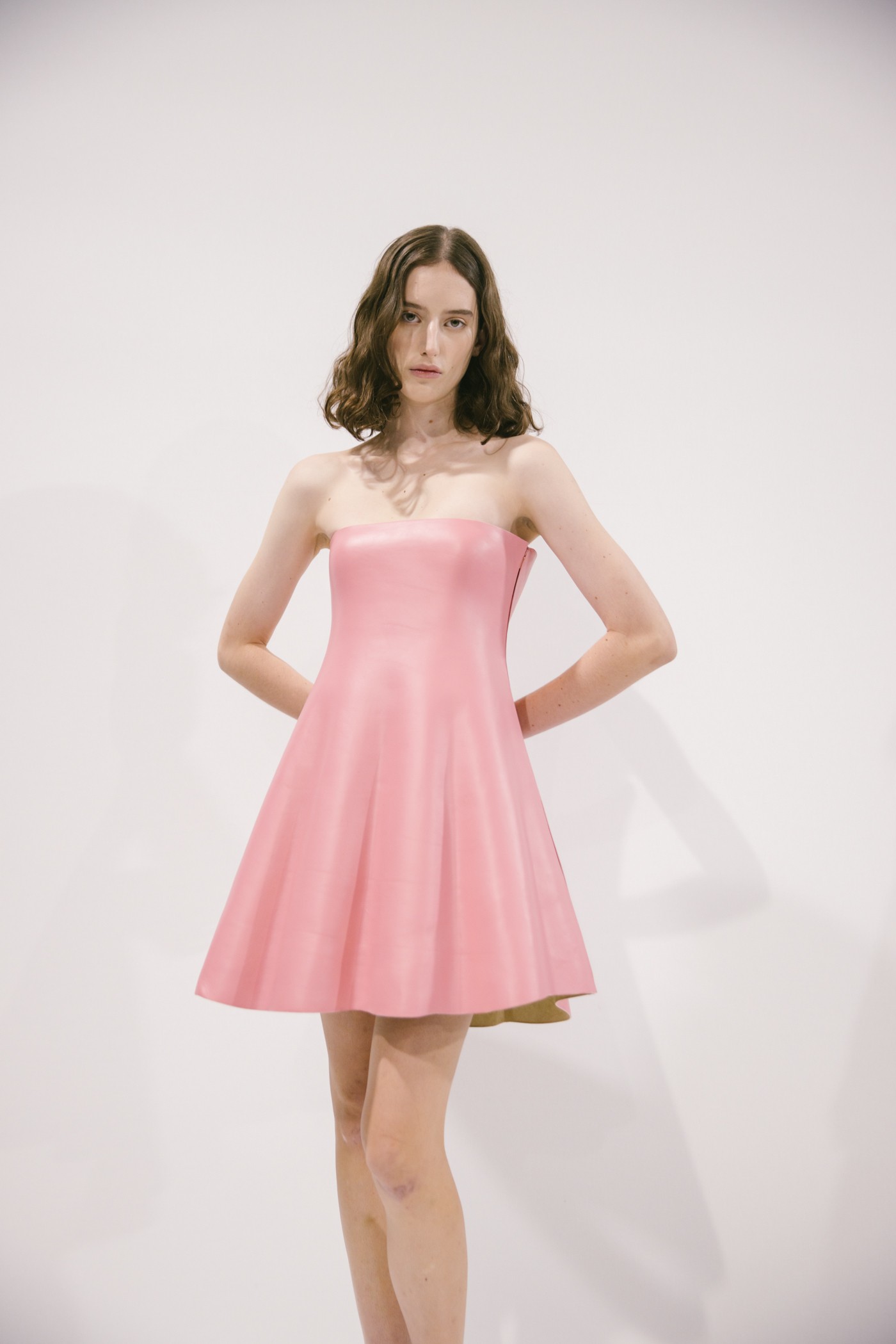

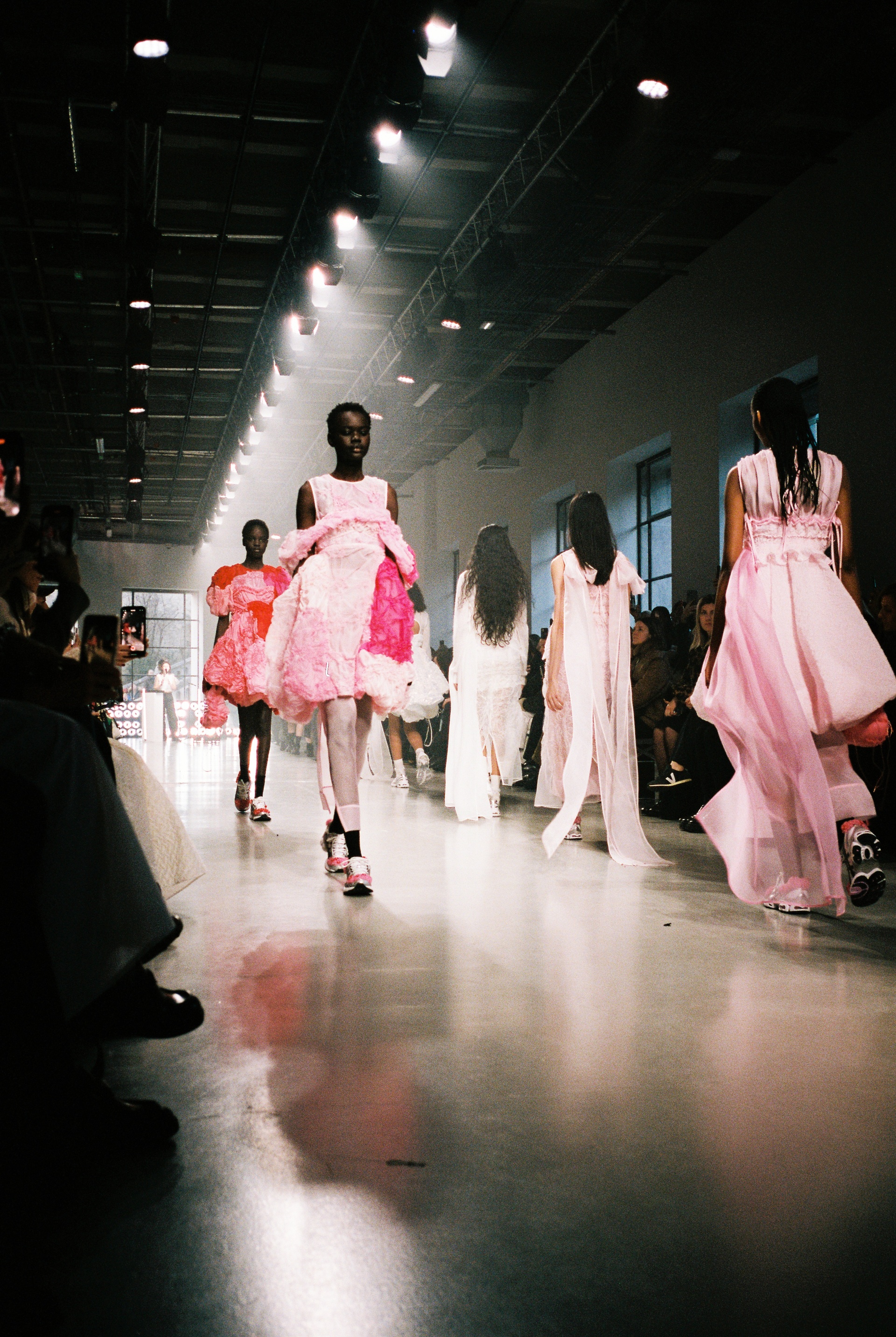


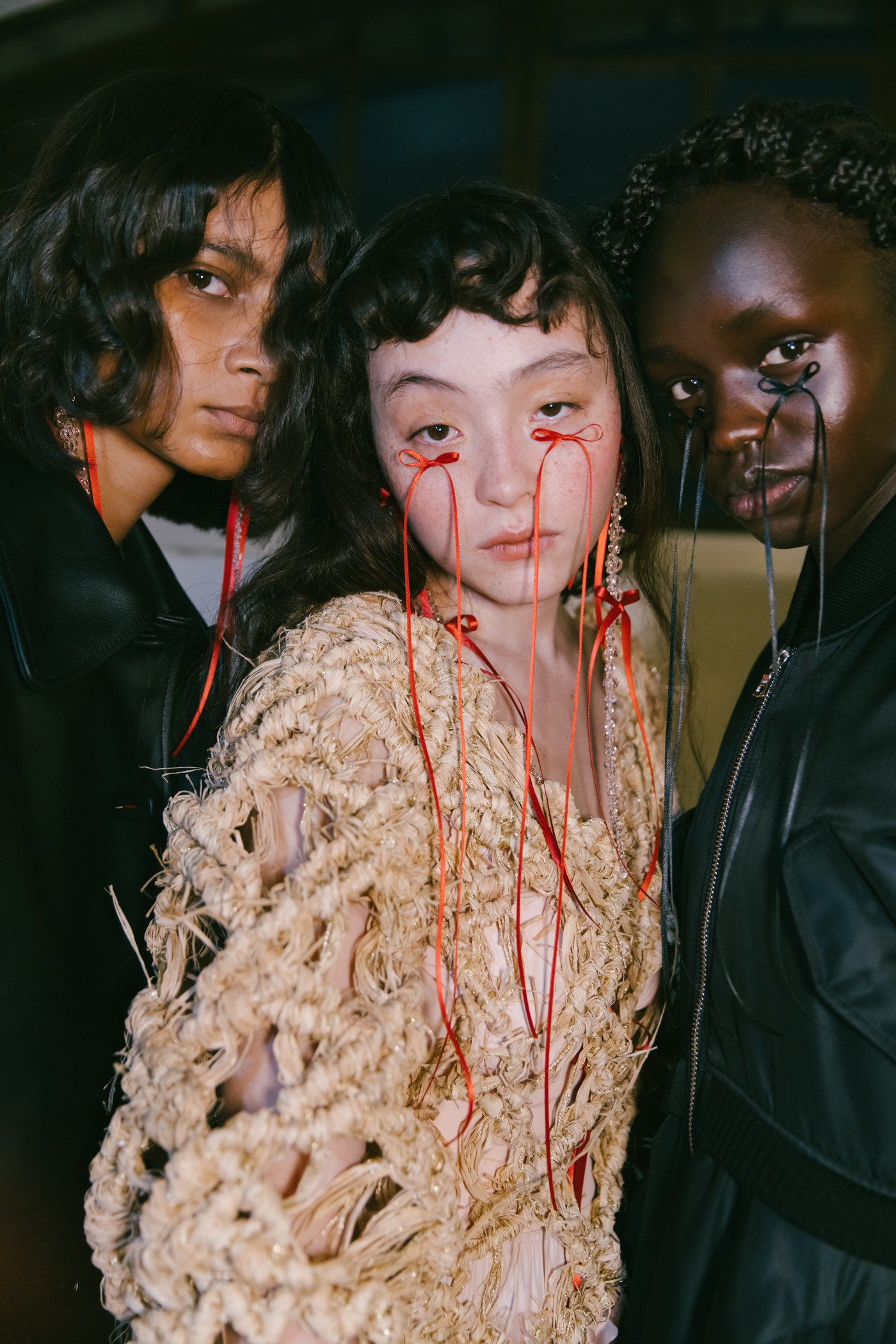


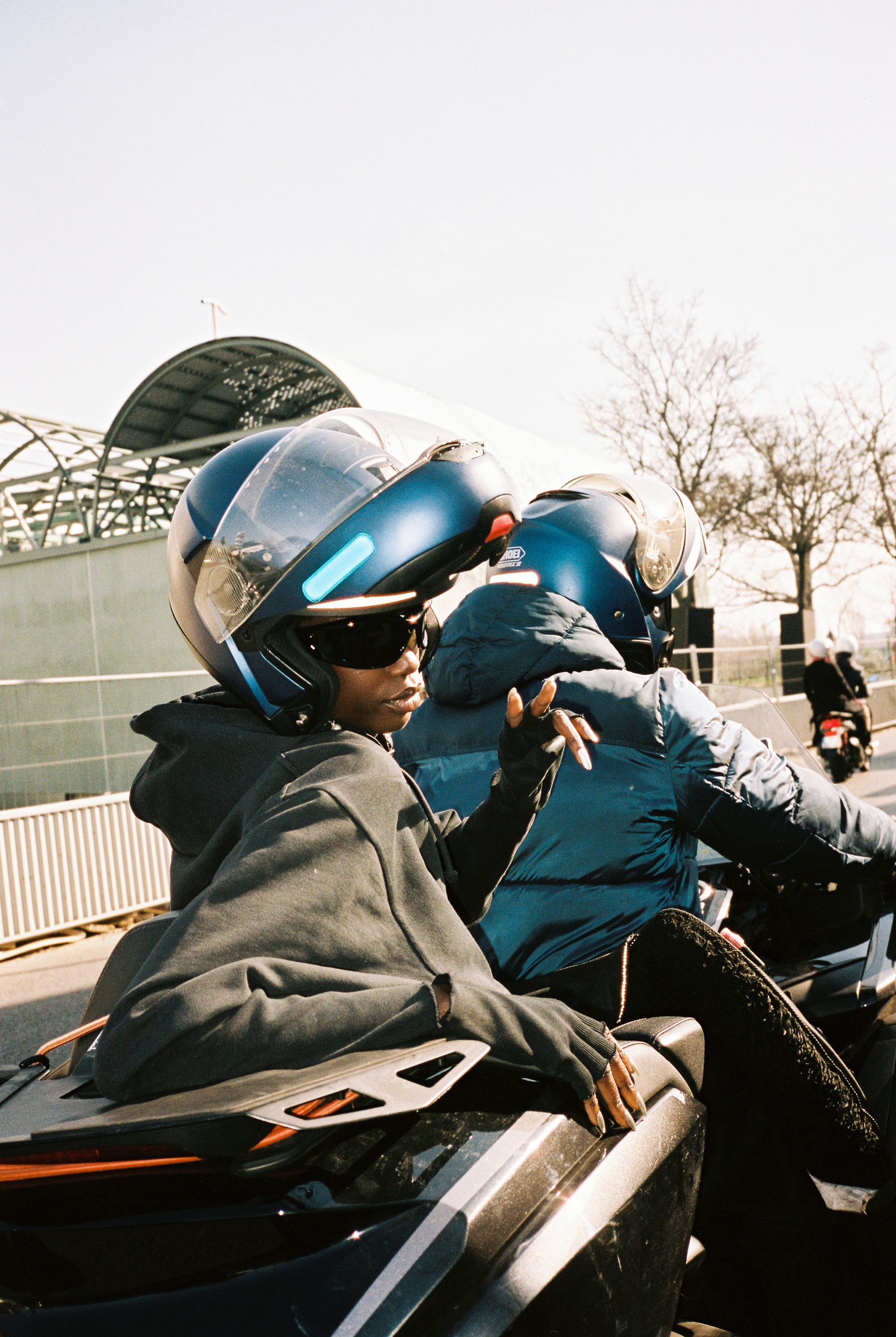
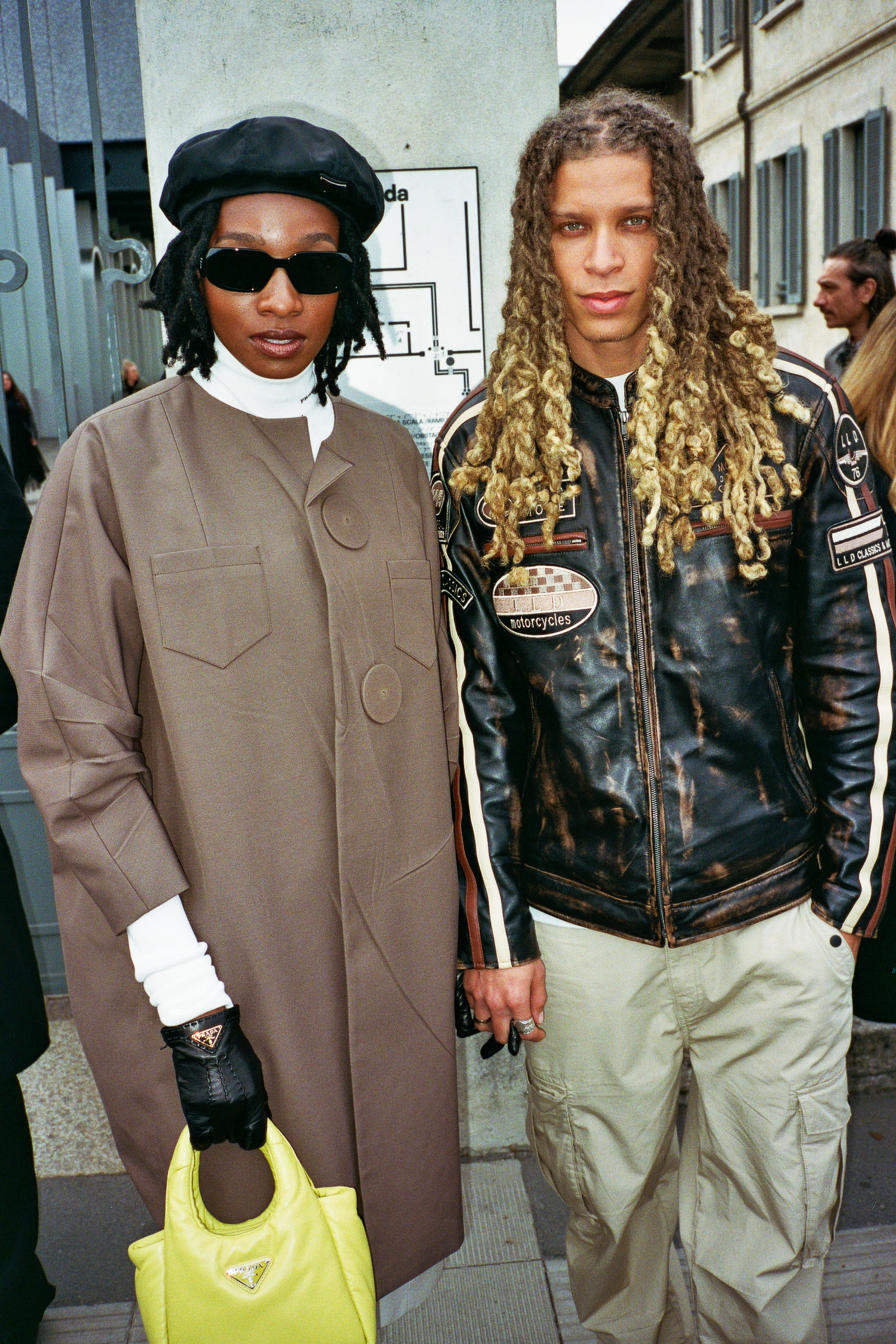

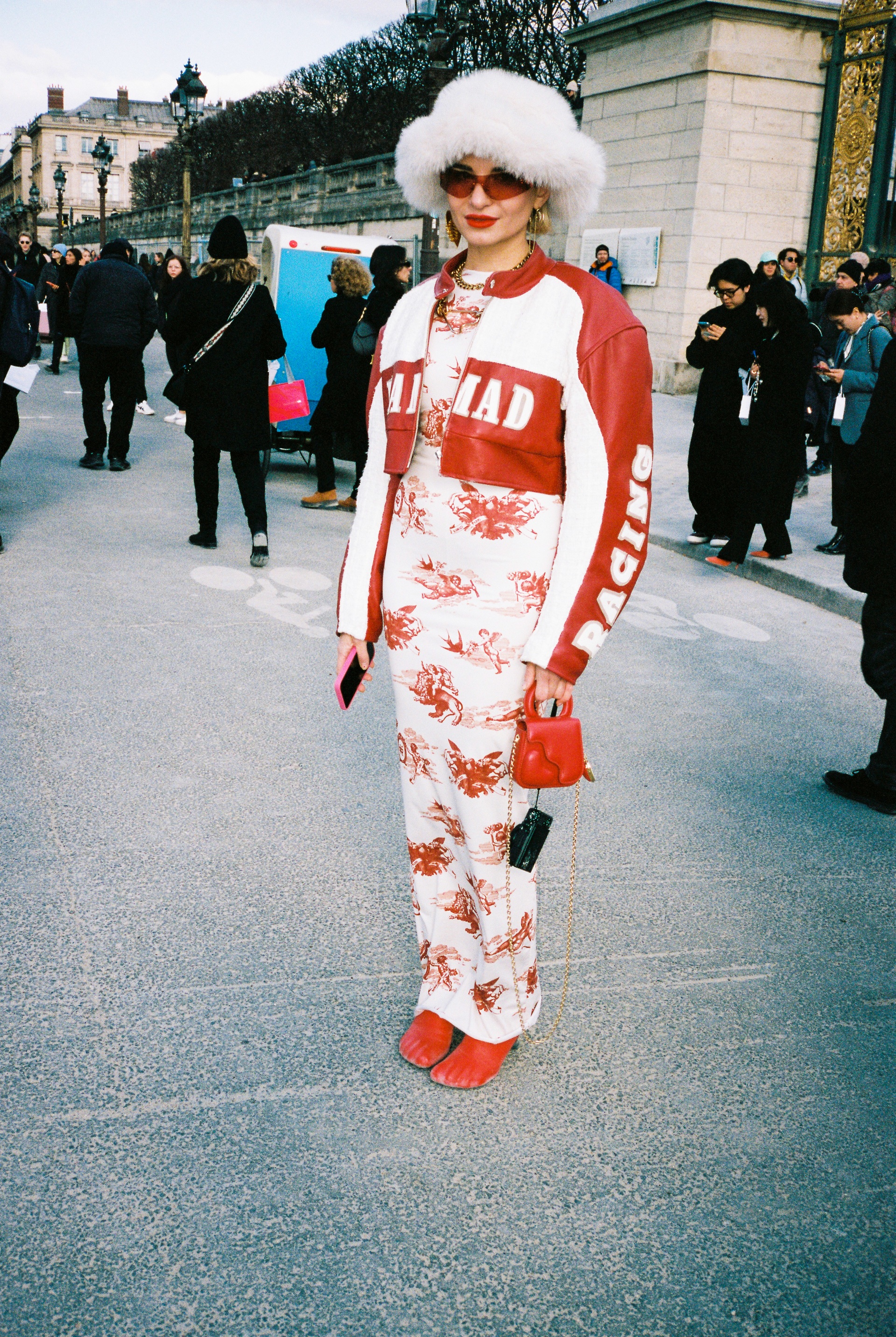
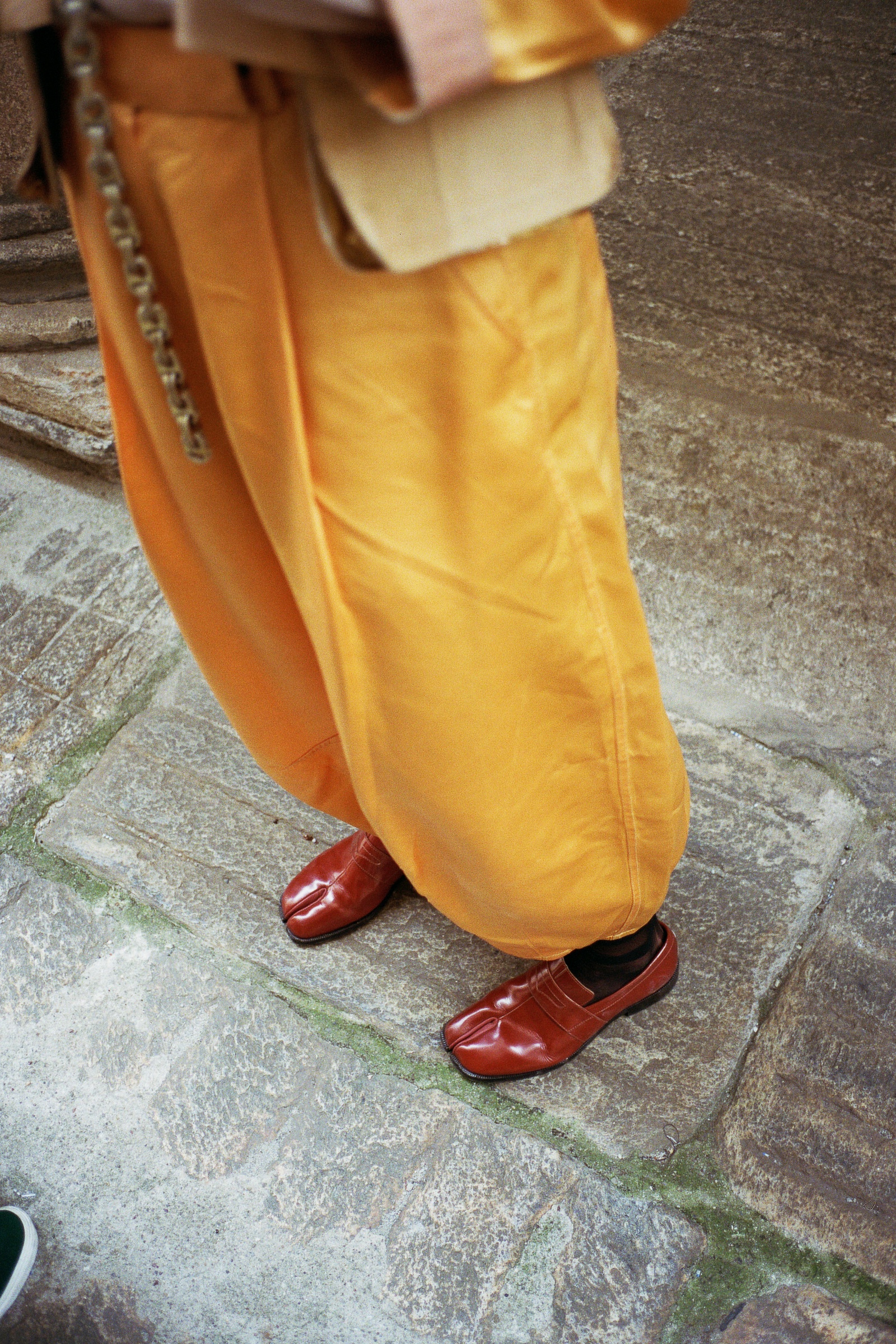



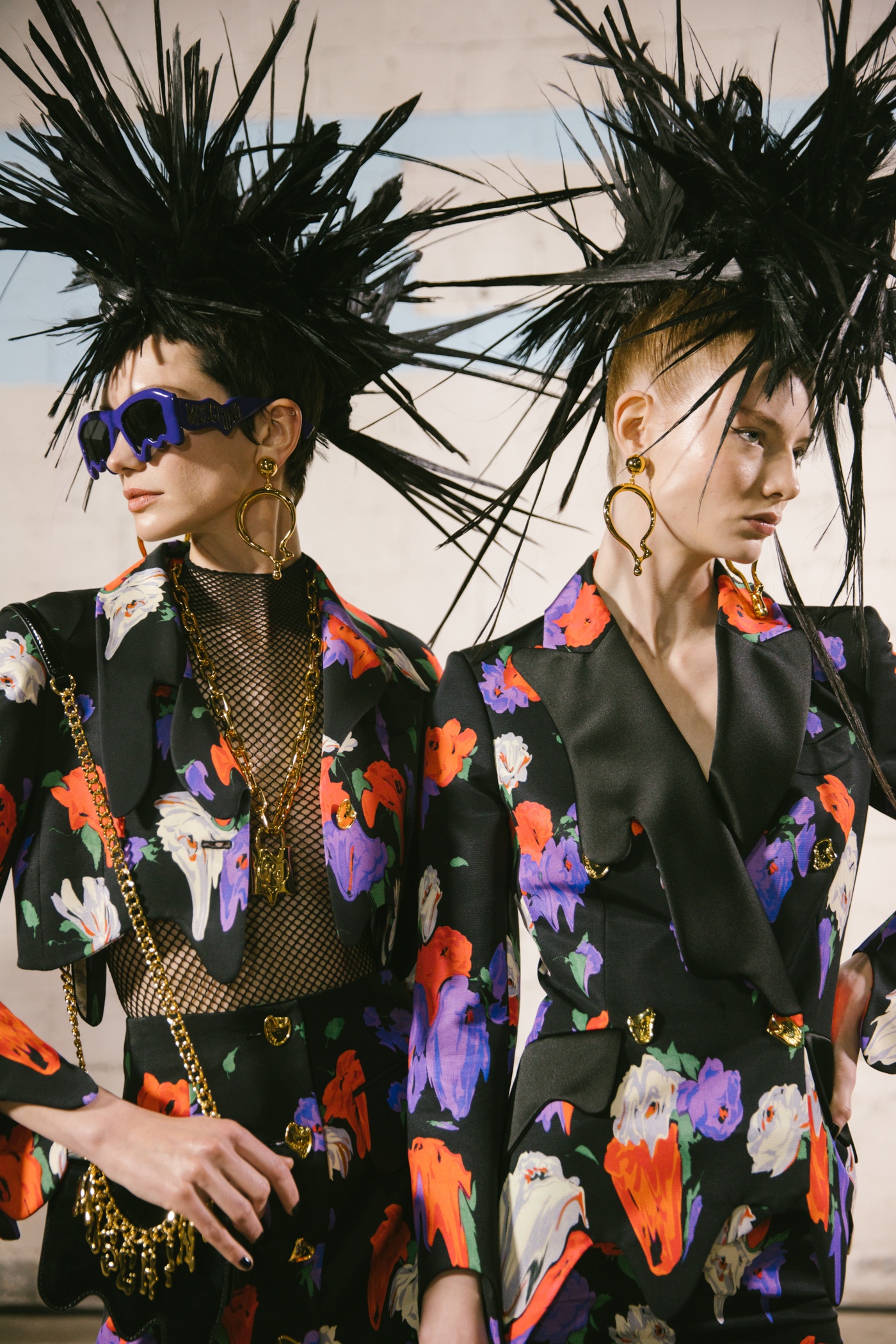
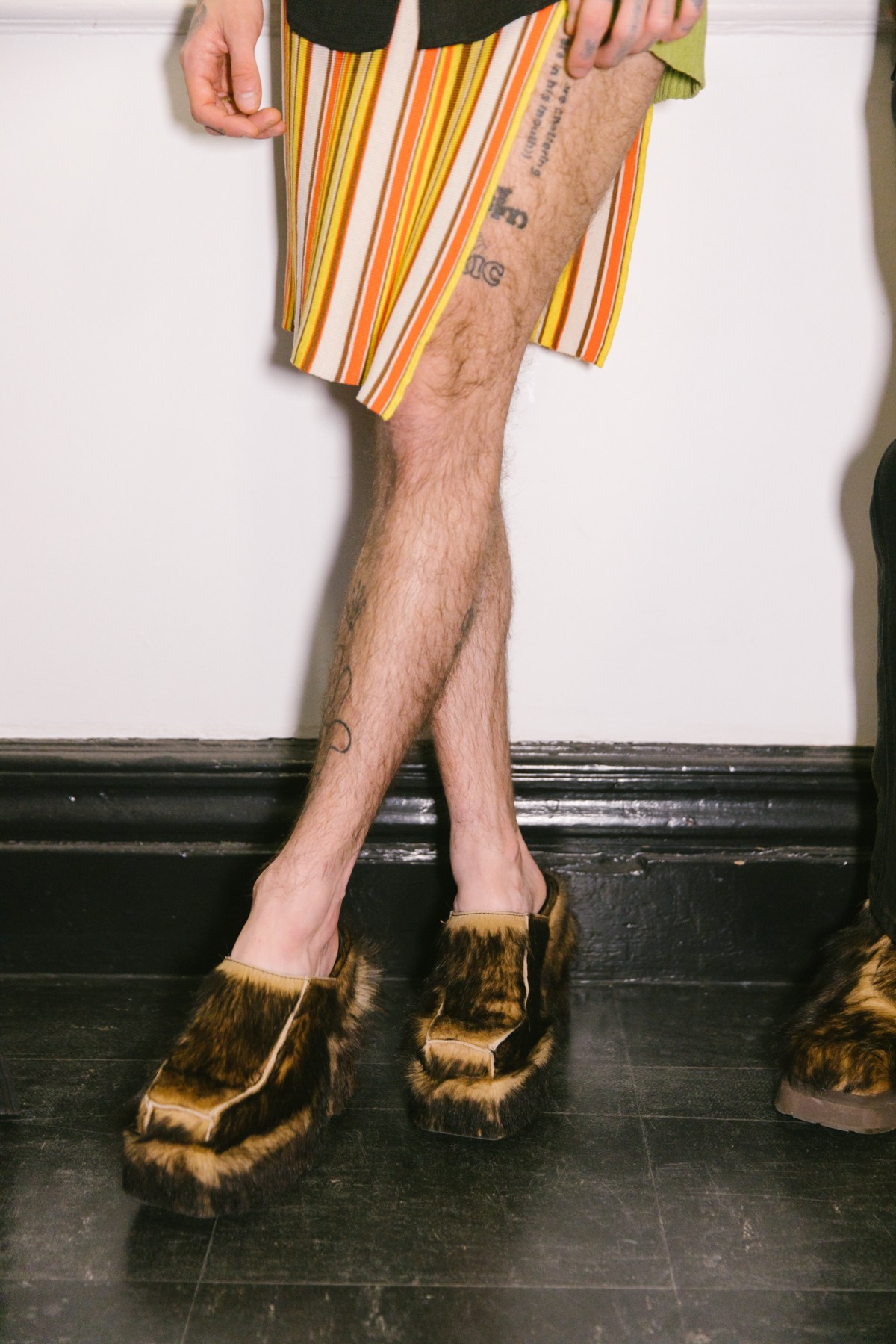




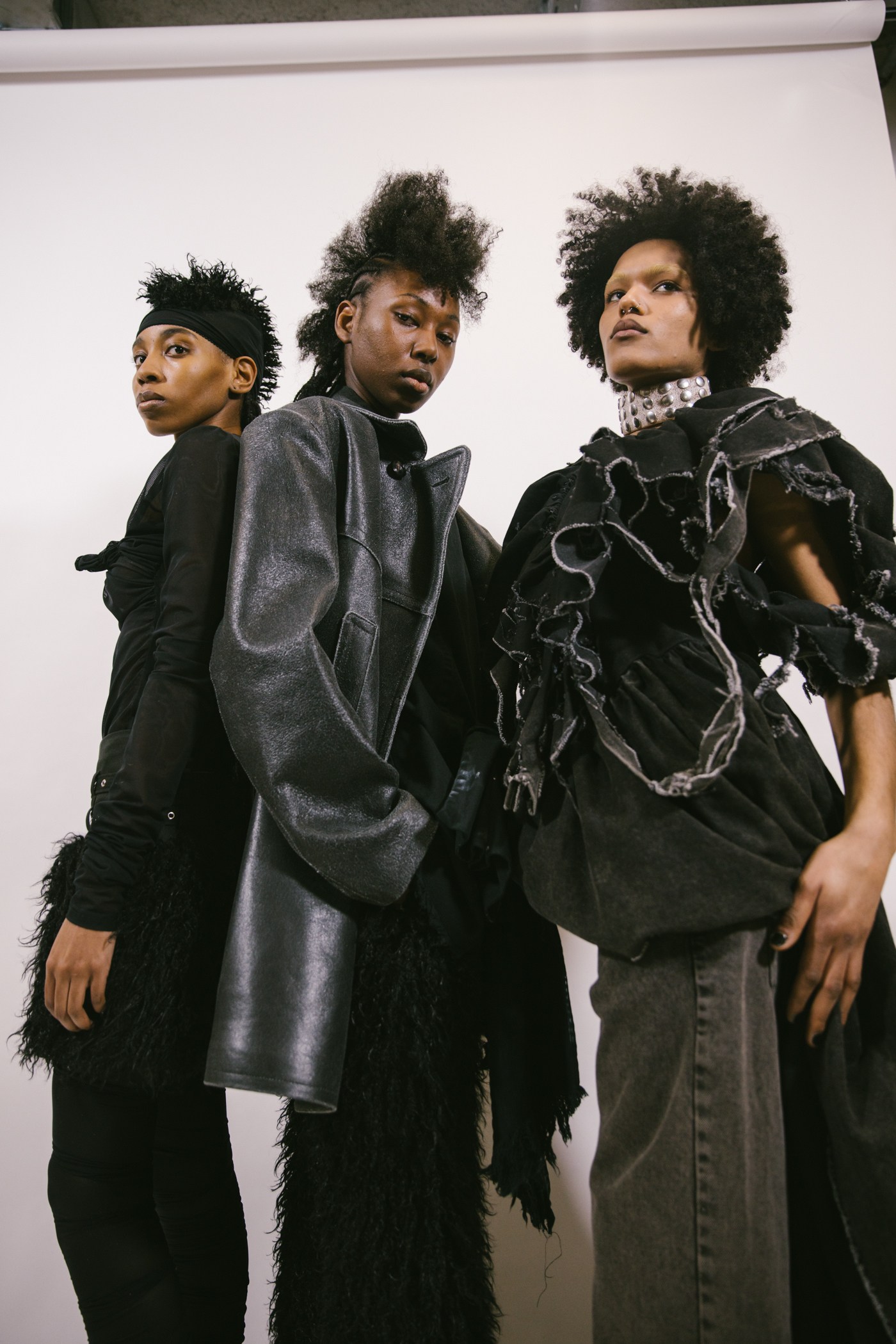

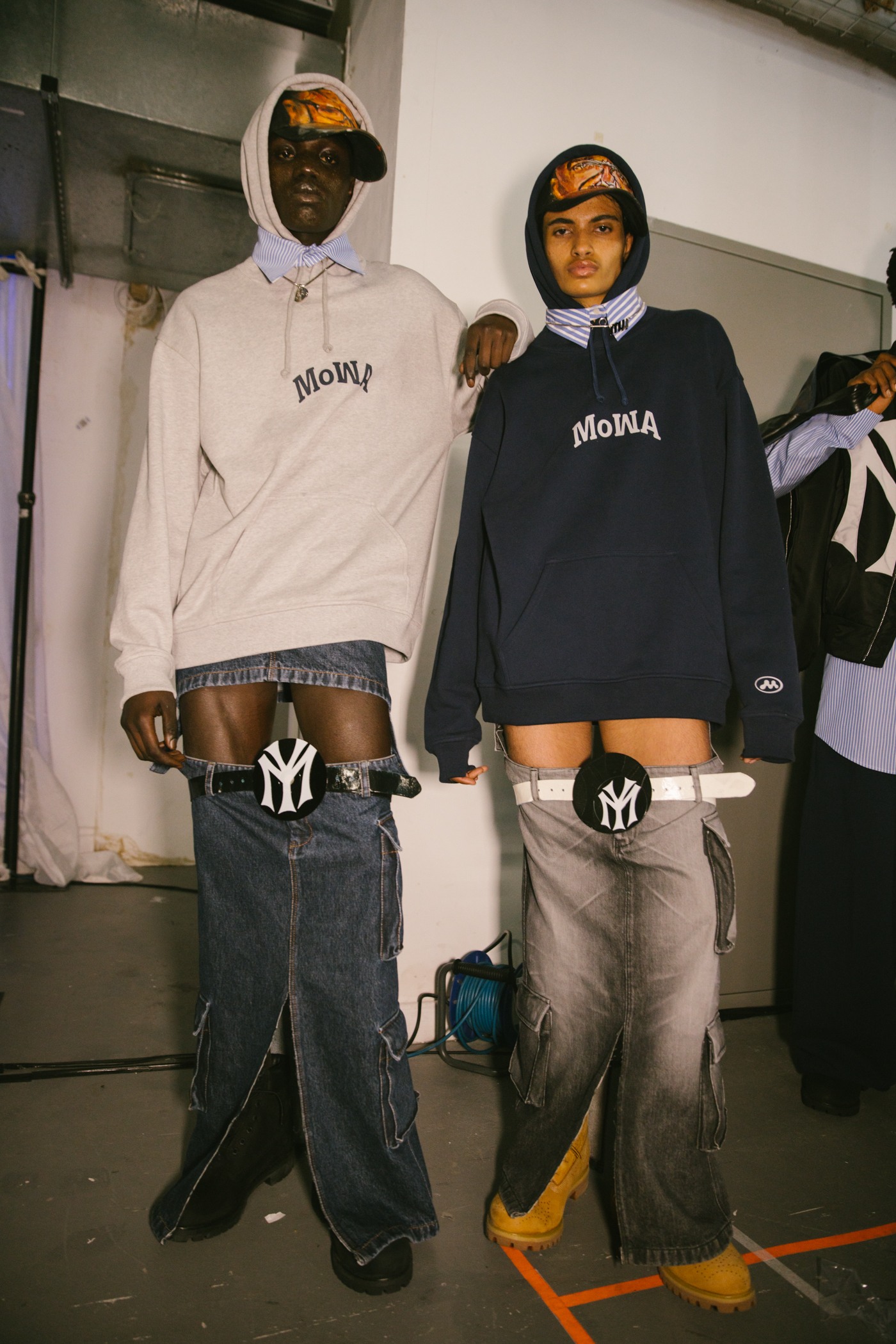
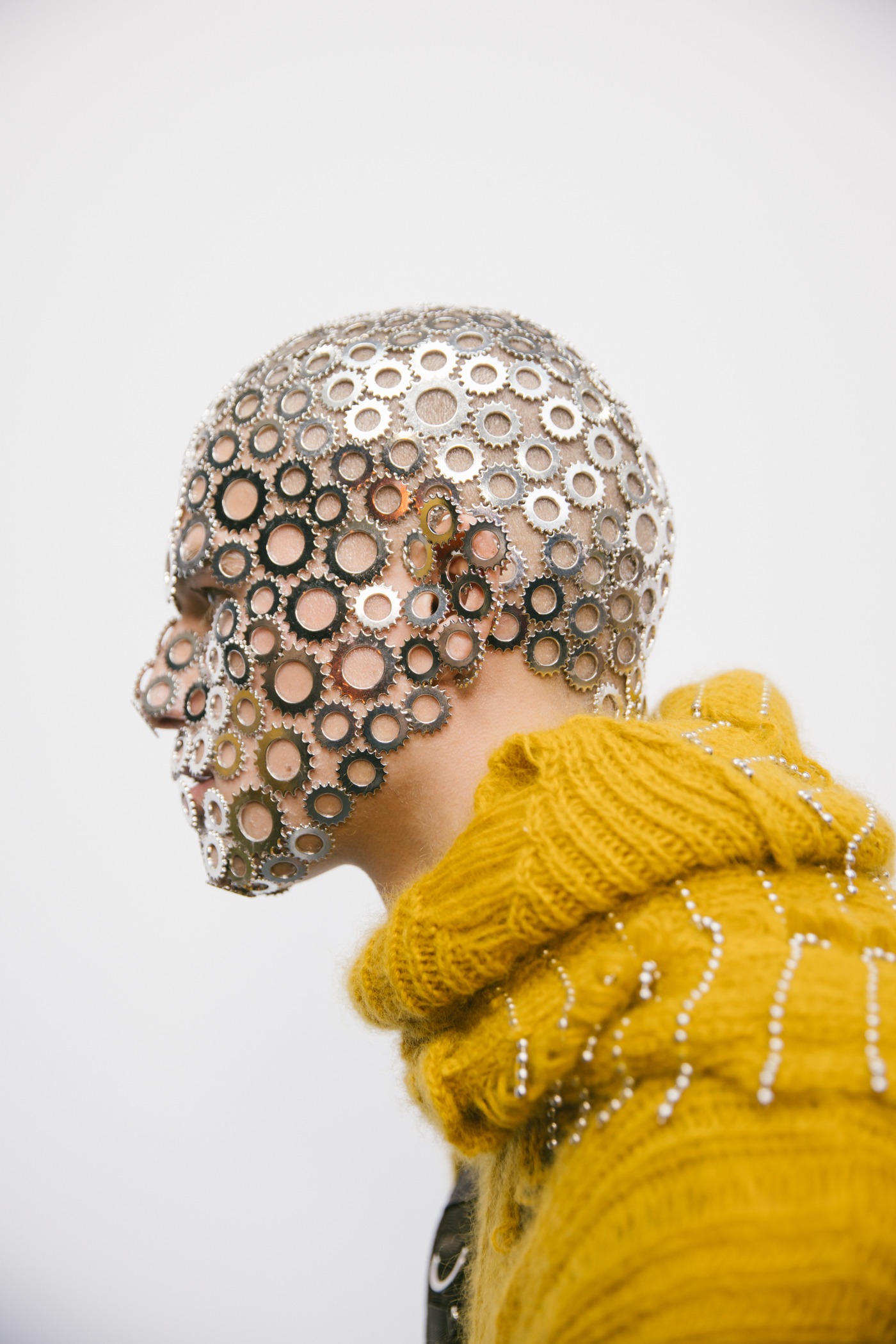
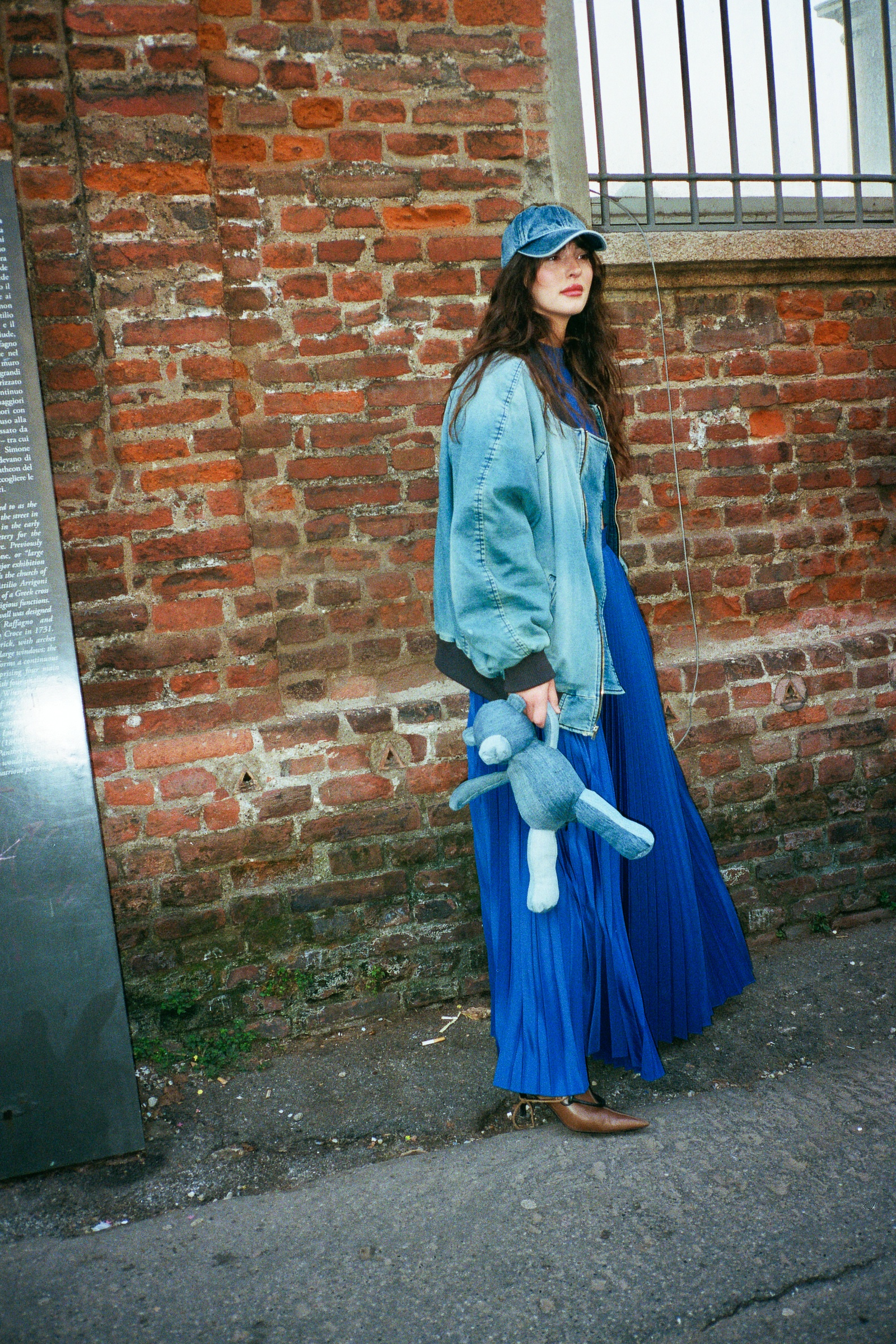
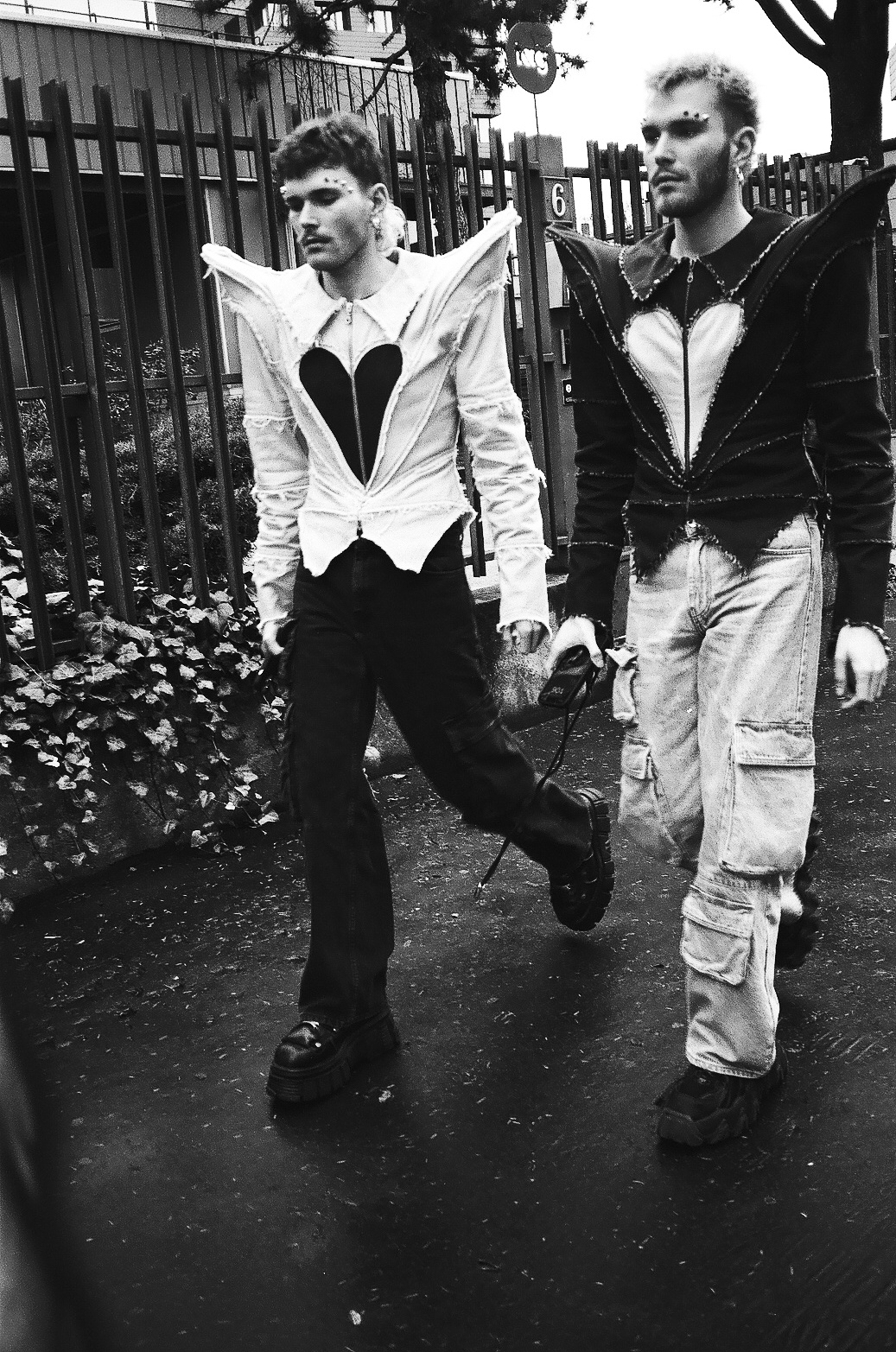
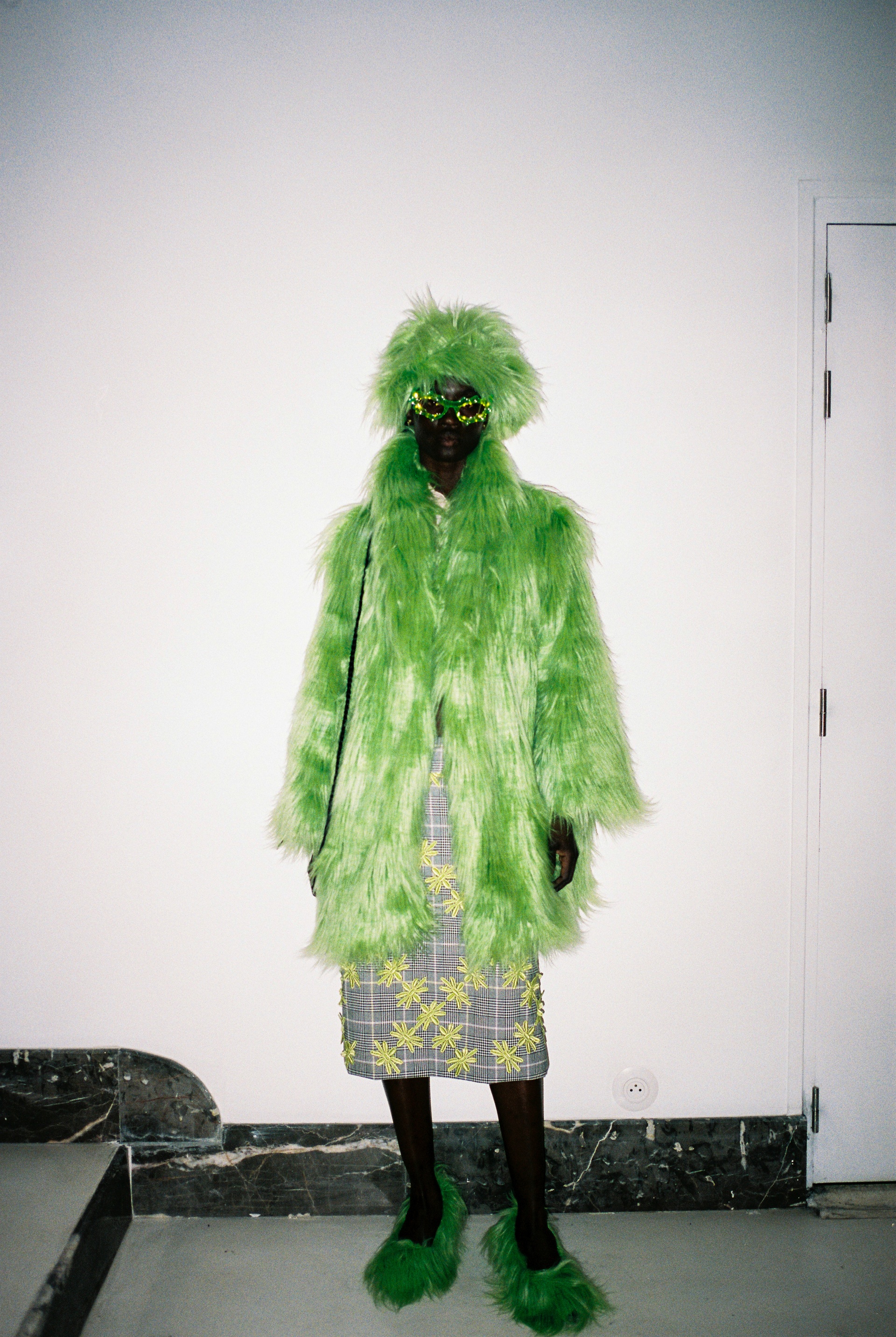
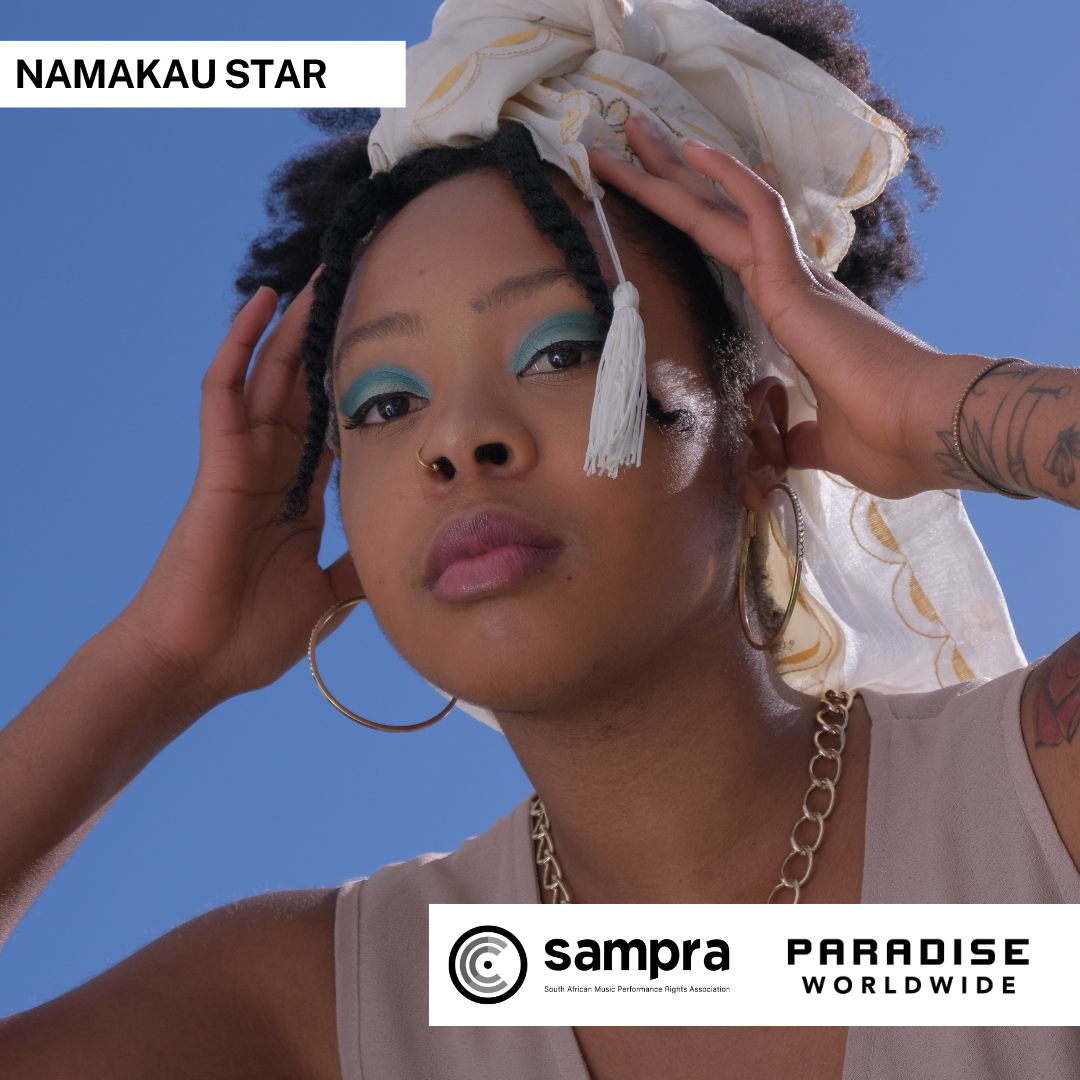
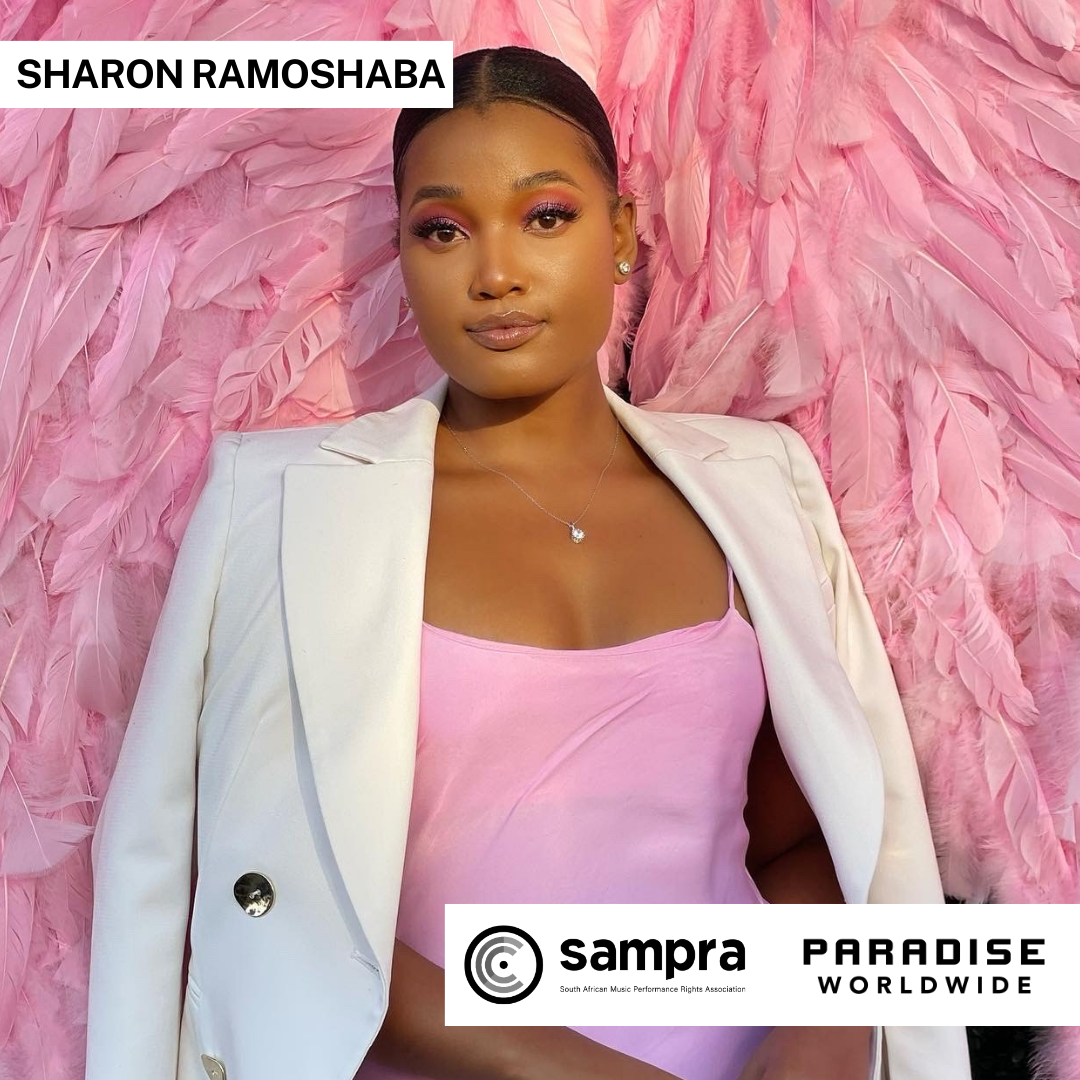
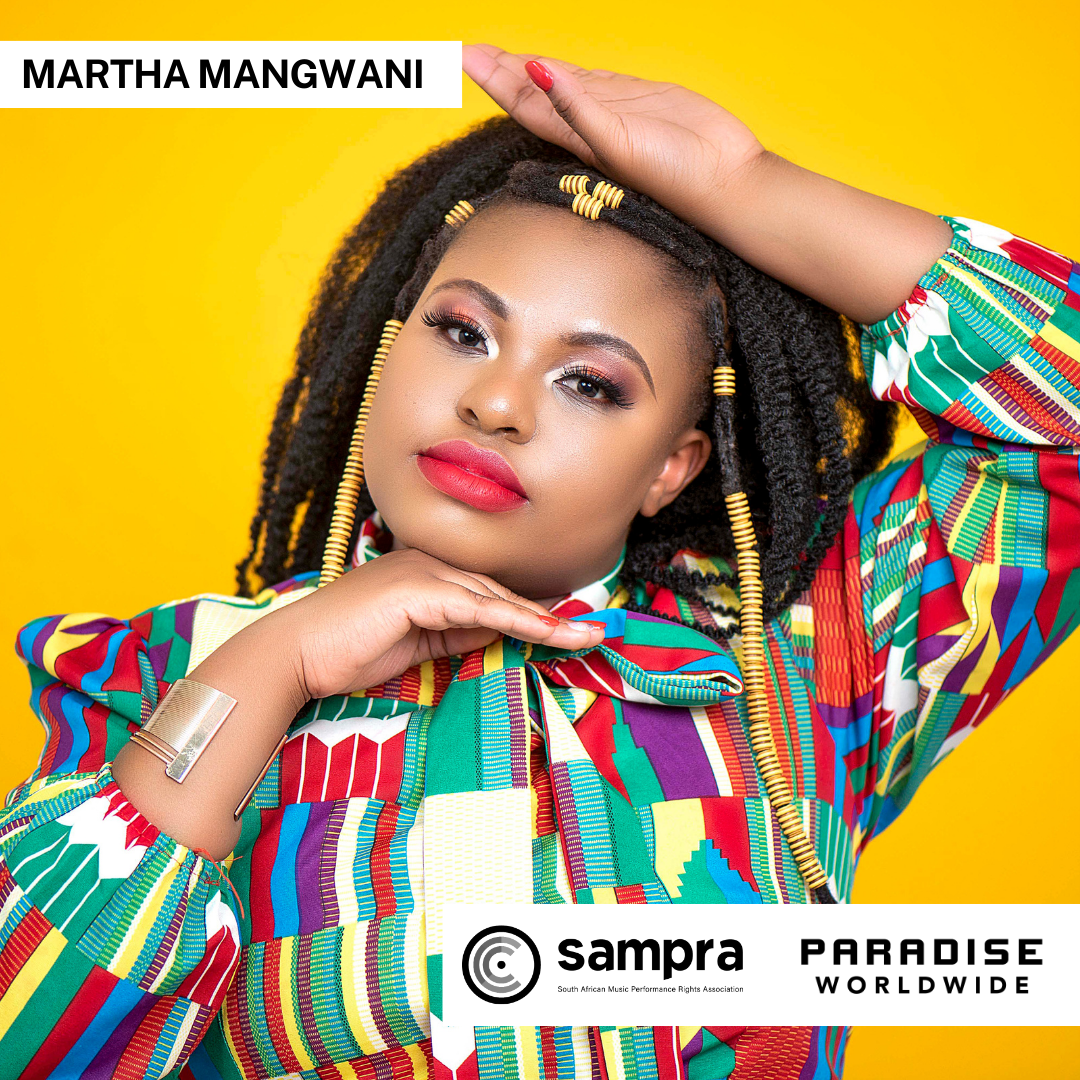
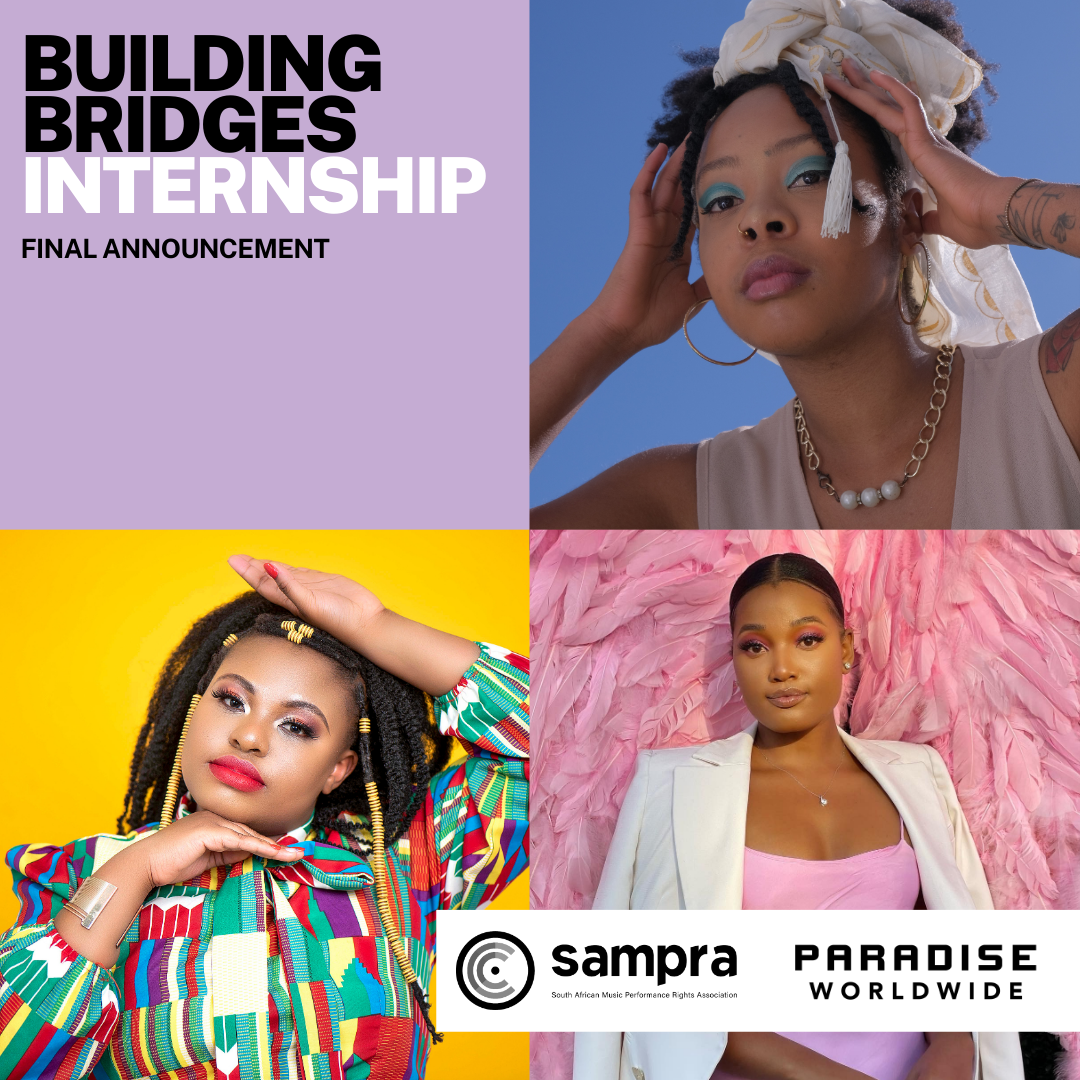
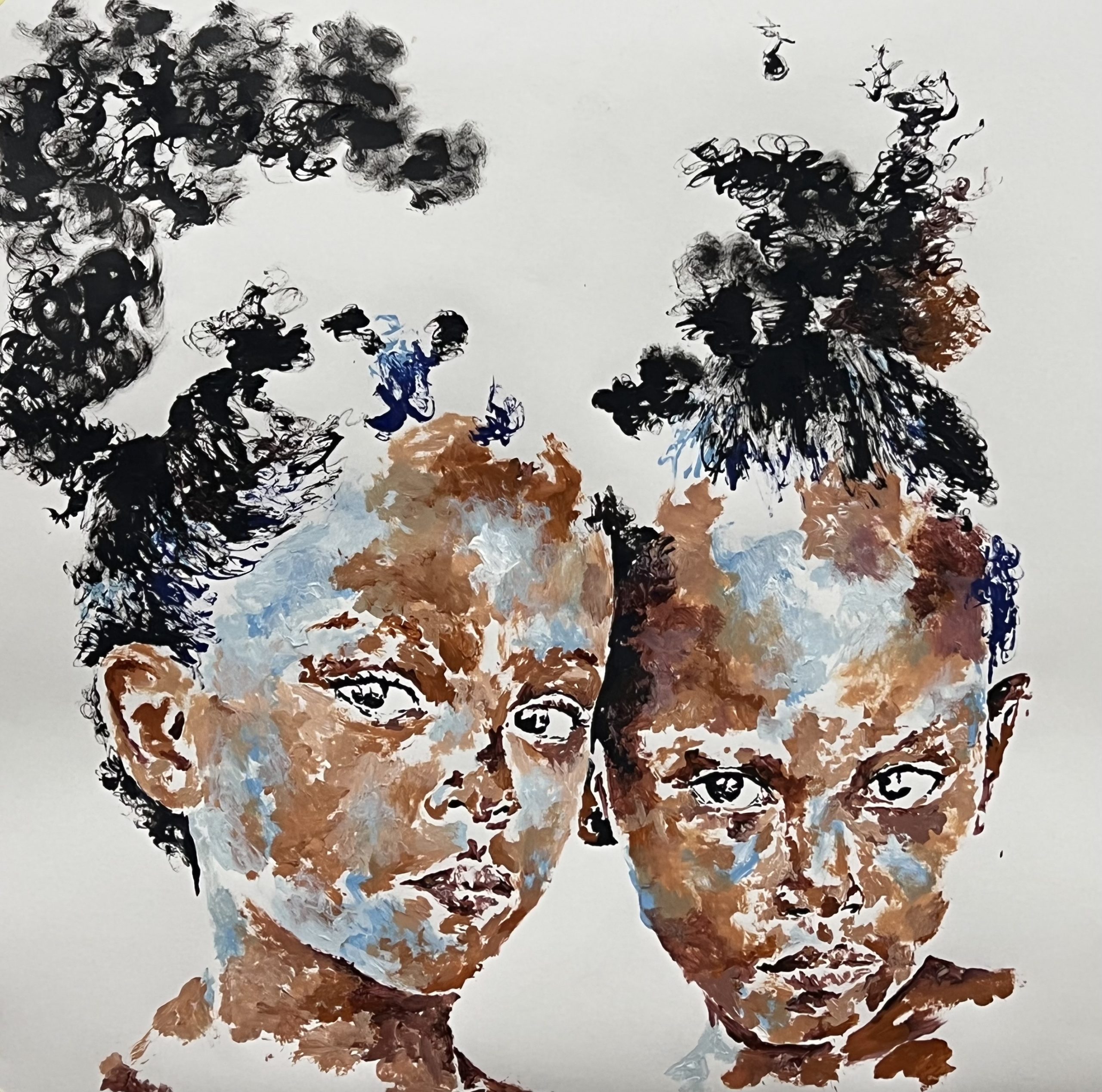
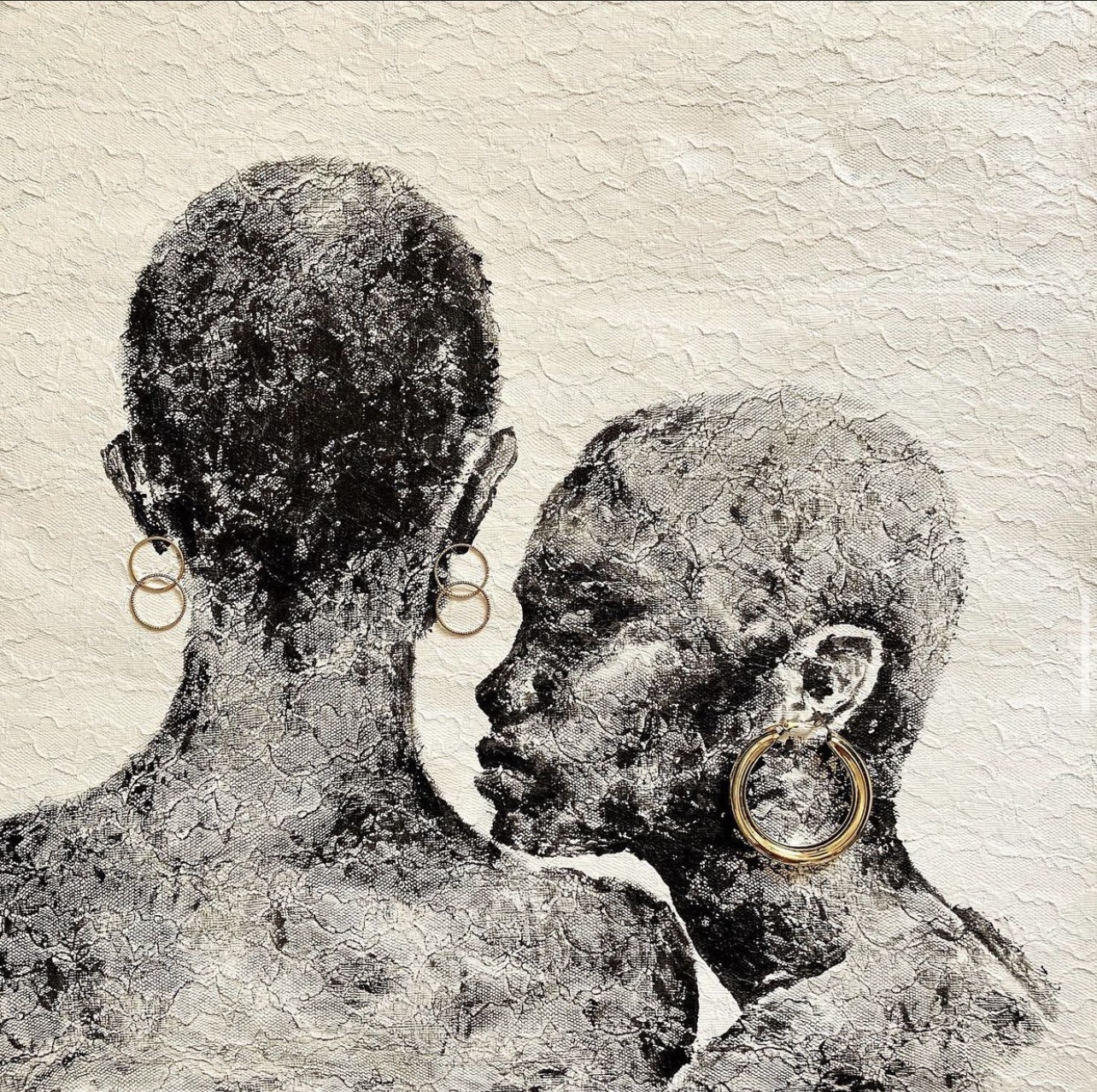
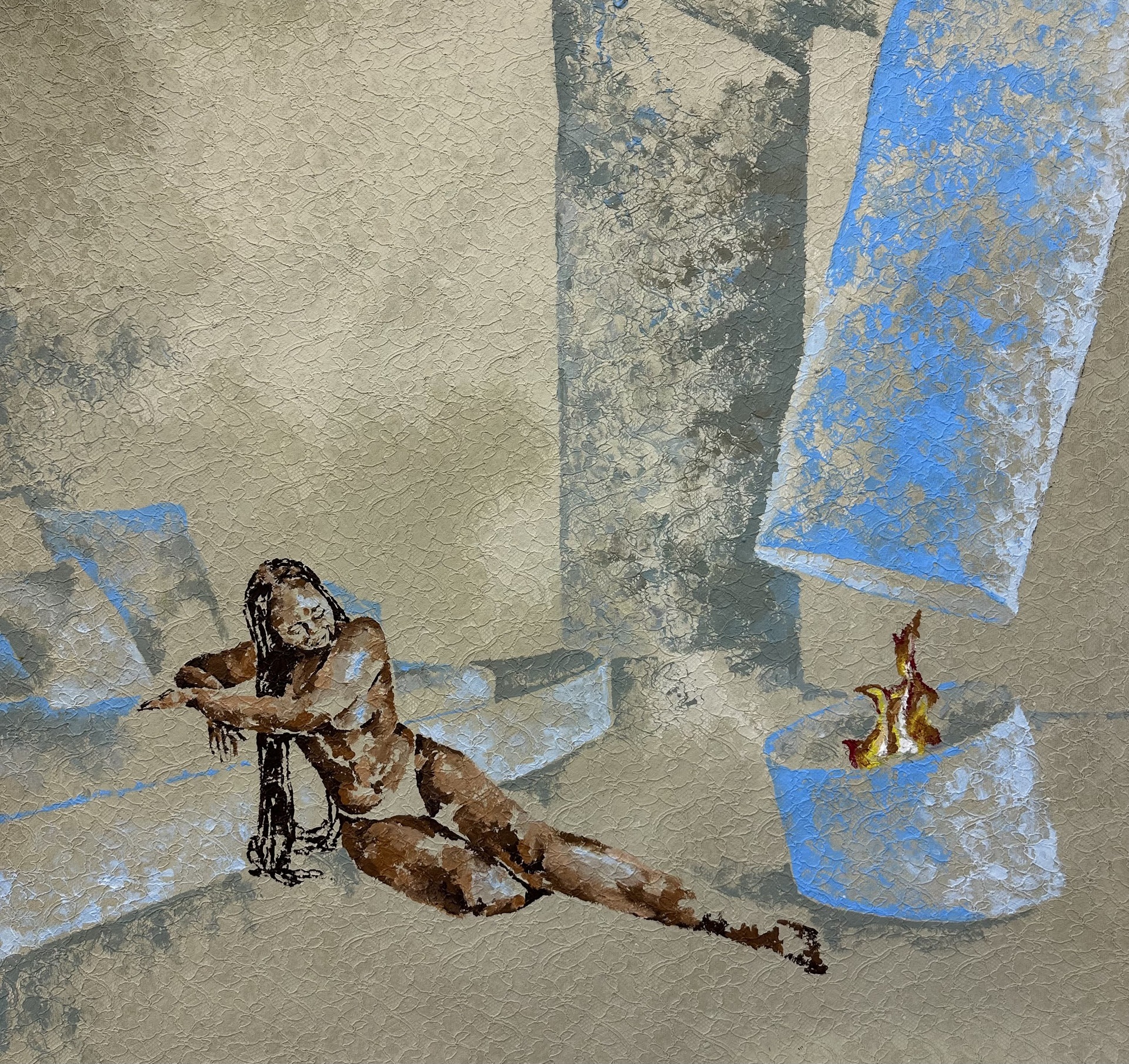
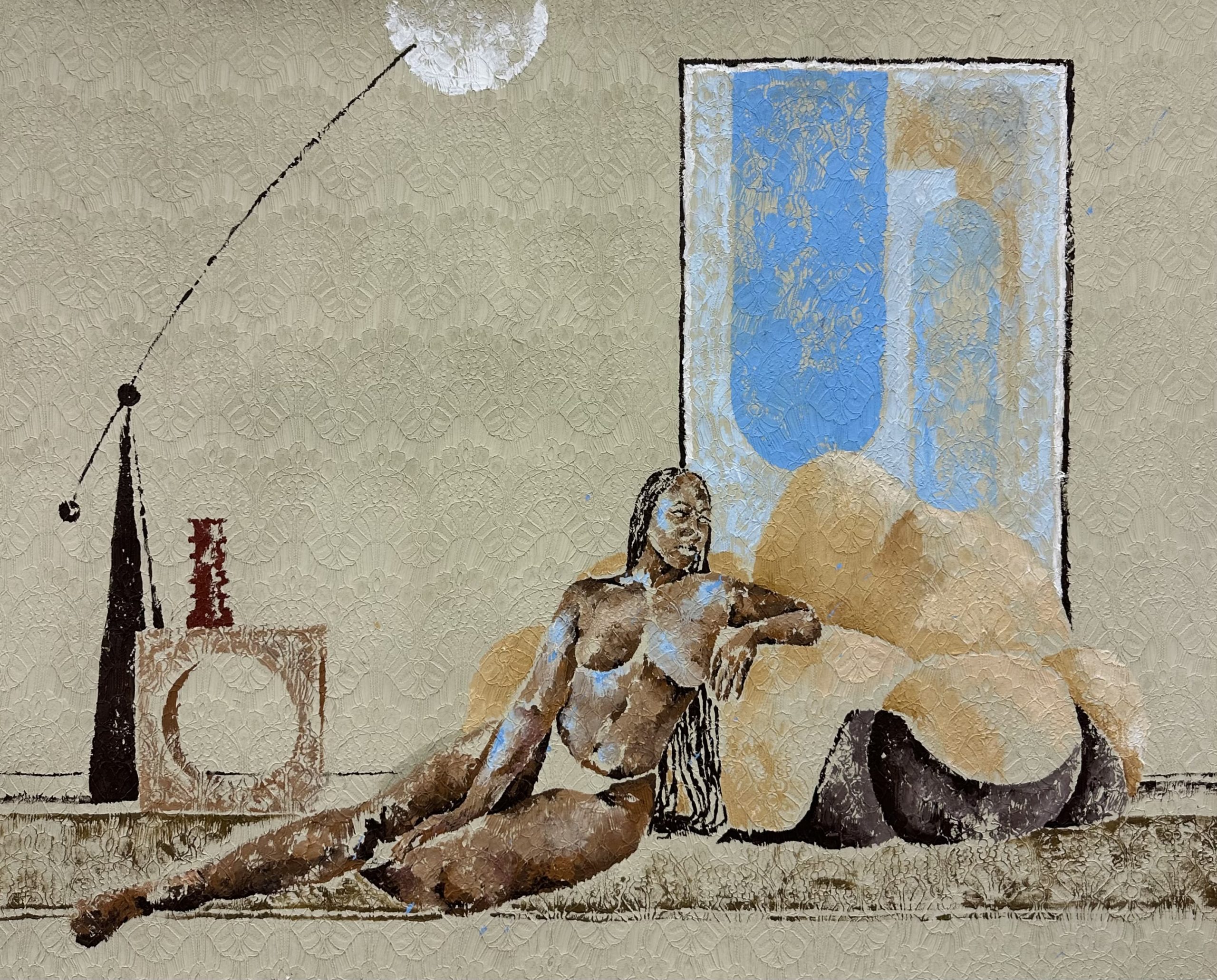
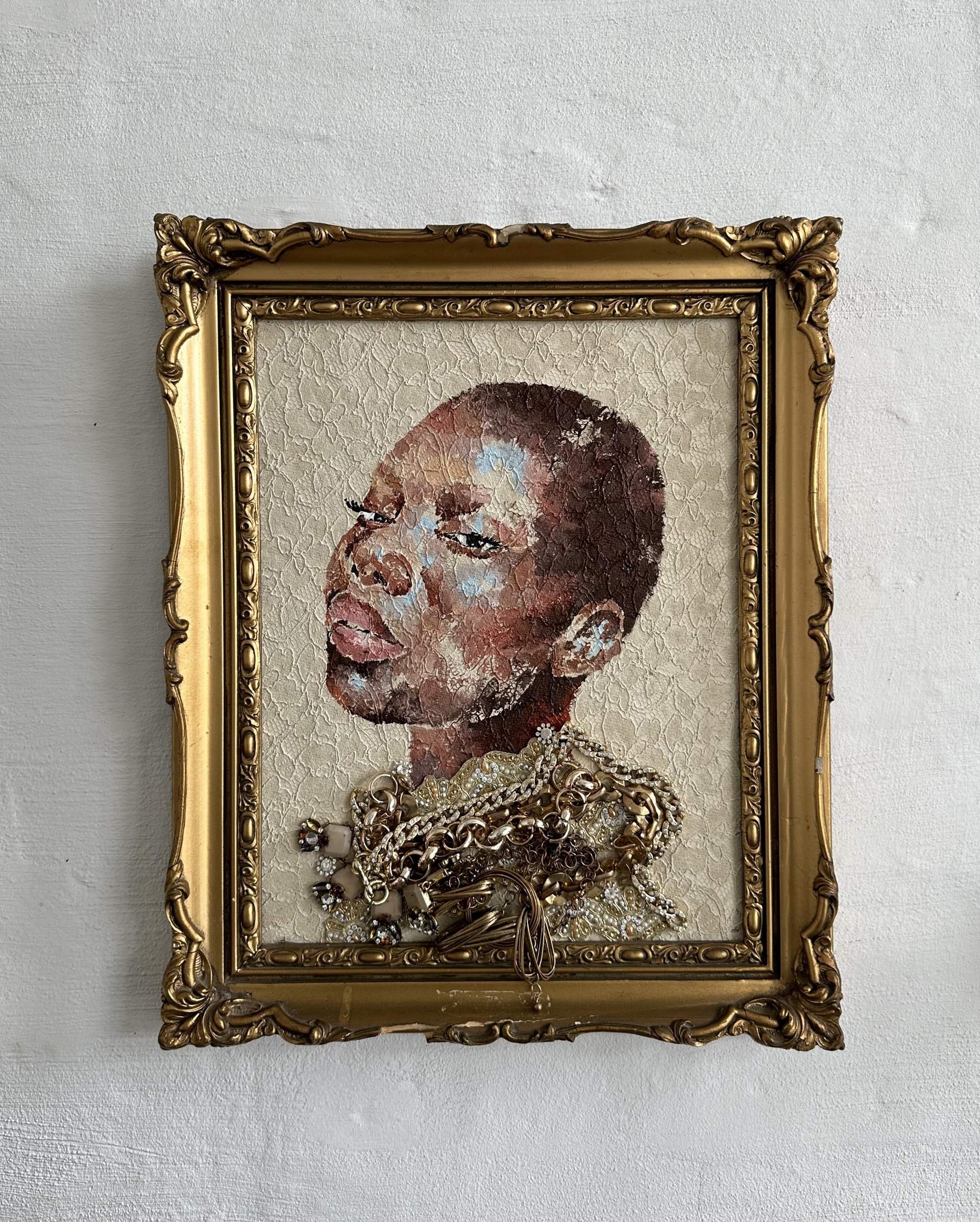
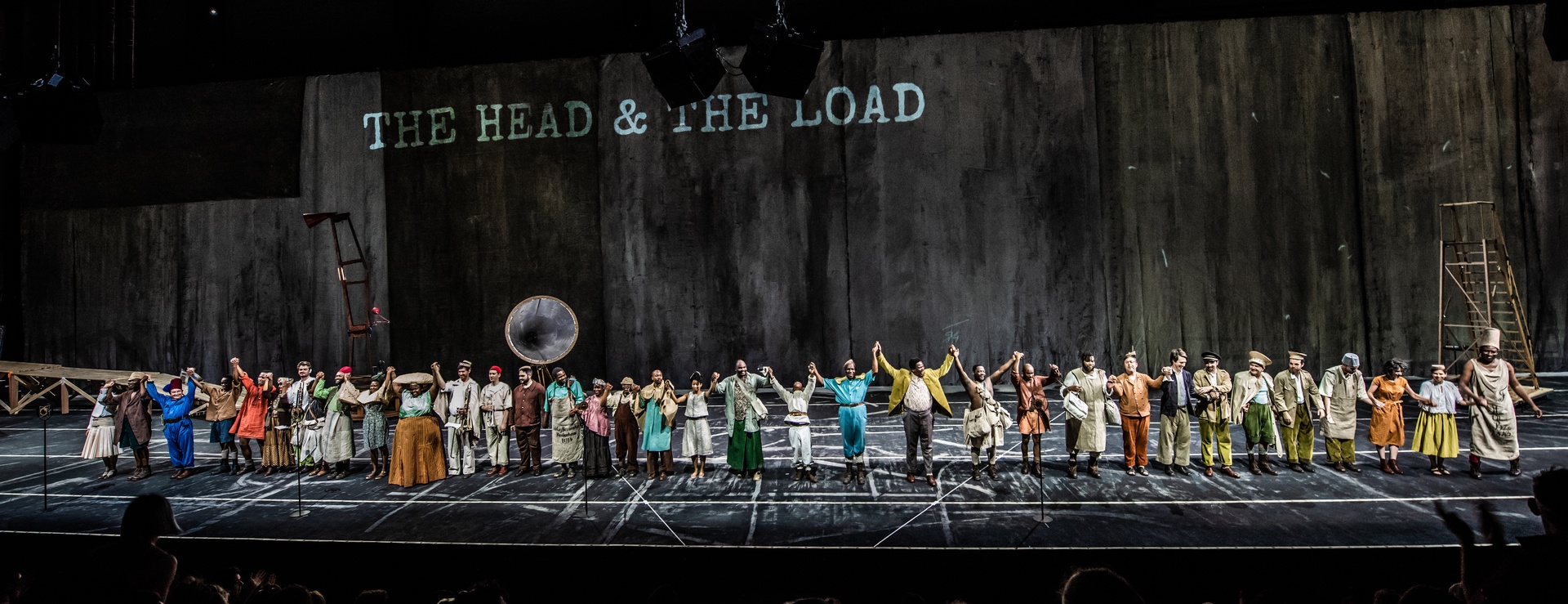
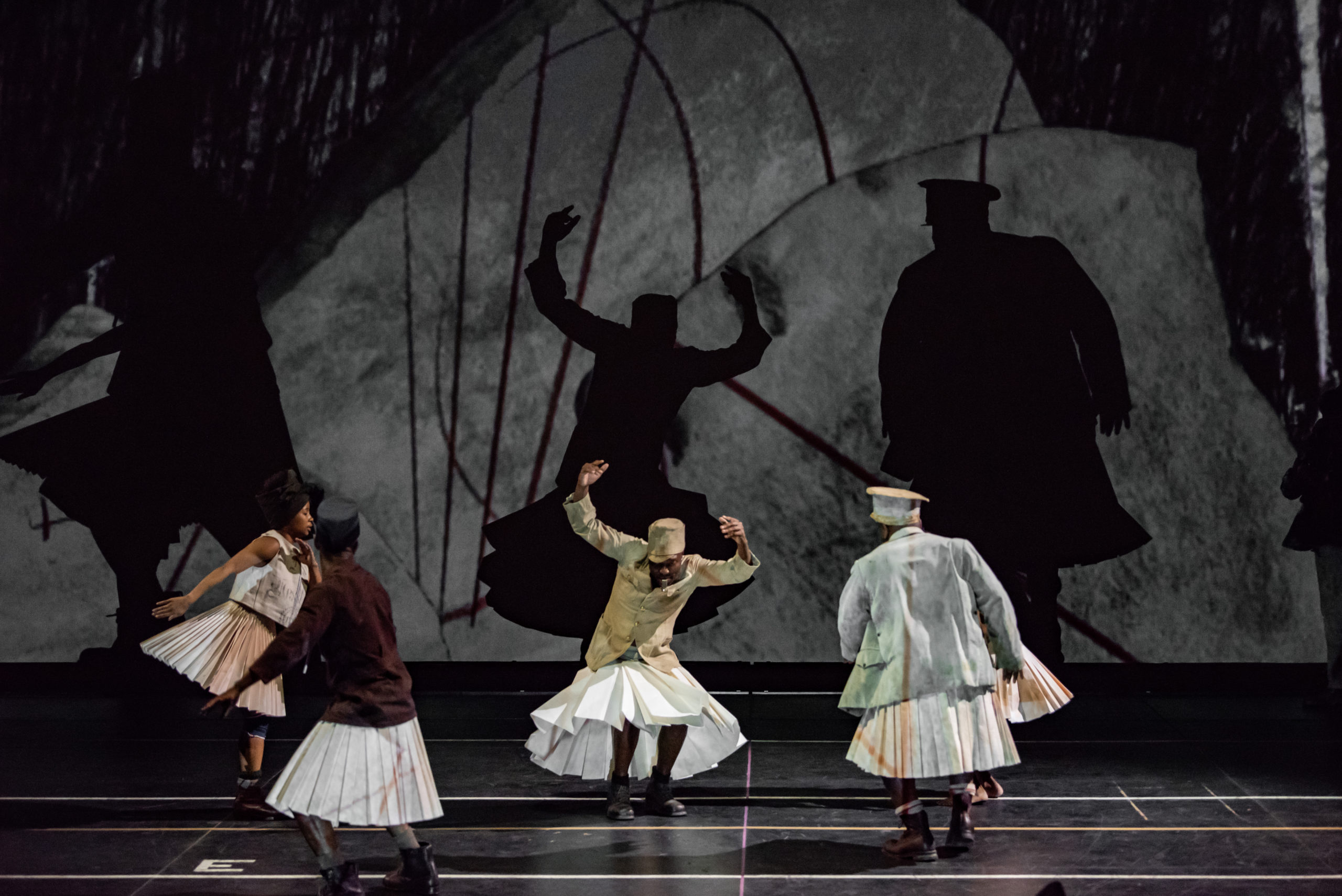

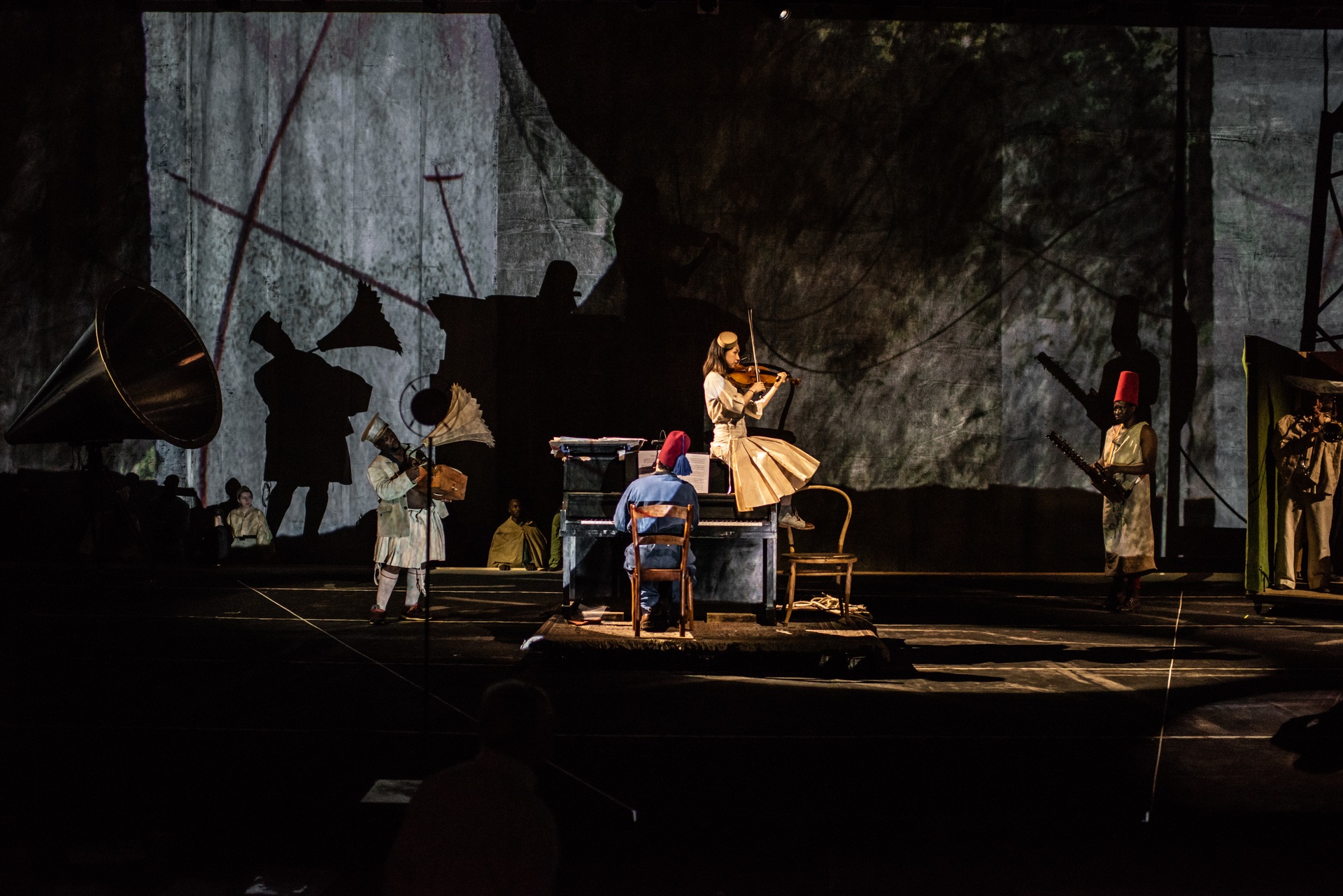
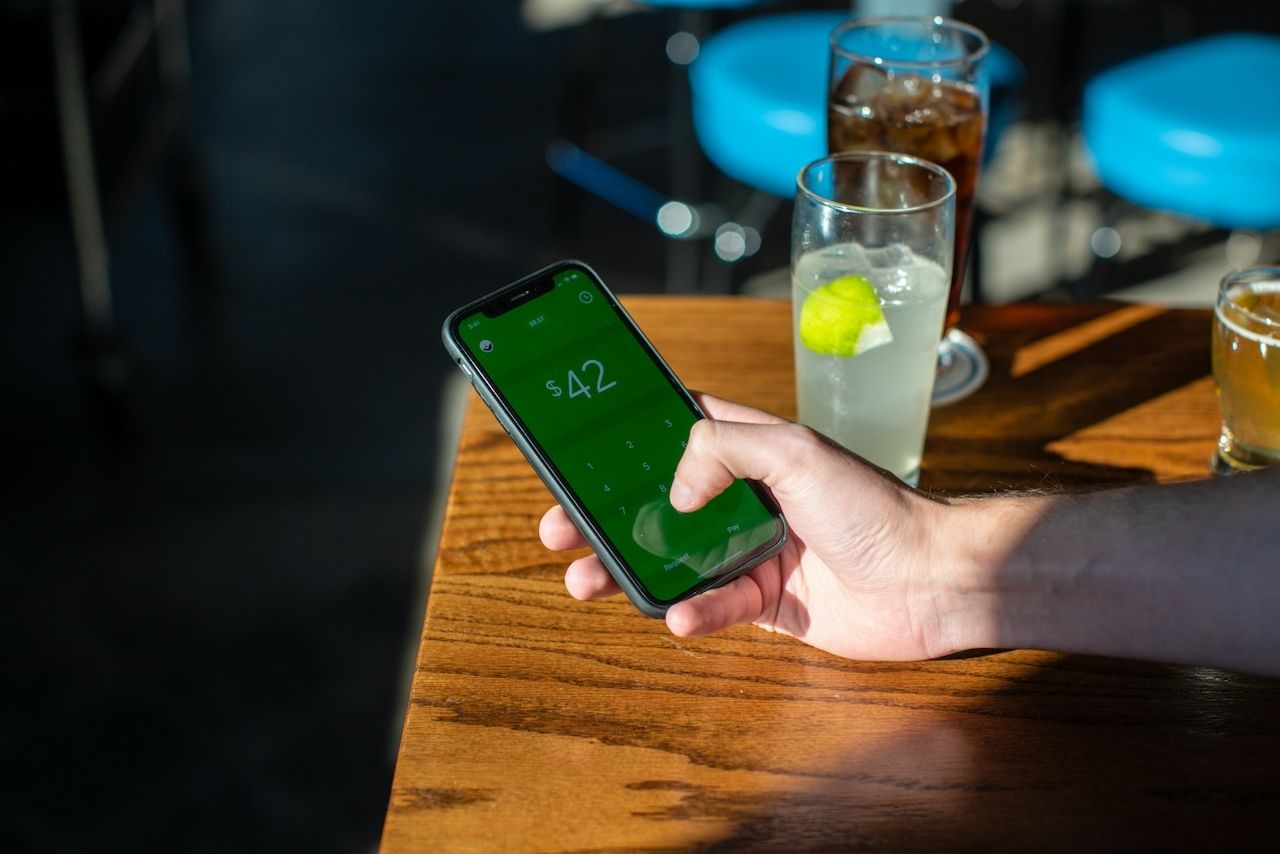
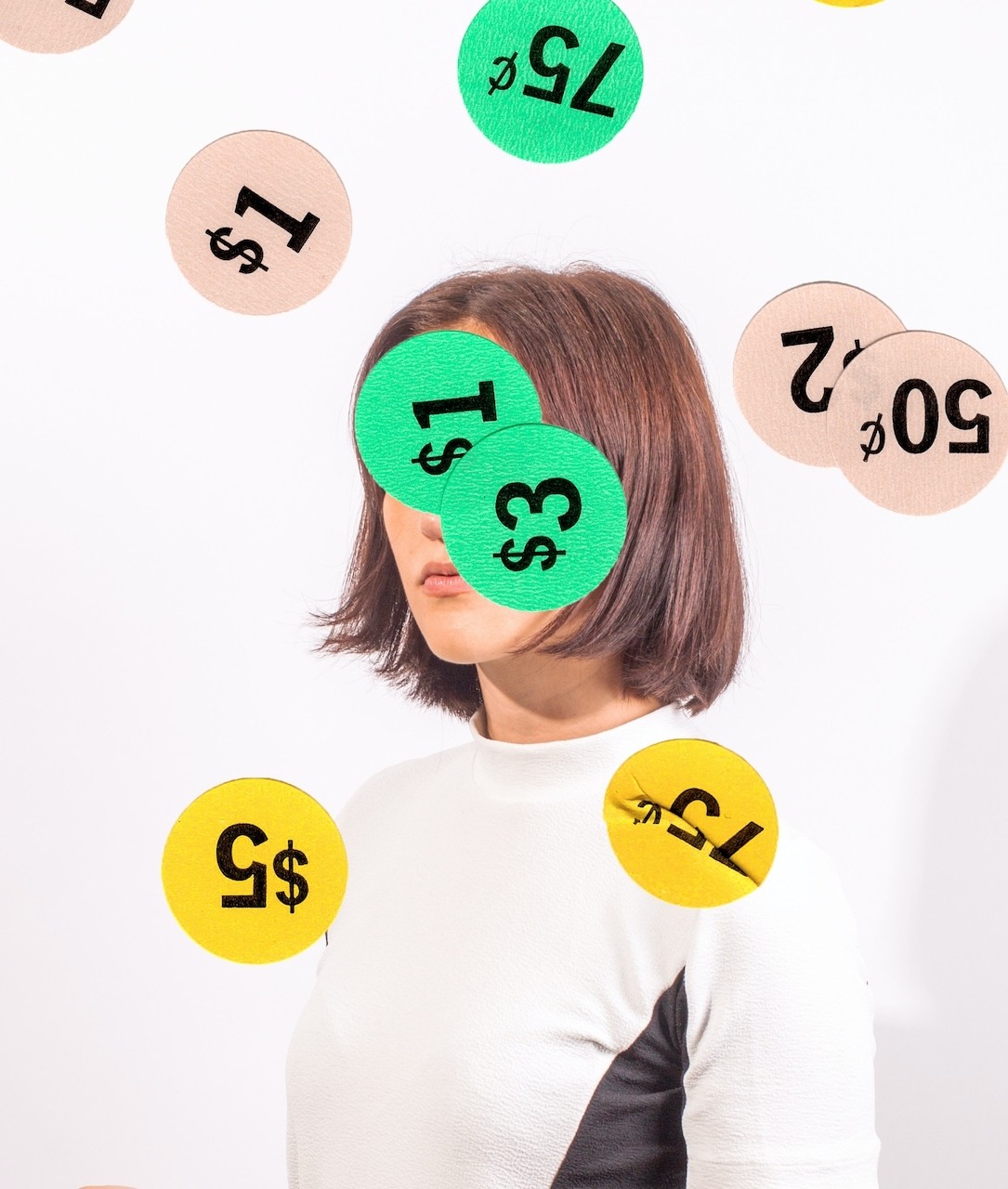




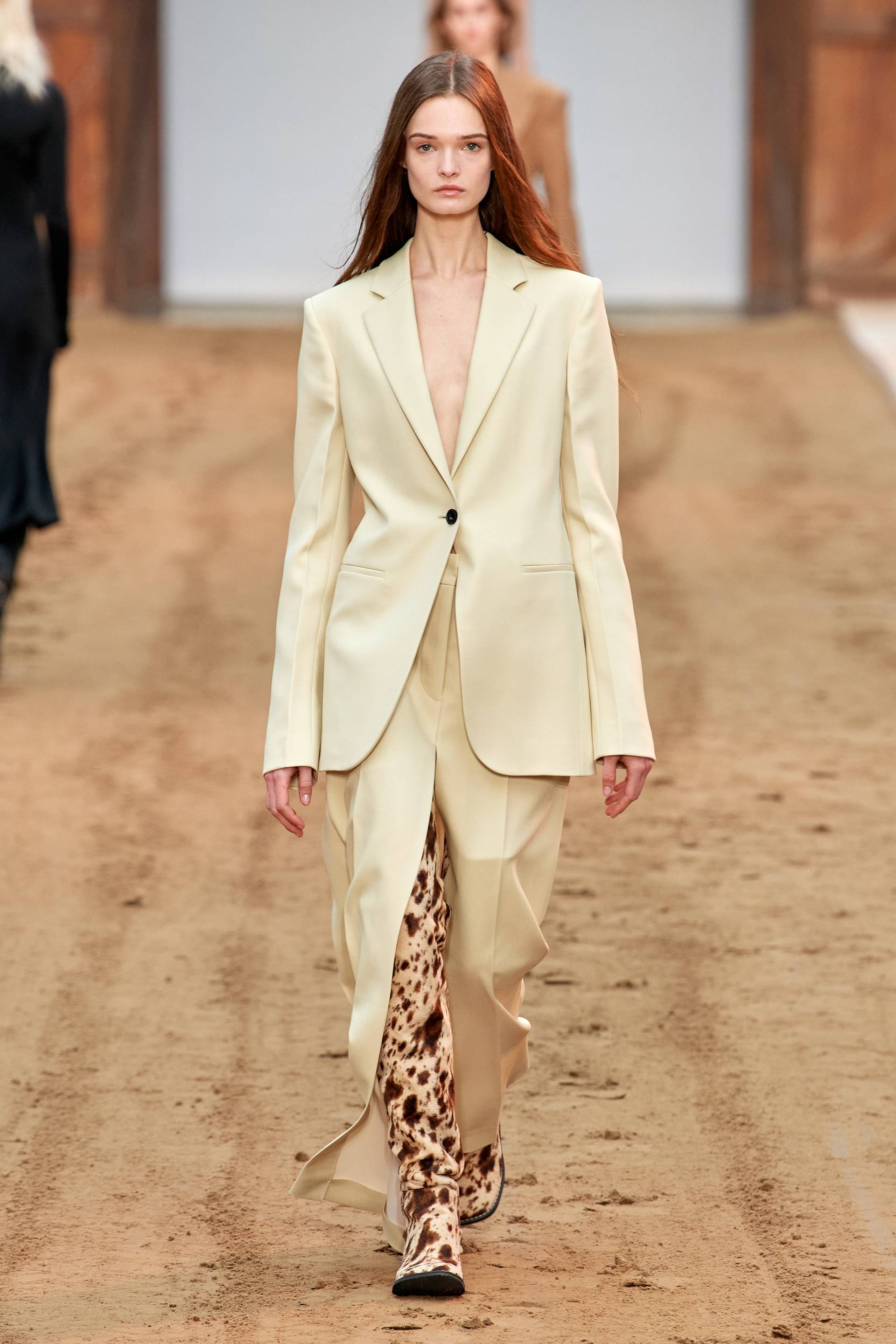

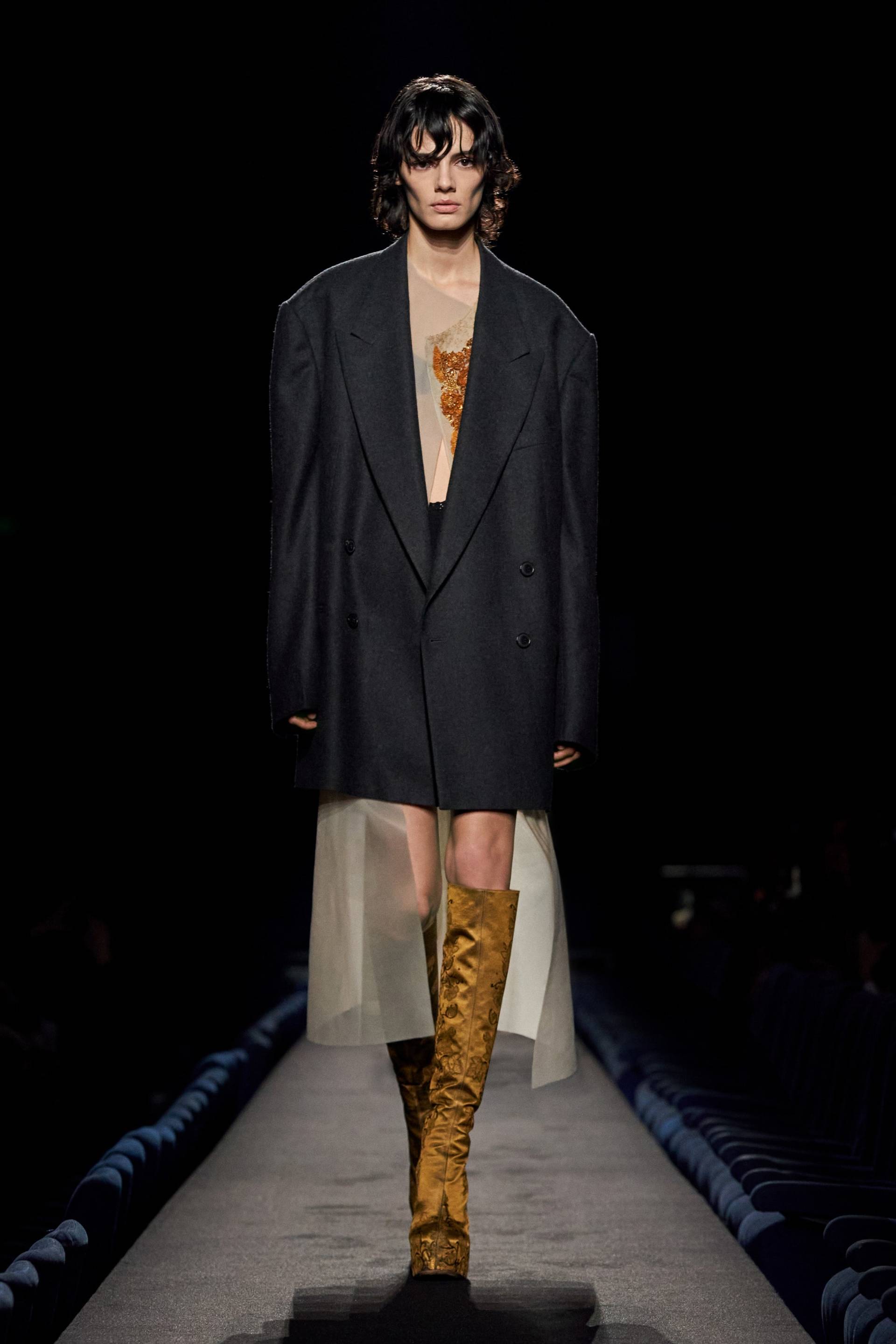
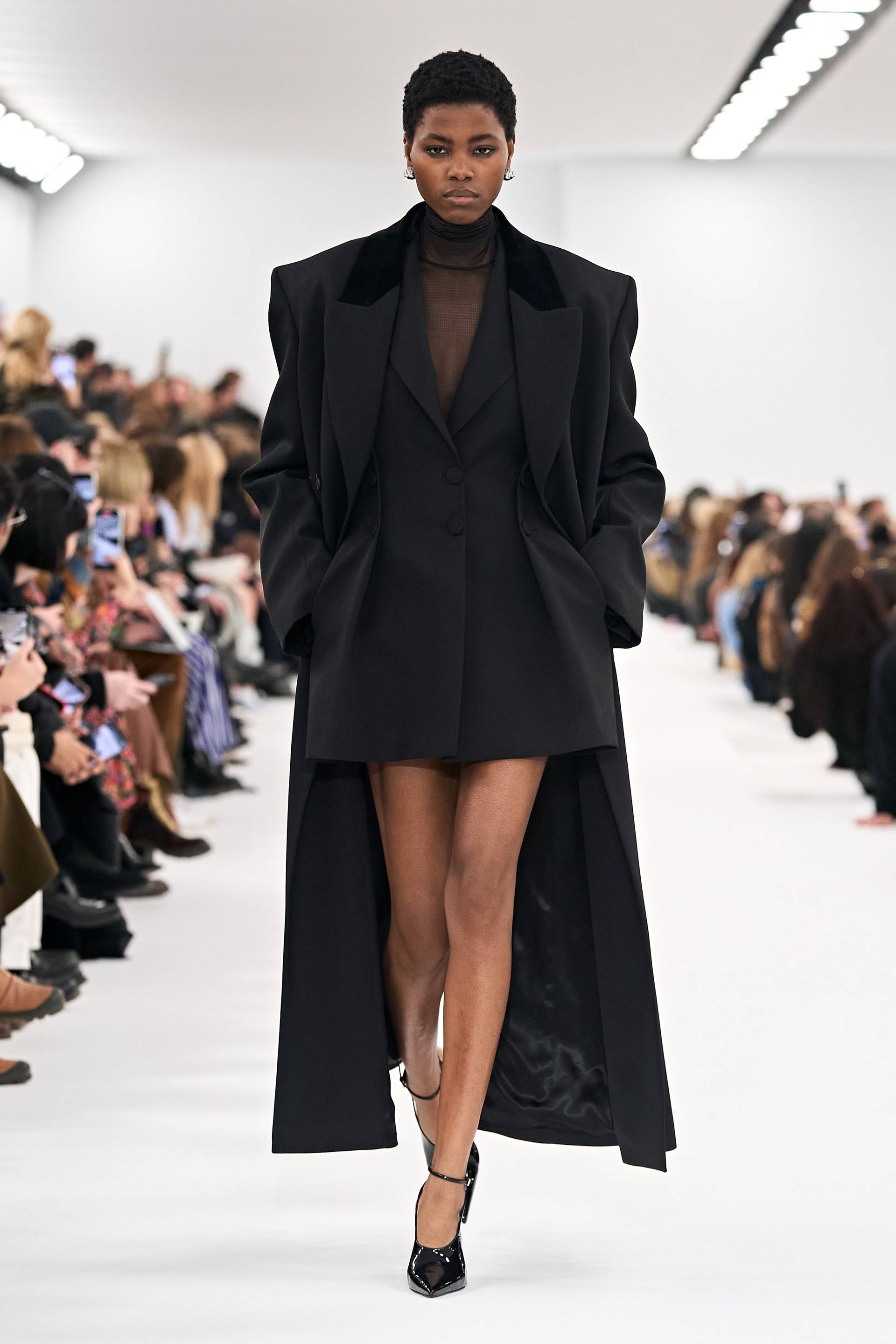

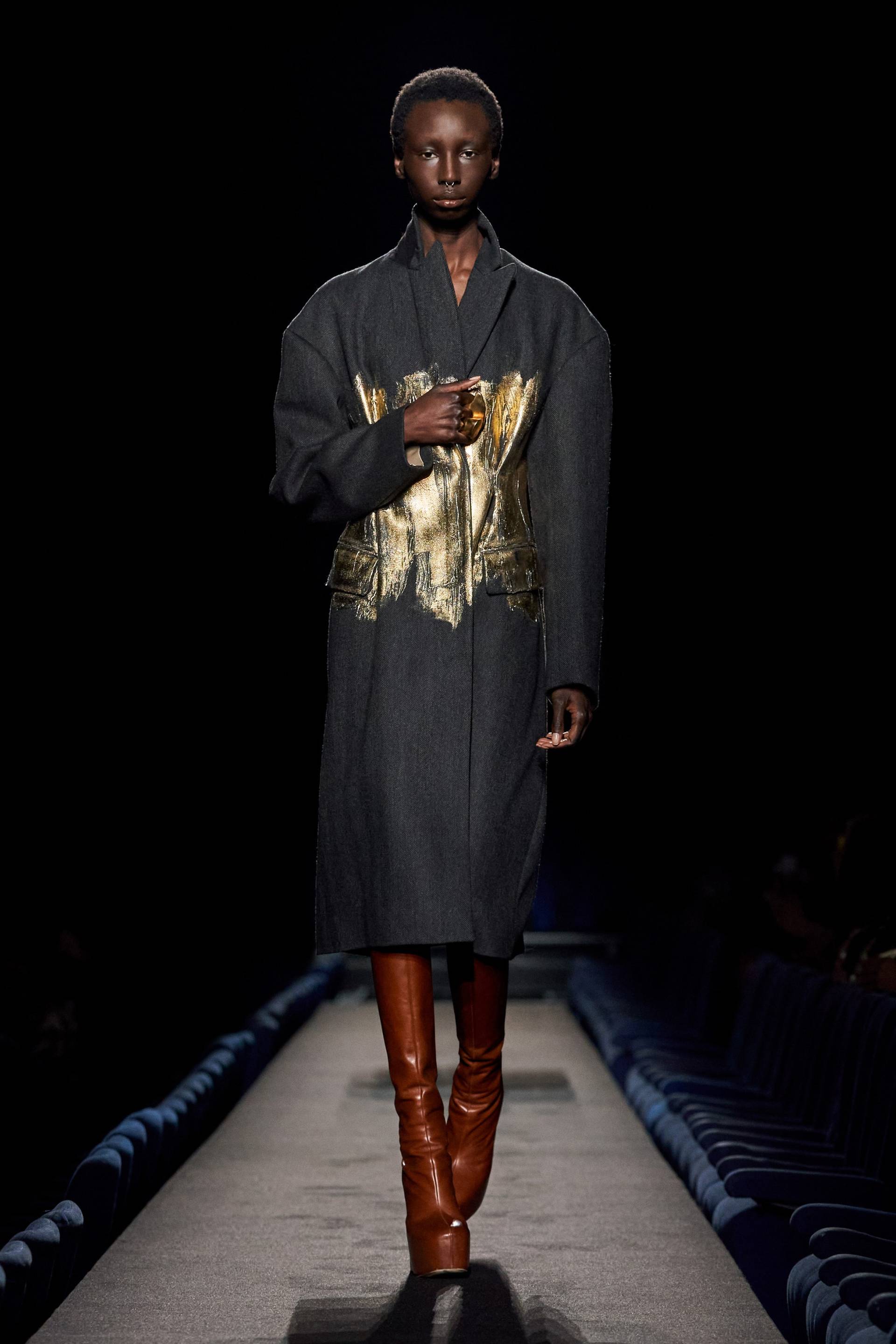

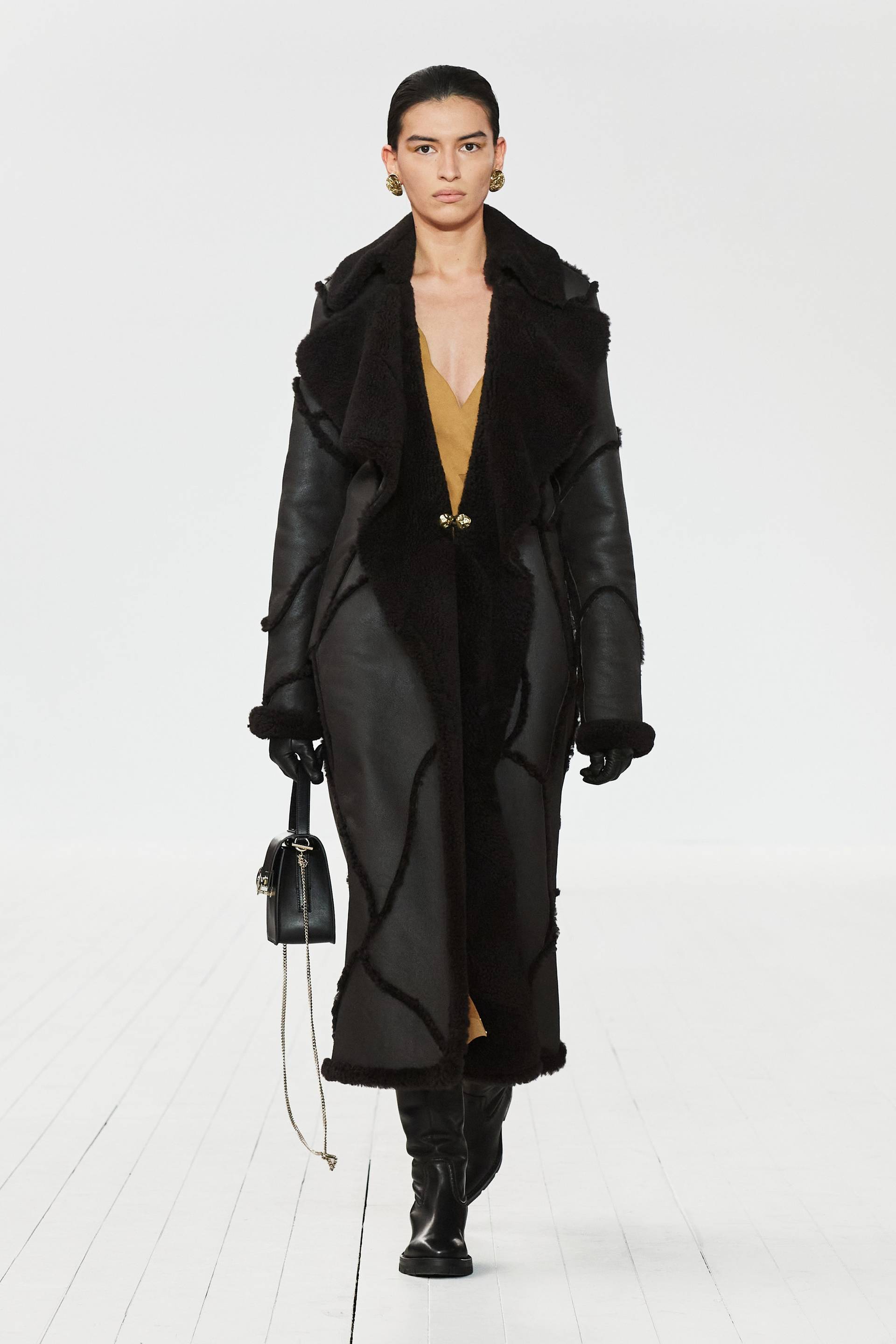
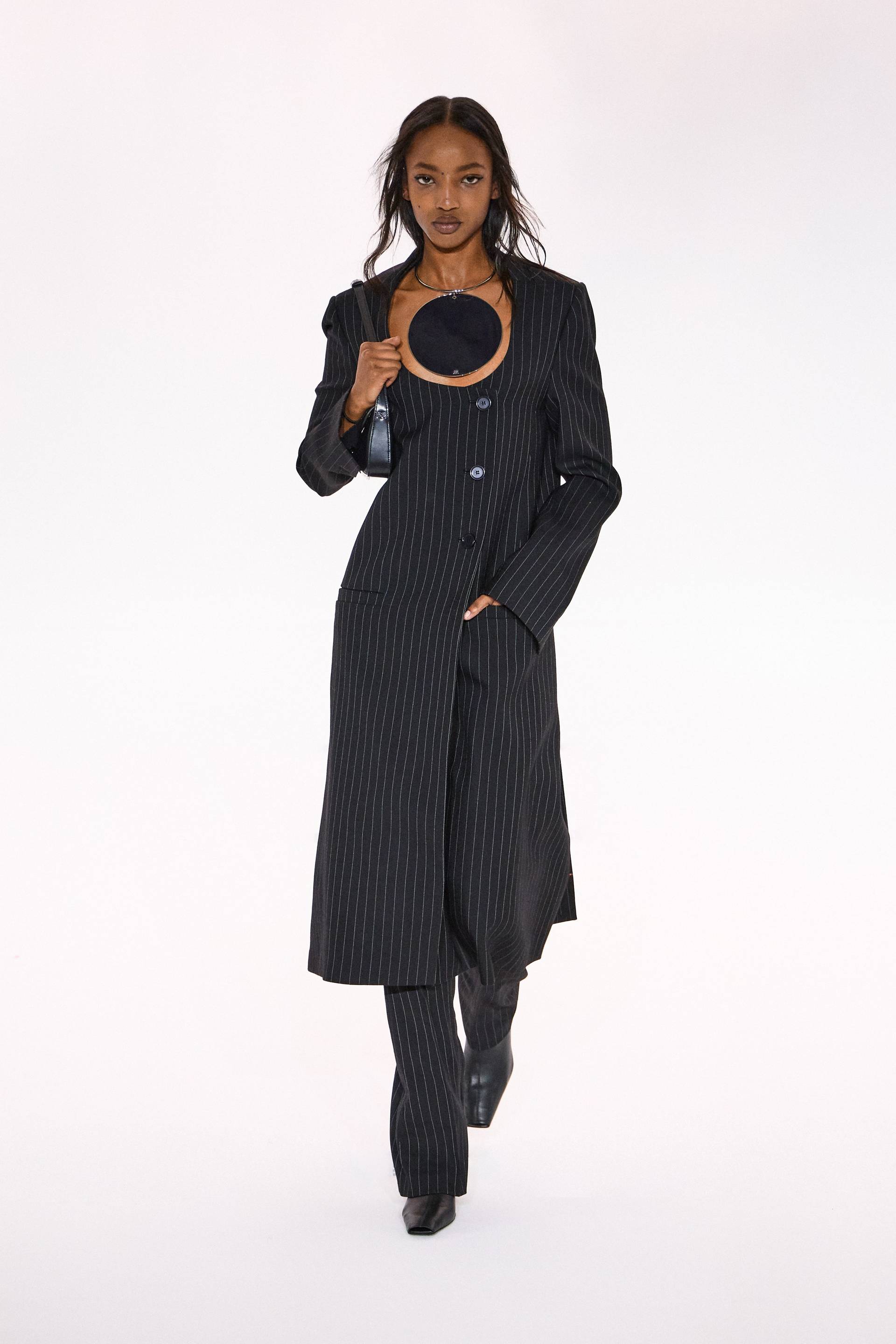
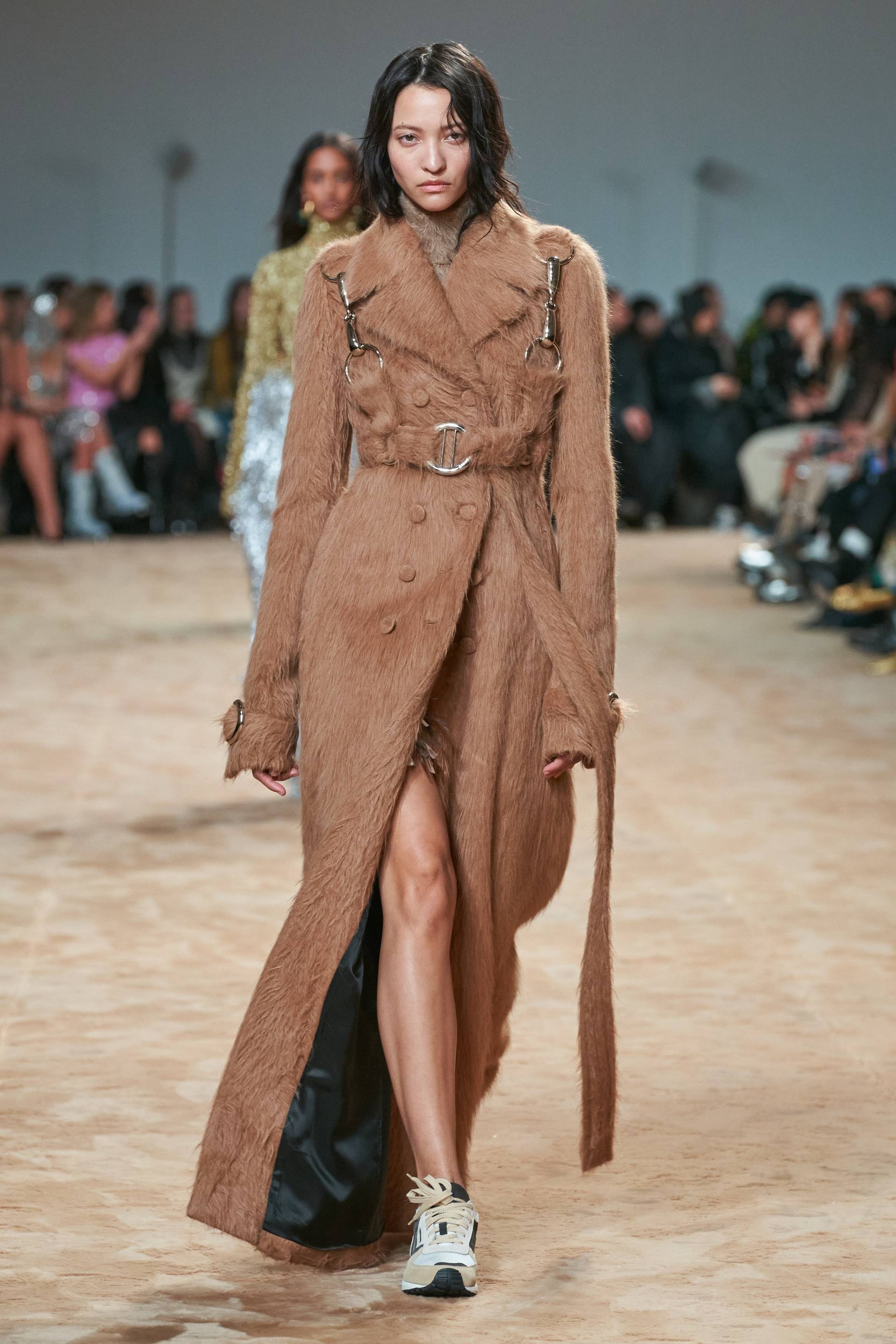
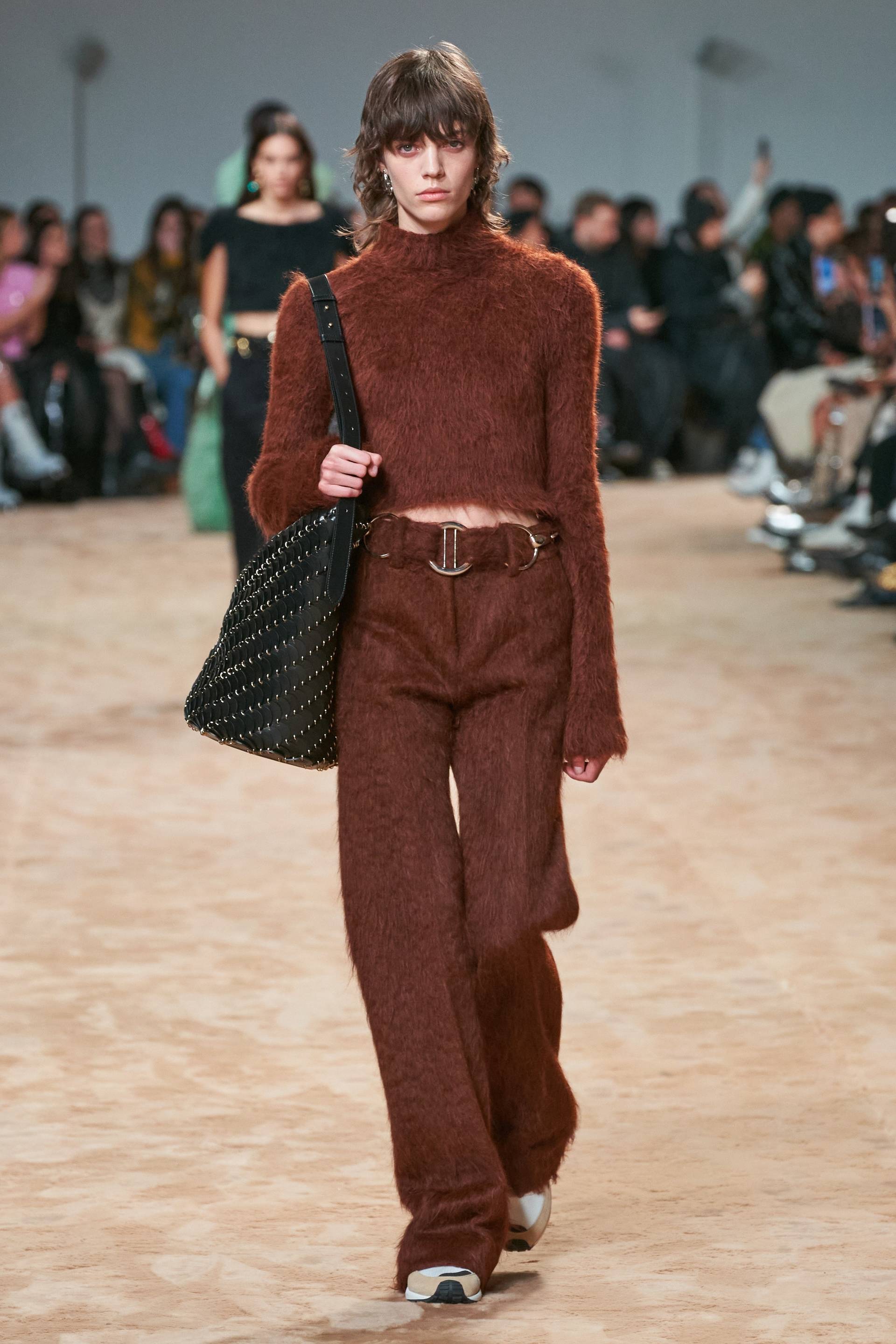

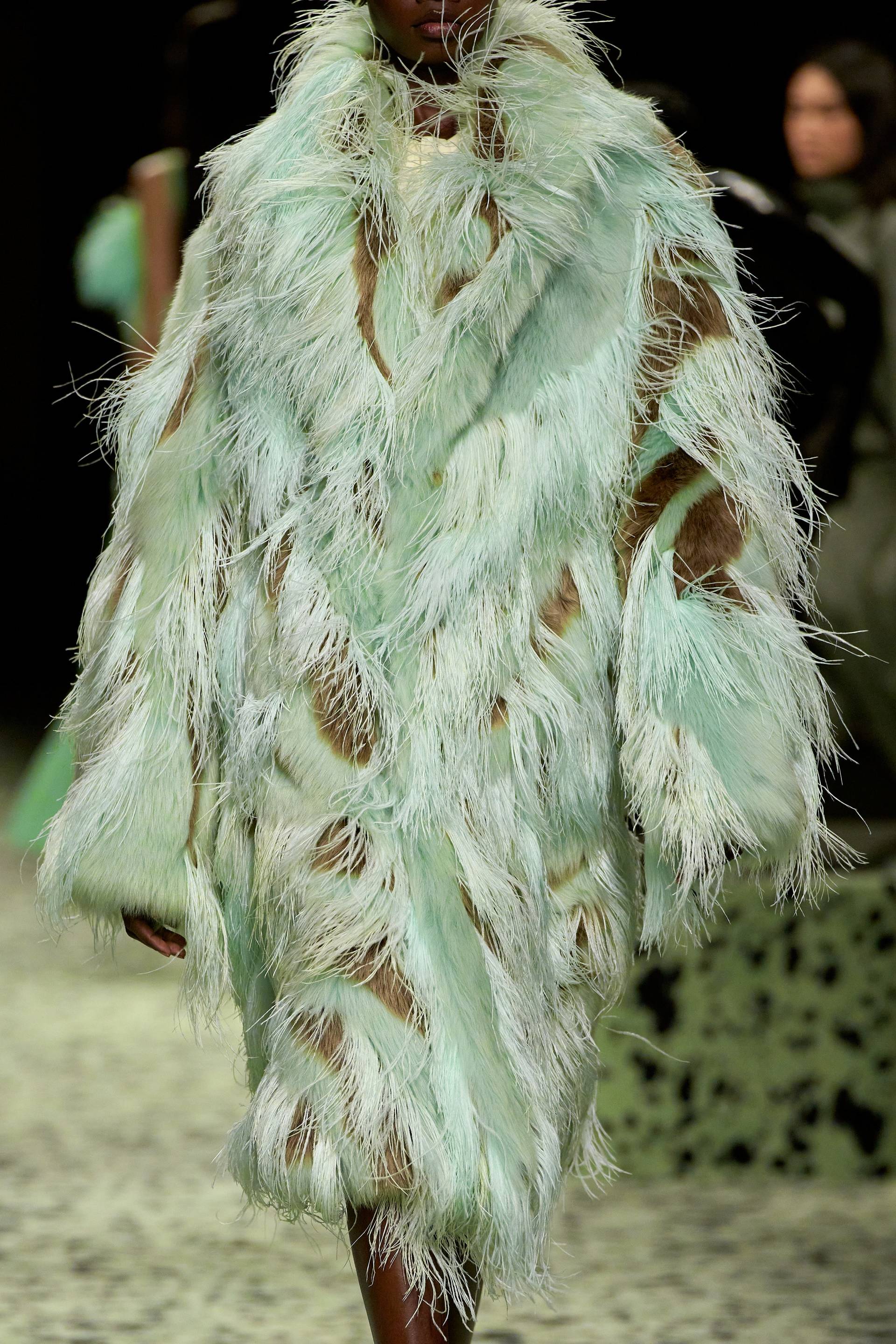

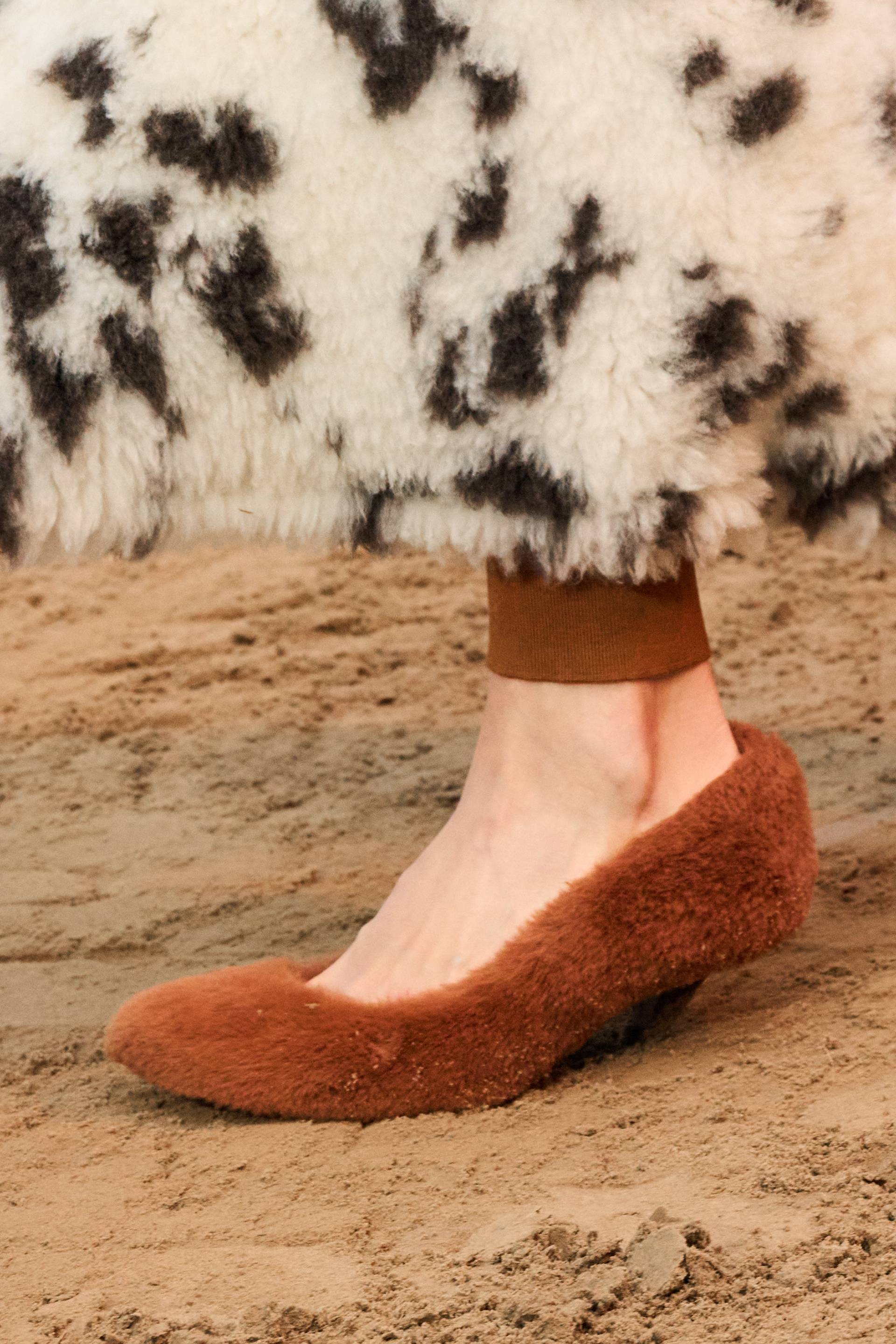

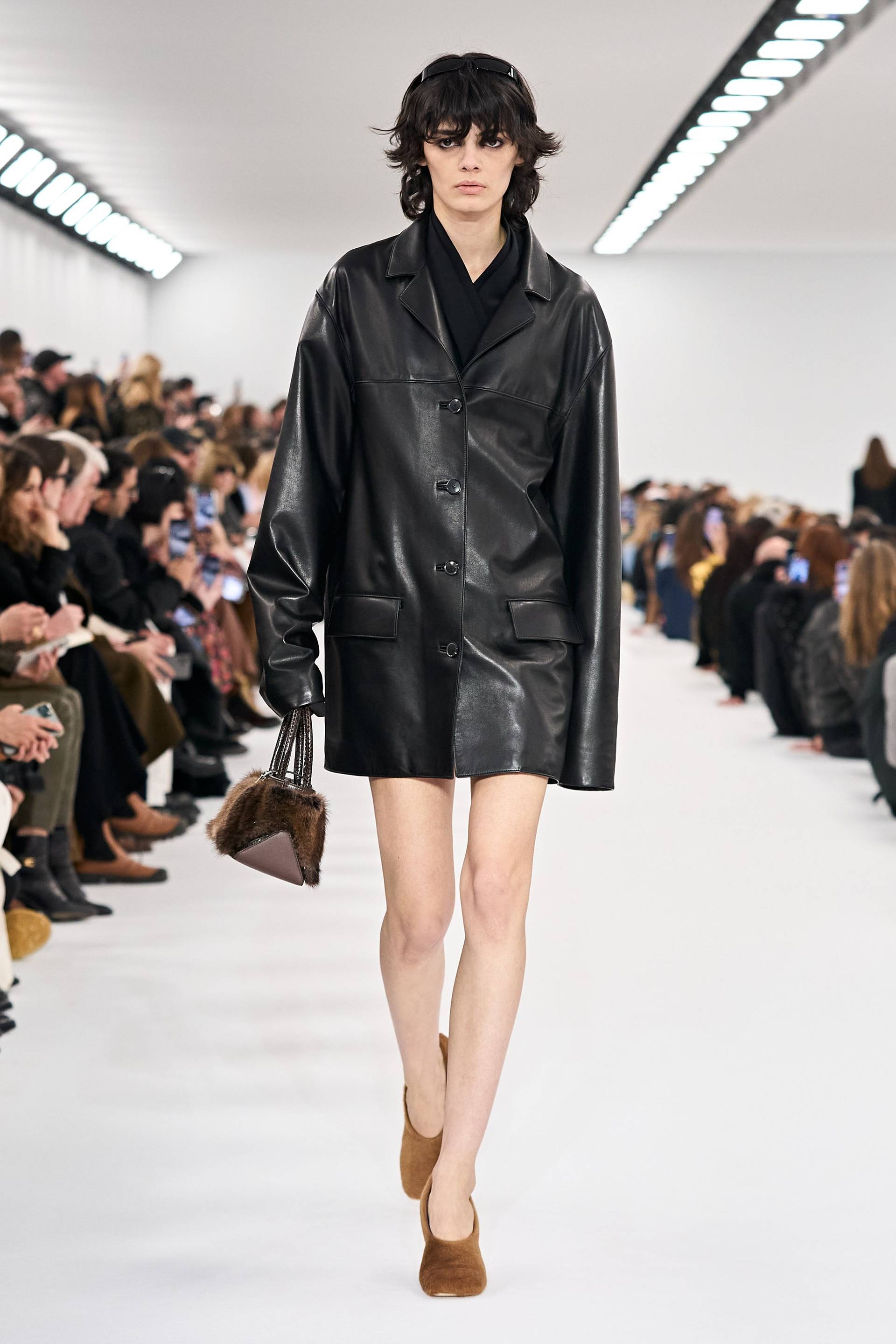
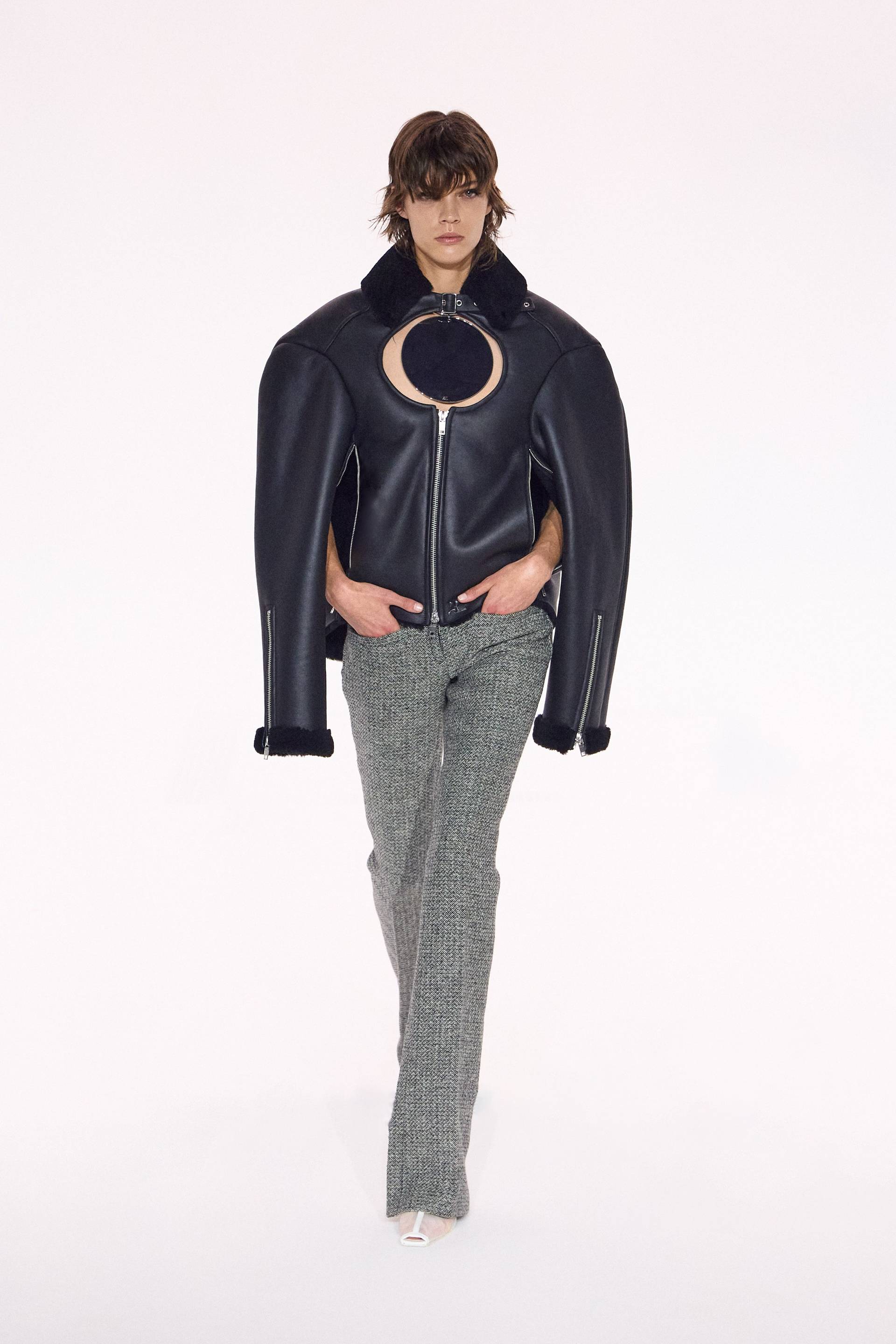
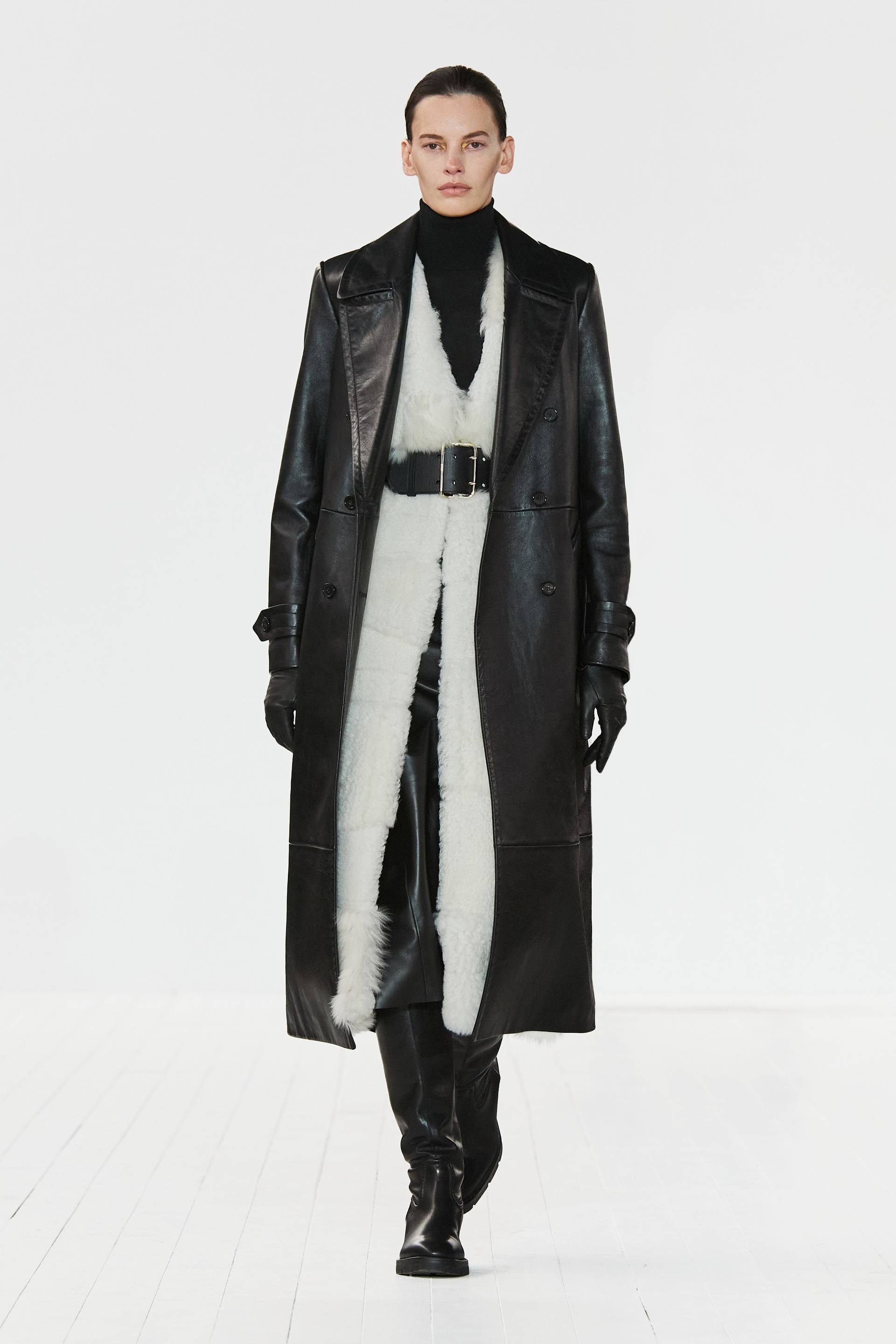

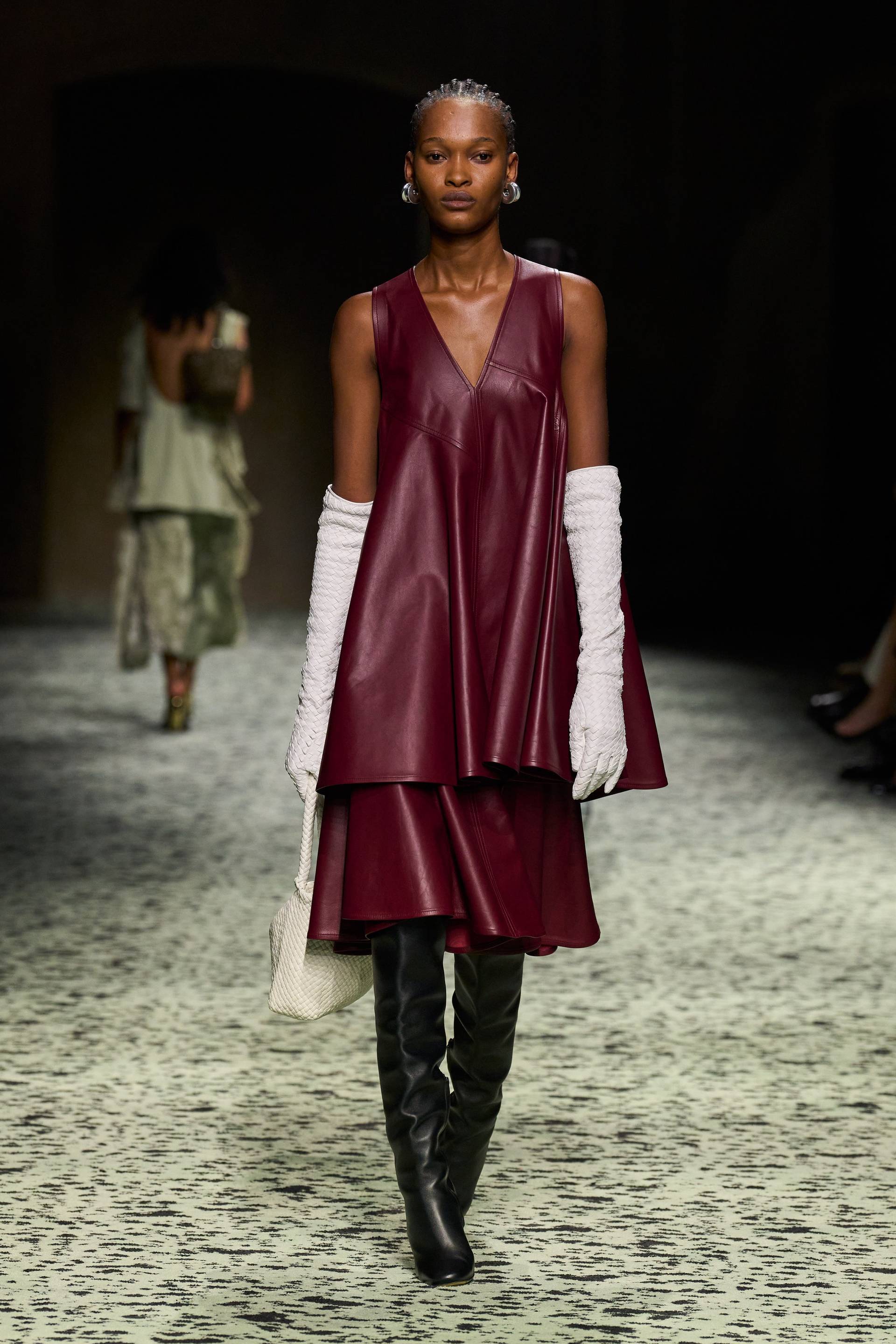
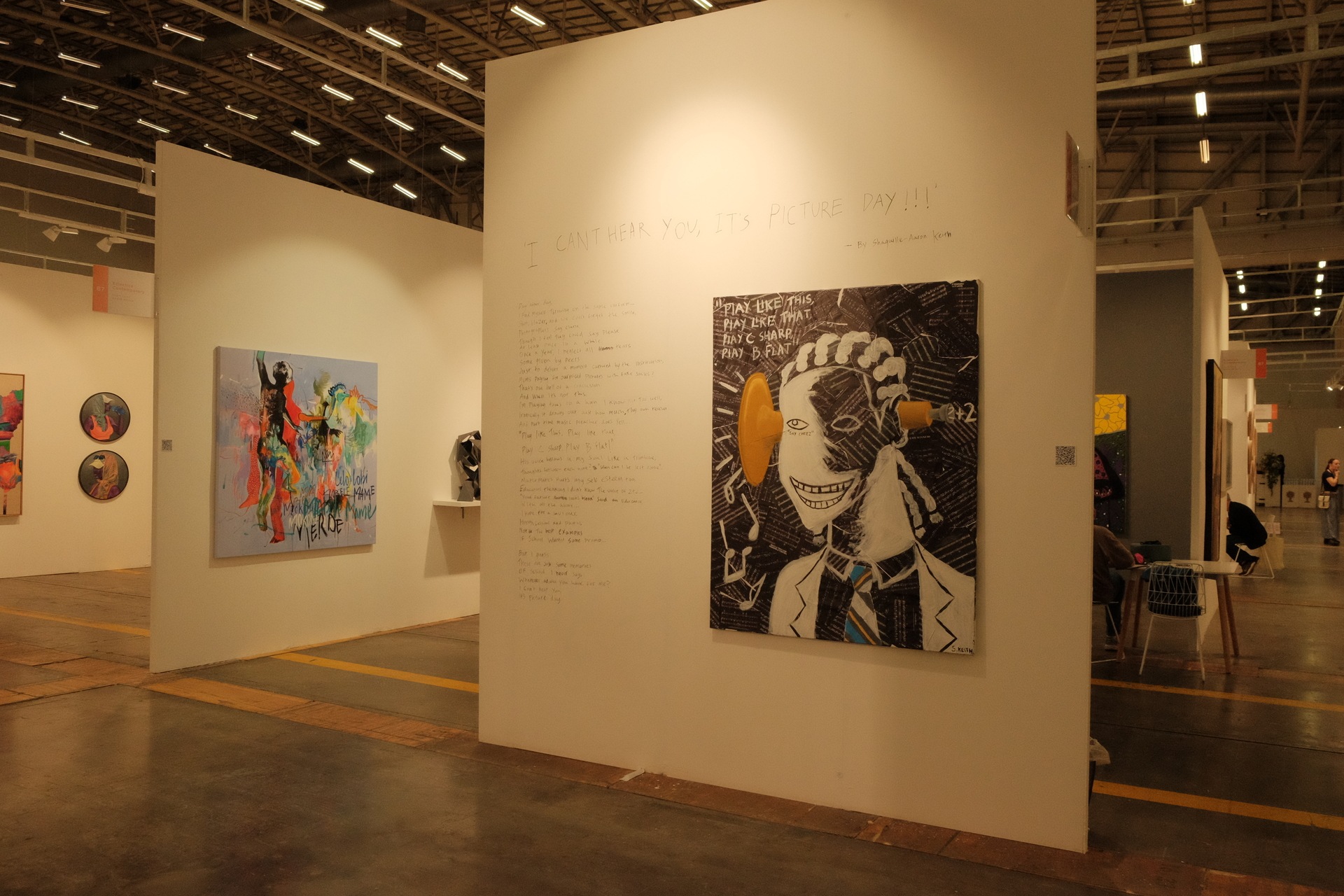
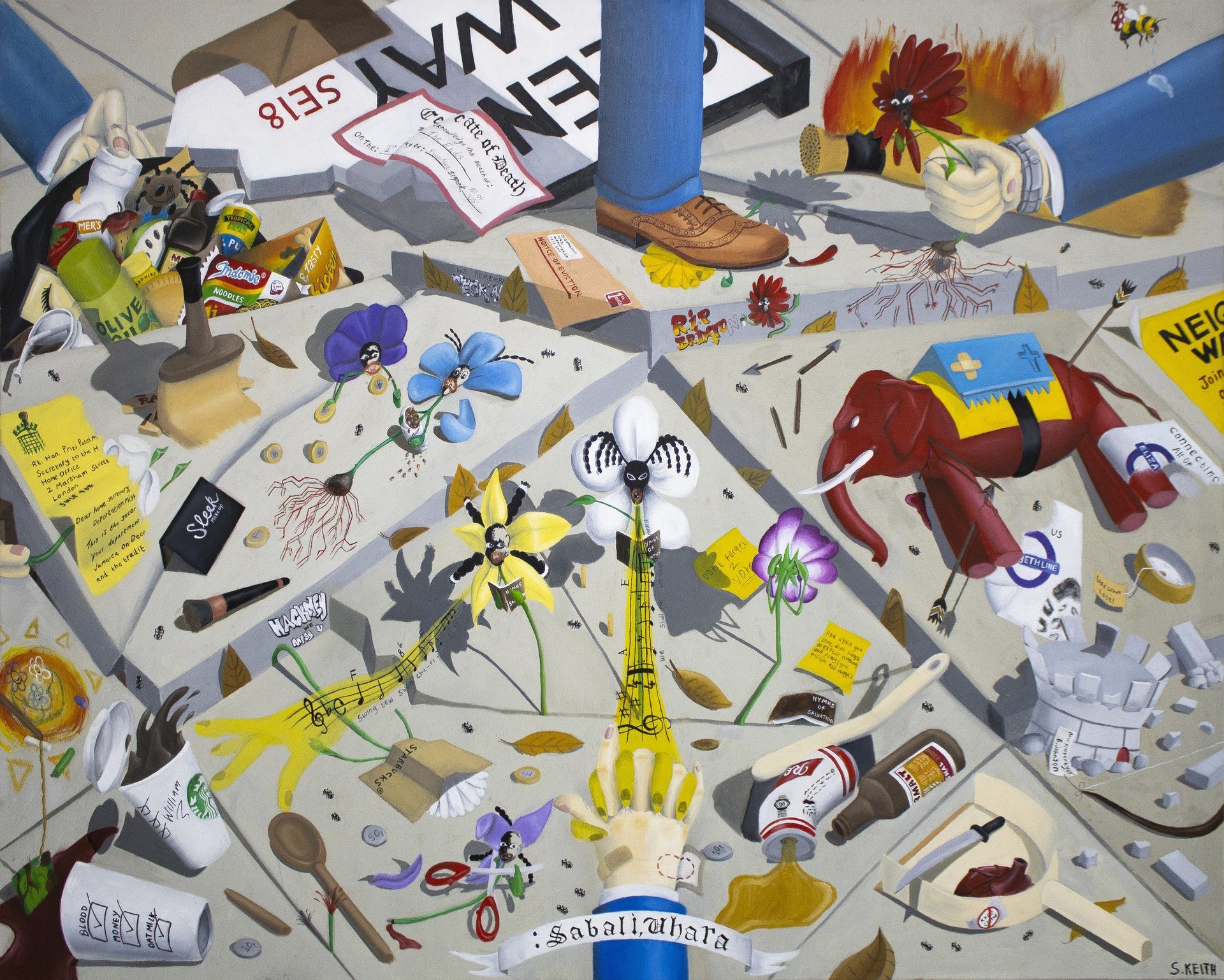
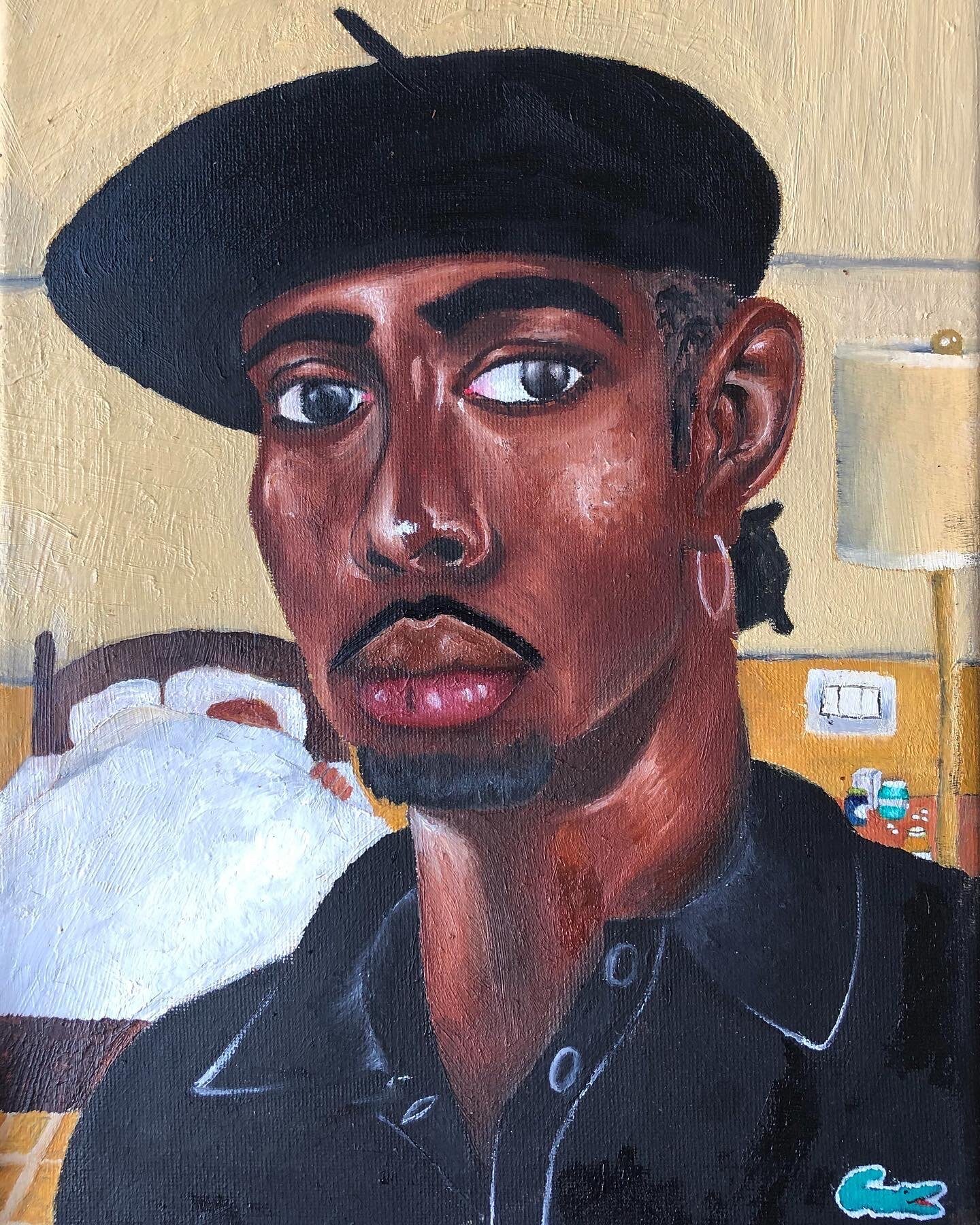
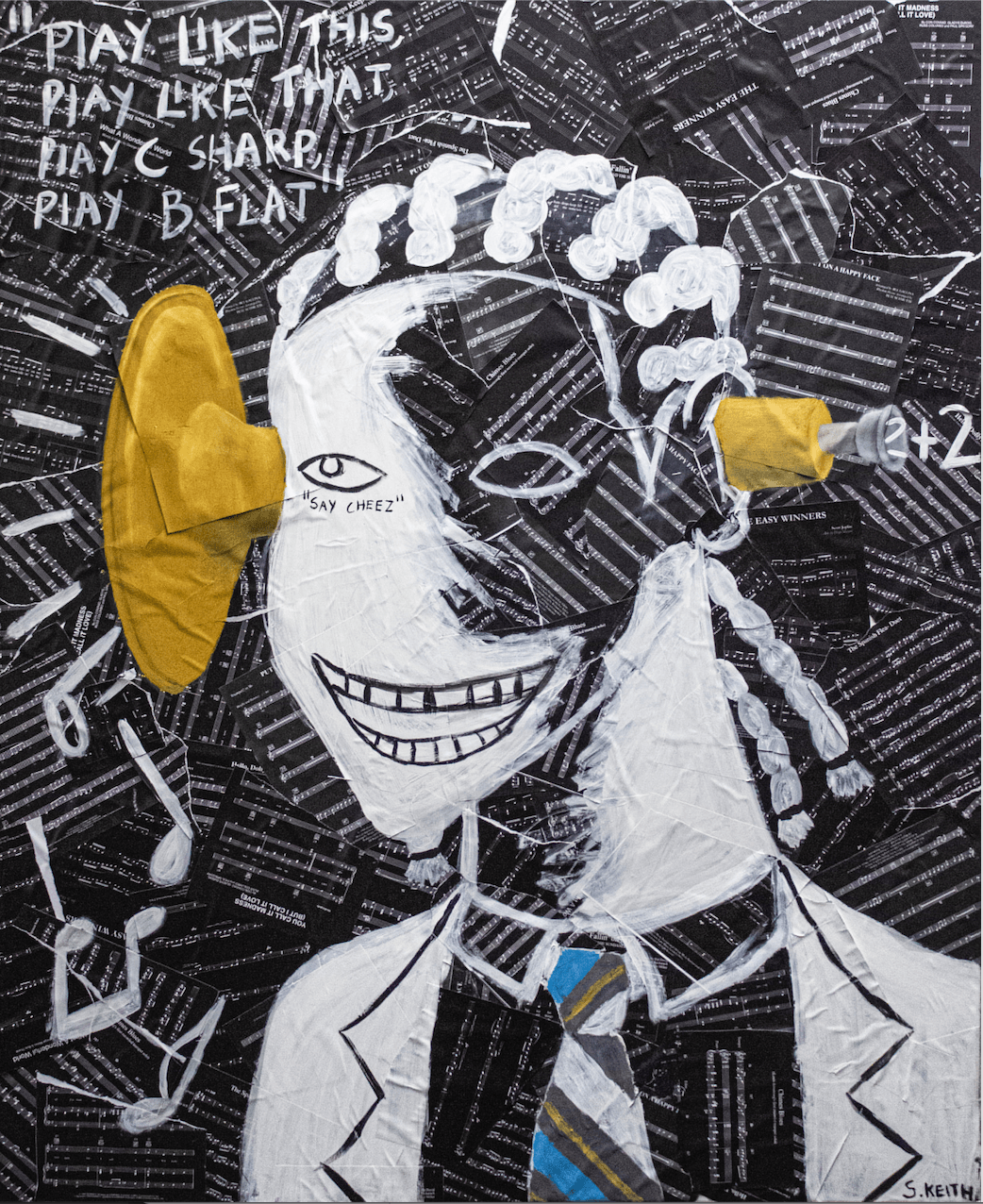
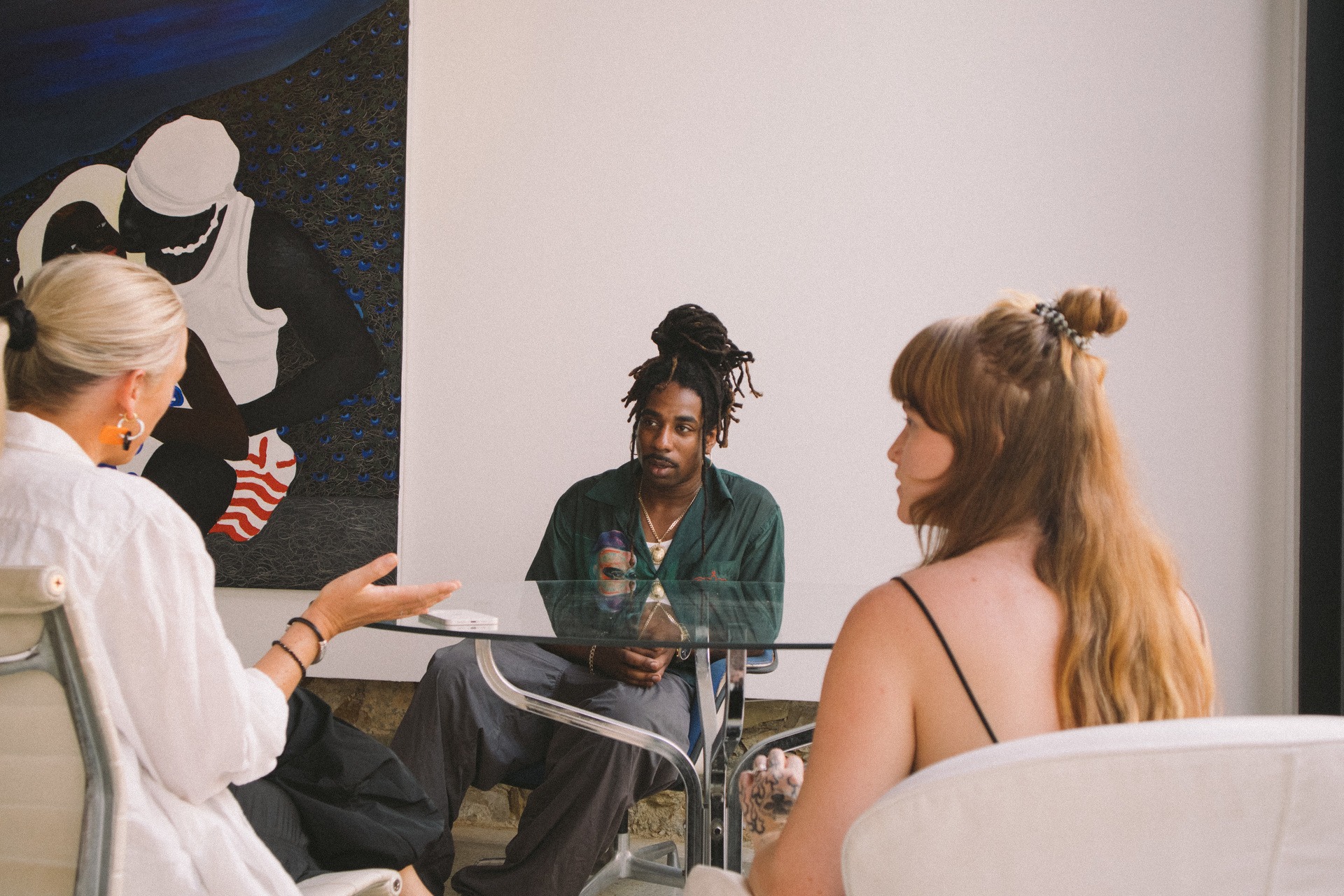
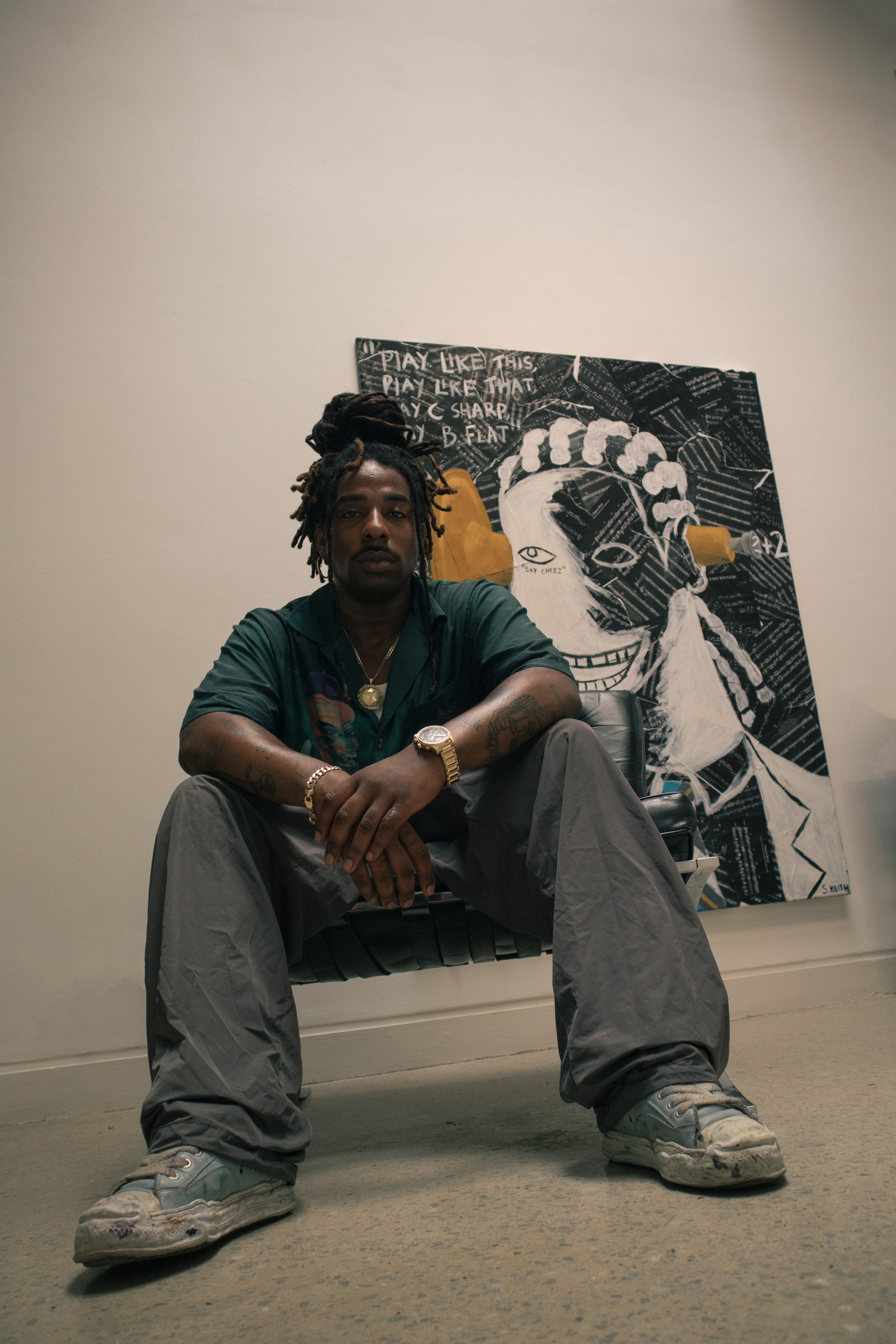
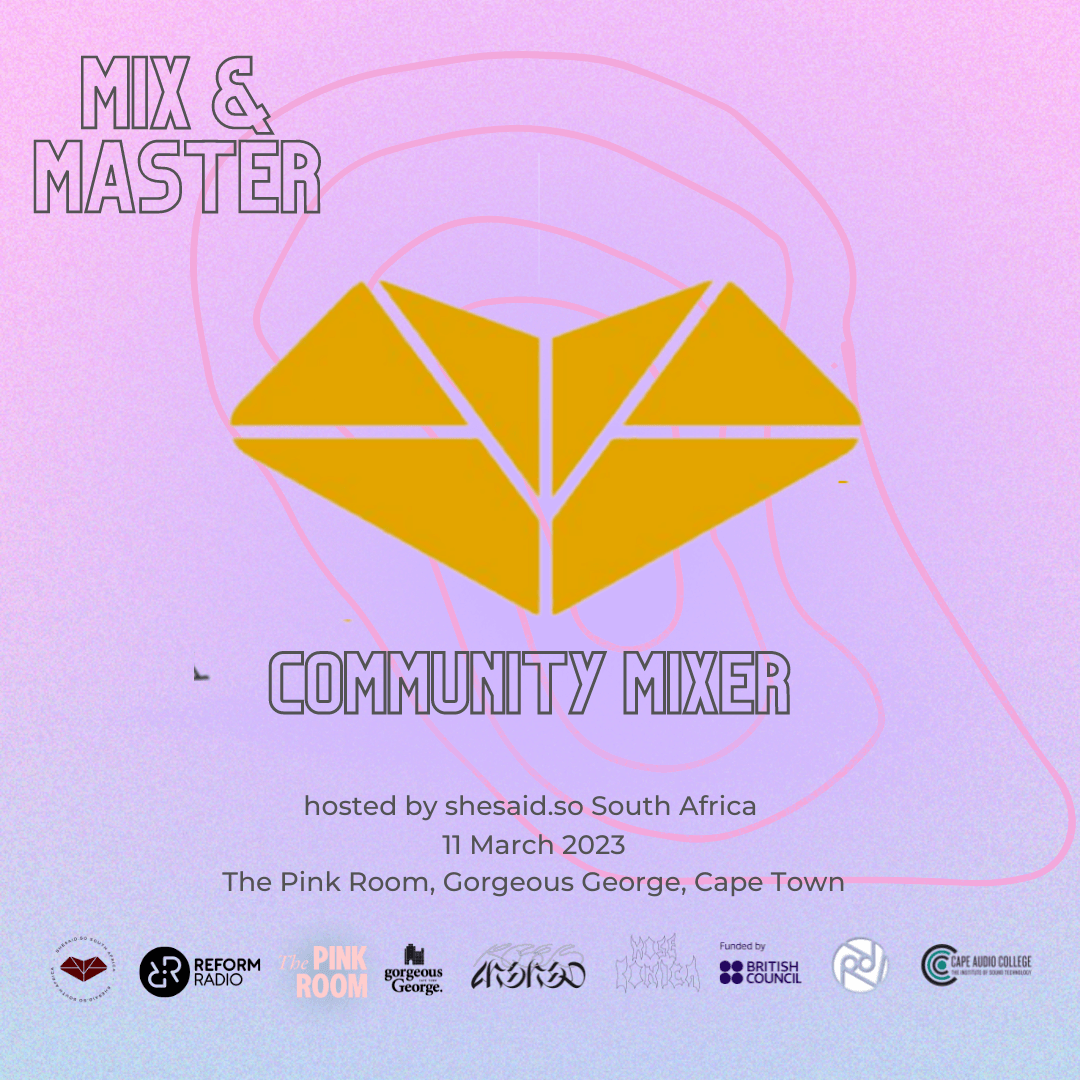
Recent Comments